Mark Your Calendars!
What is ILLUMINATION NIGHT?
Illumination Night is a fun and beautiful Martha's Vineyard tradition whereby members of the "little house" community in the Town of Oak Bluffs collects and displays paper lanterns of every size and description. The whole community comes out to enjoy the show and admire the little summers cottages and the lanterns that are hung from the porch. We hope that you will think that this is a fun idea and will join us on Saturday September 5th (Labor Day week-end) in lighting up your vintage trailer with some paper lanterns that you have collected of the summer, and eventually, over the years. We think this would make a wonderful, and beautiful, Labor Day Tradition here at the park.

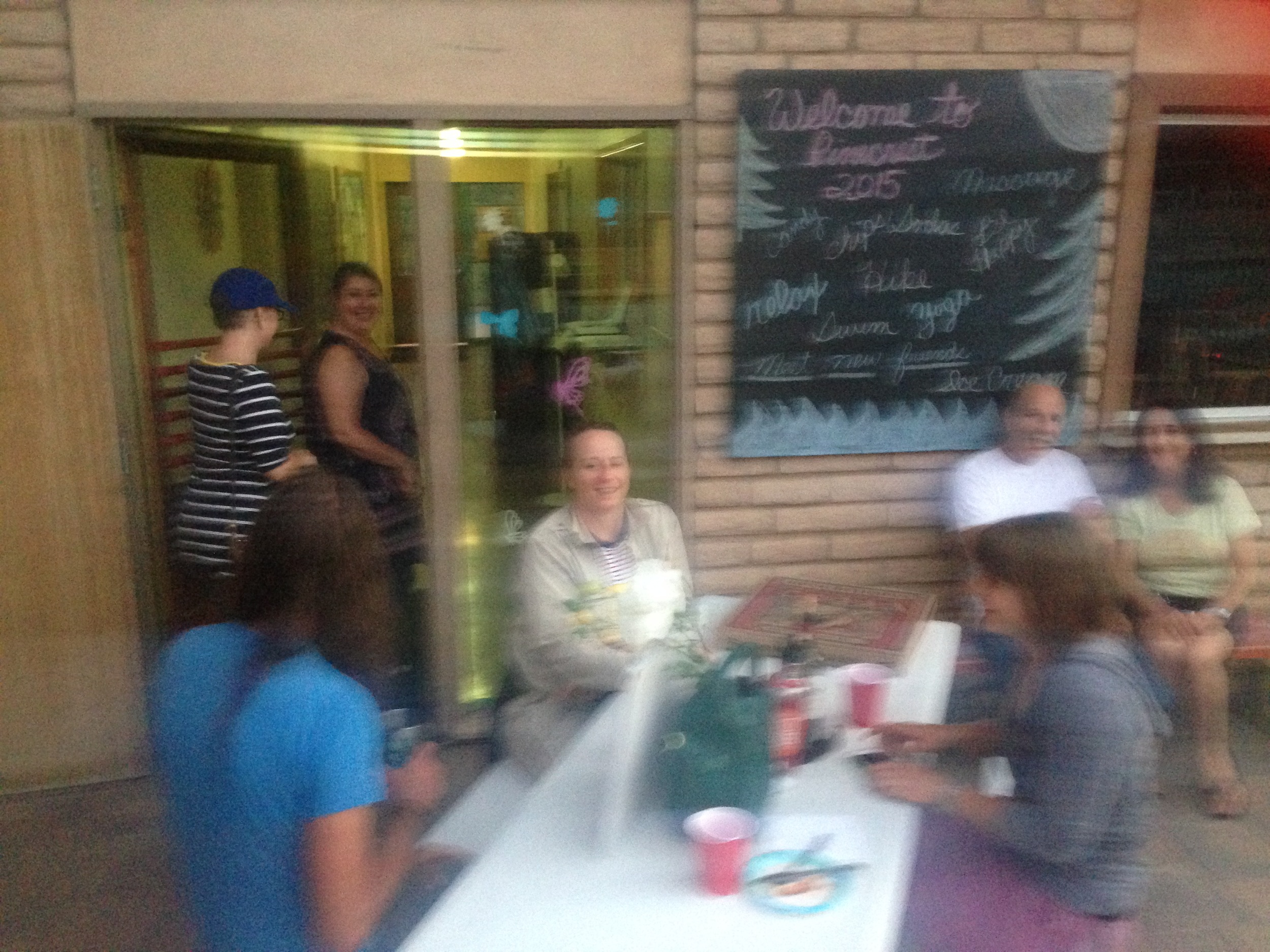
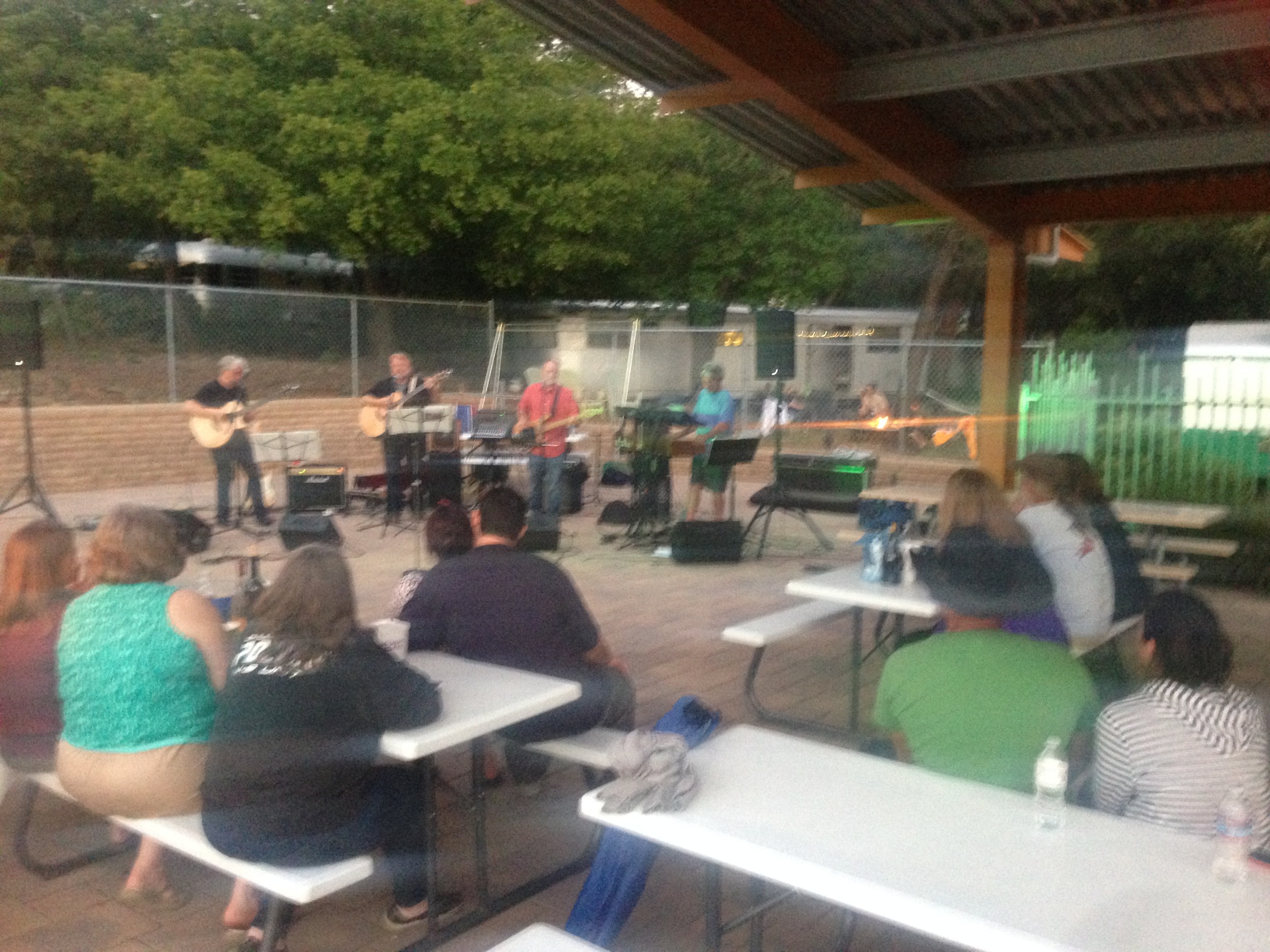
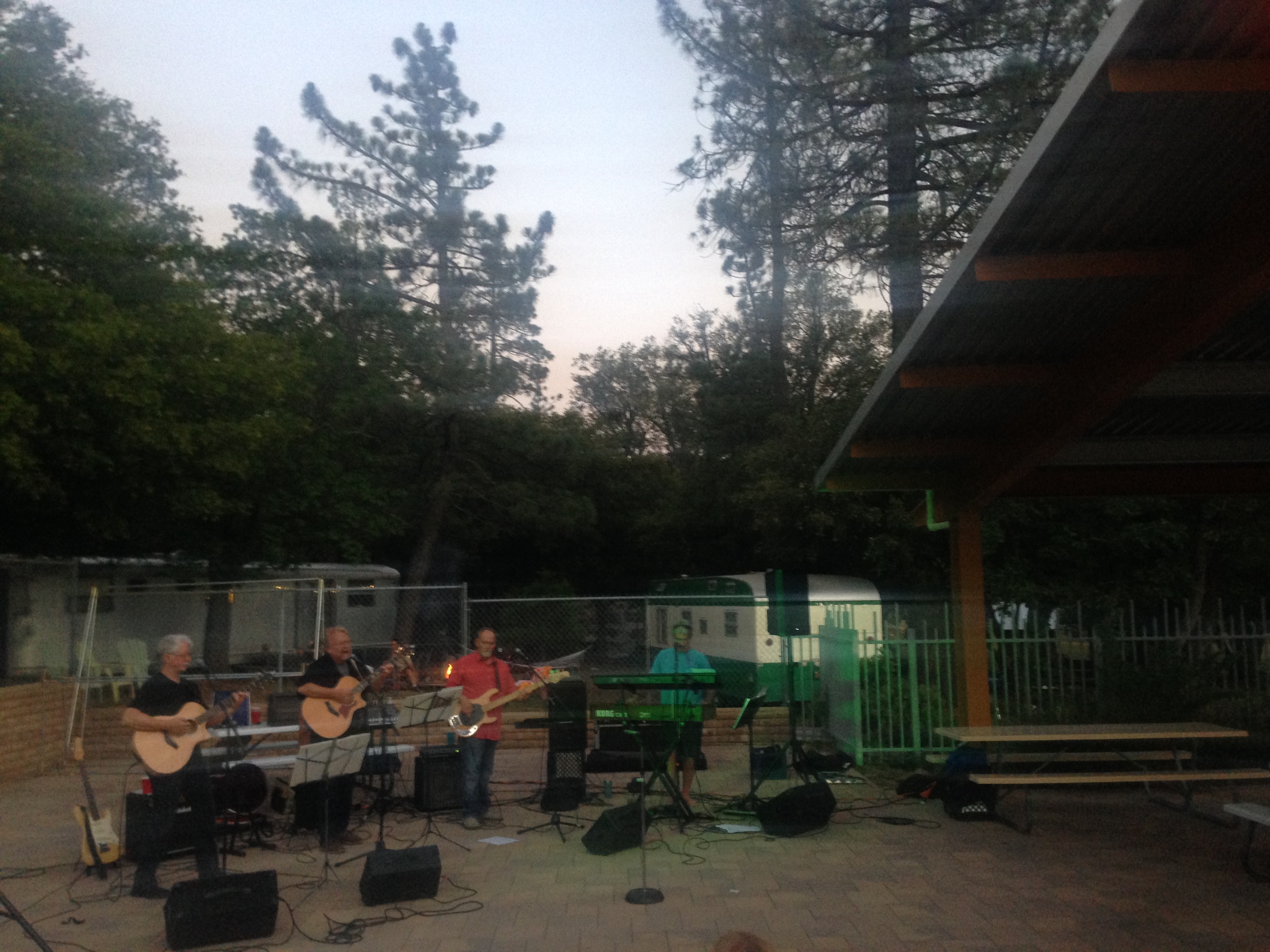
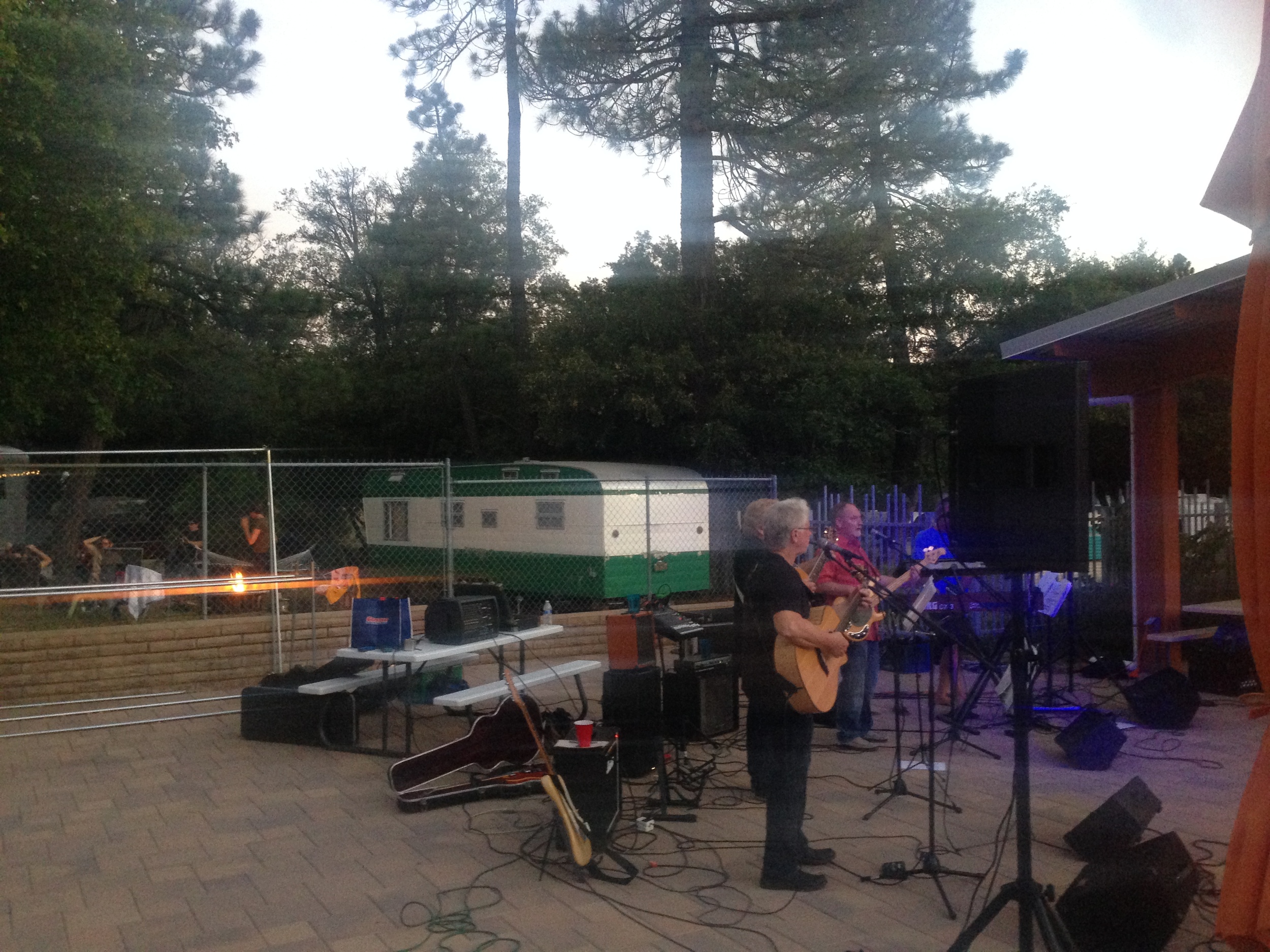
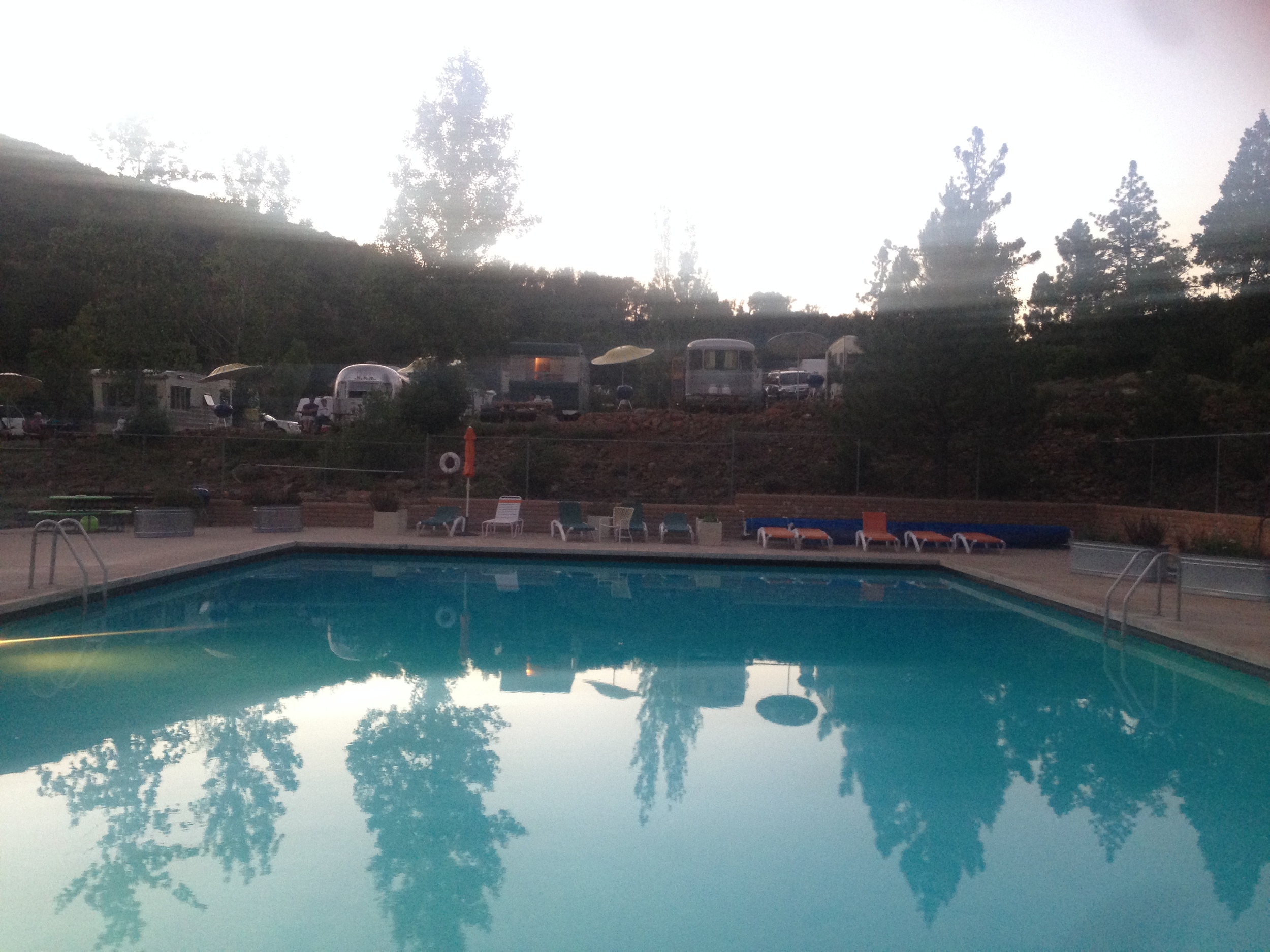
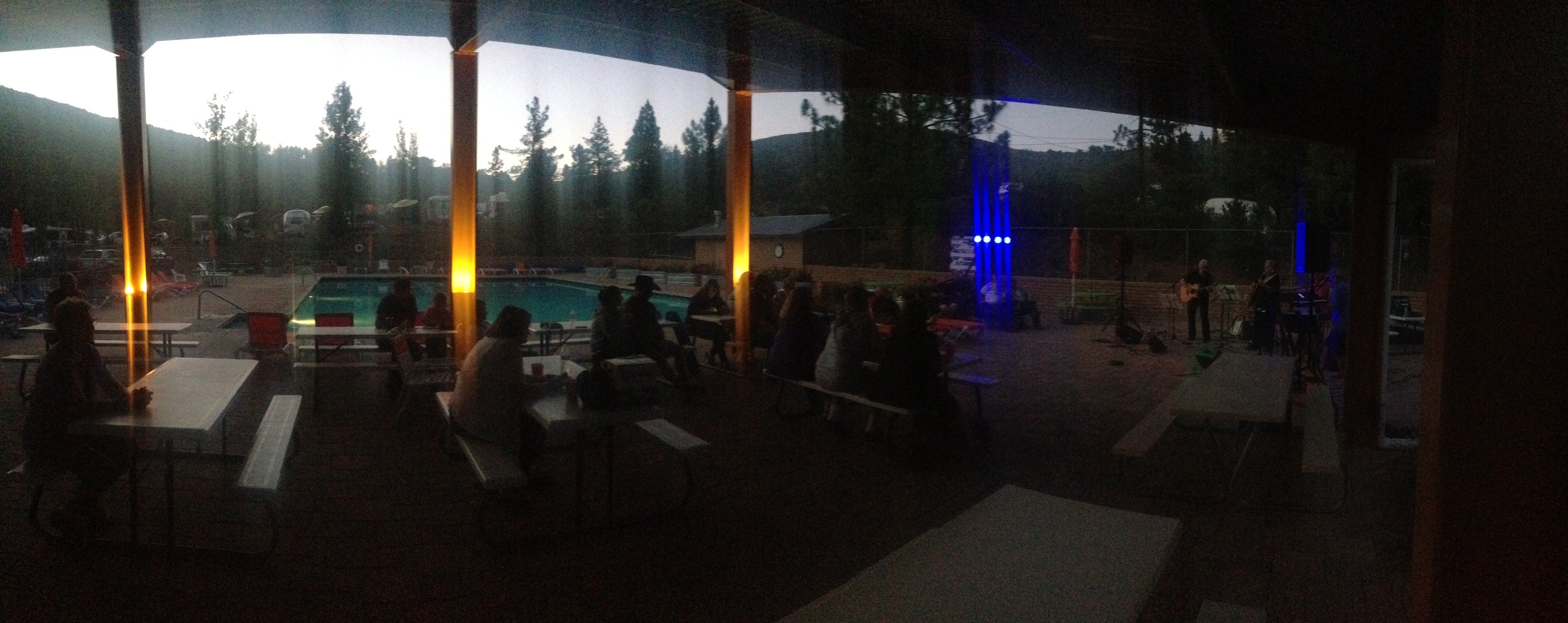
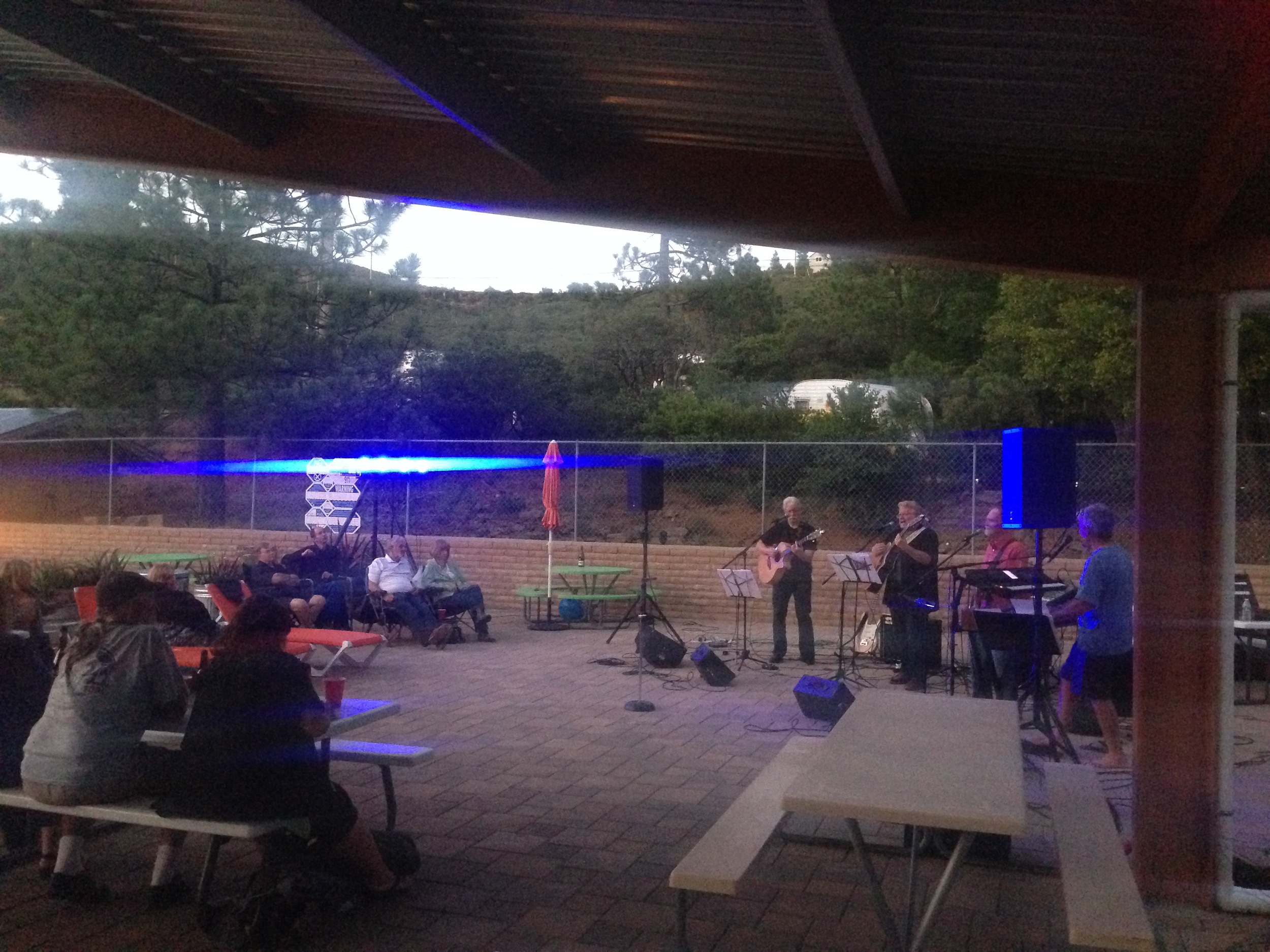
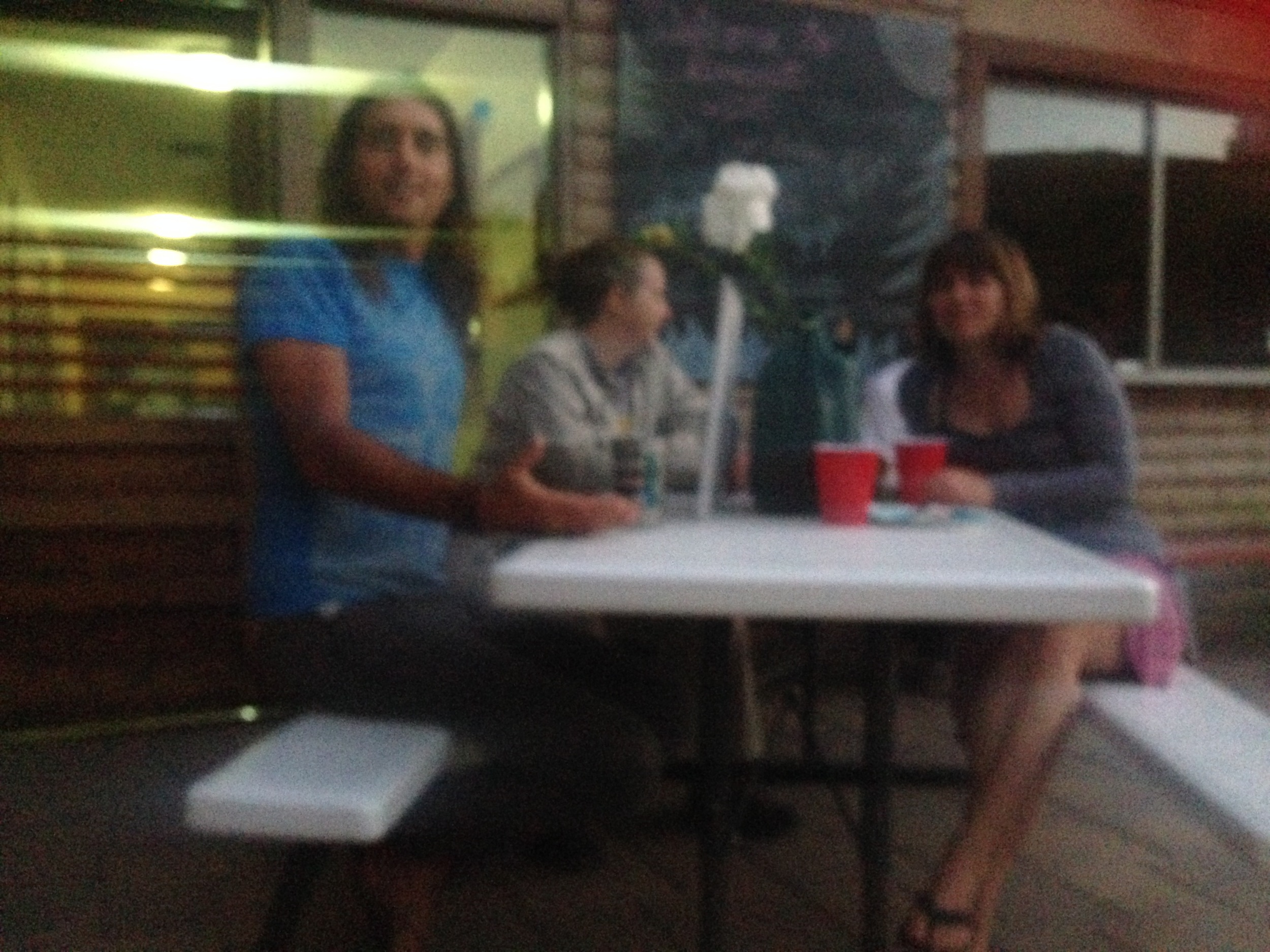
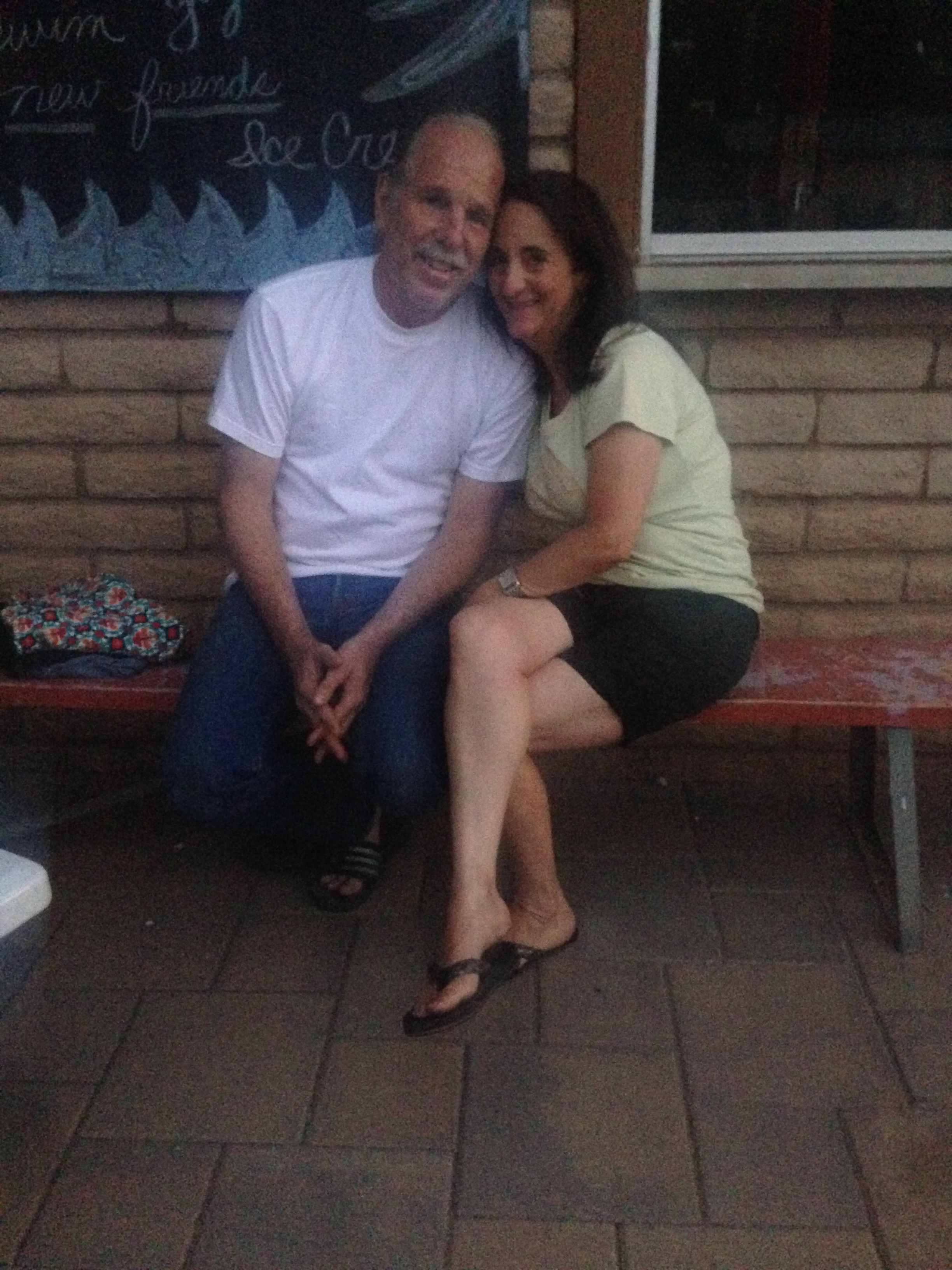
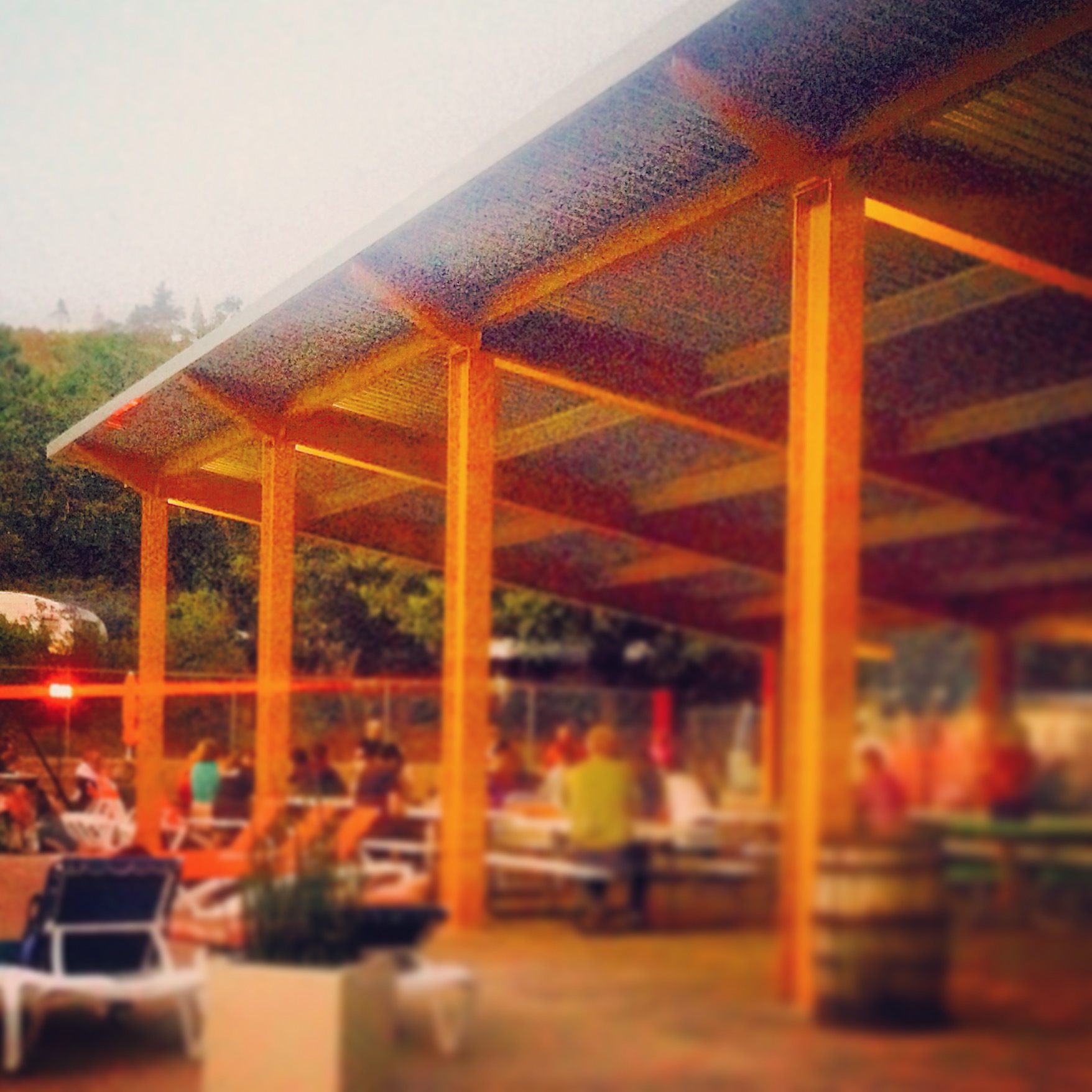
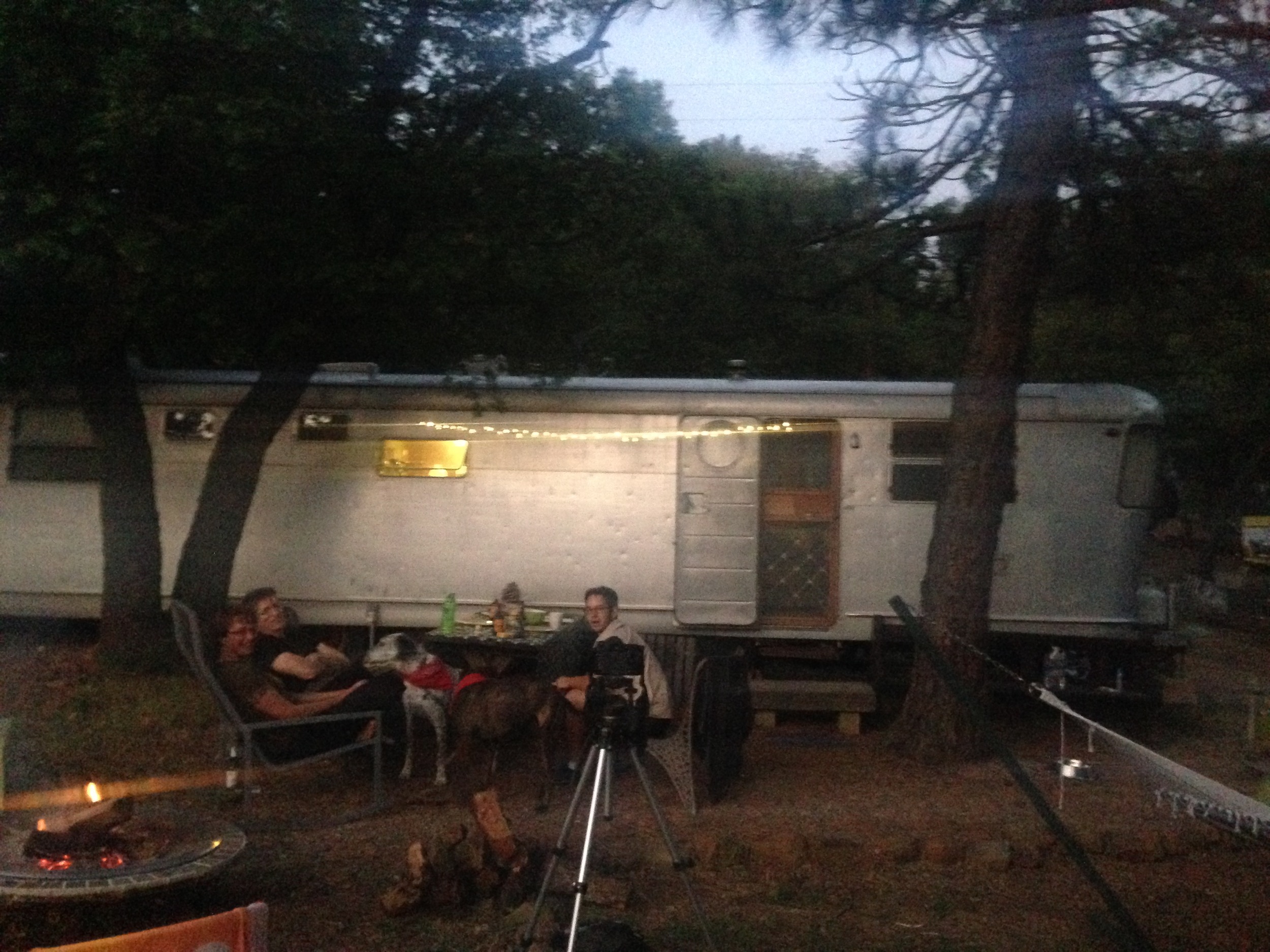
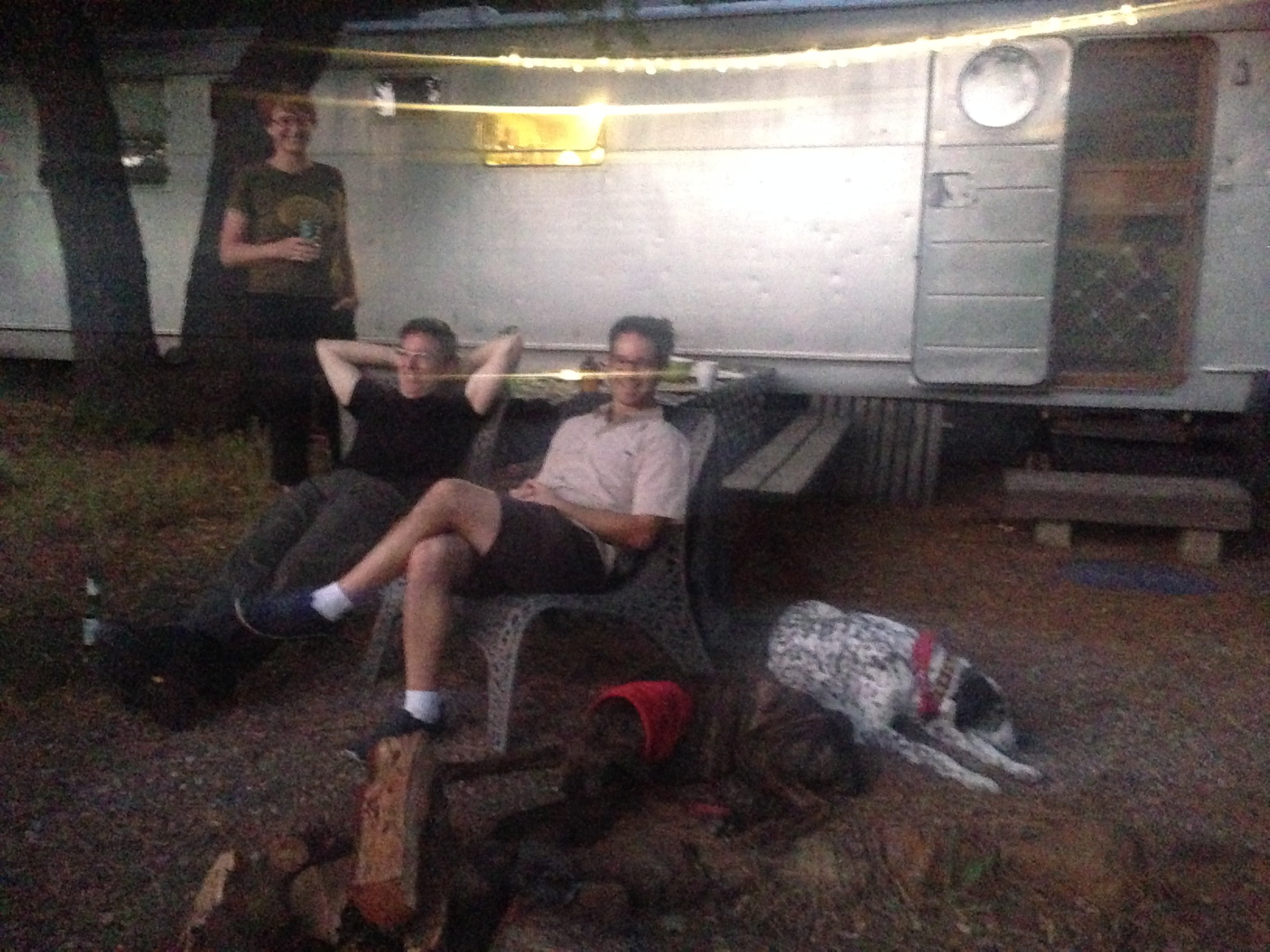
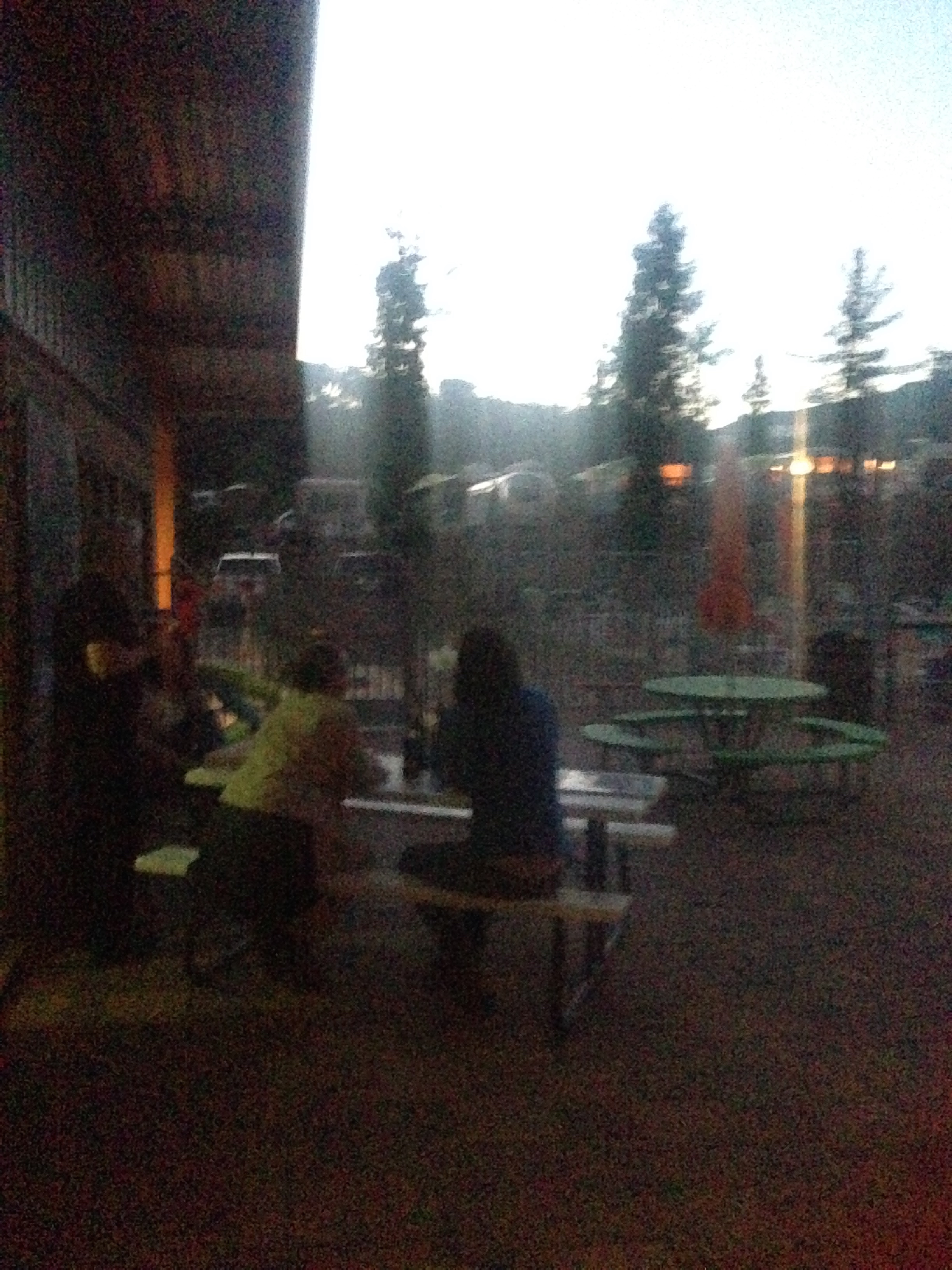
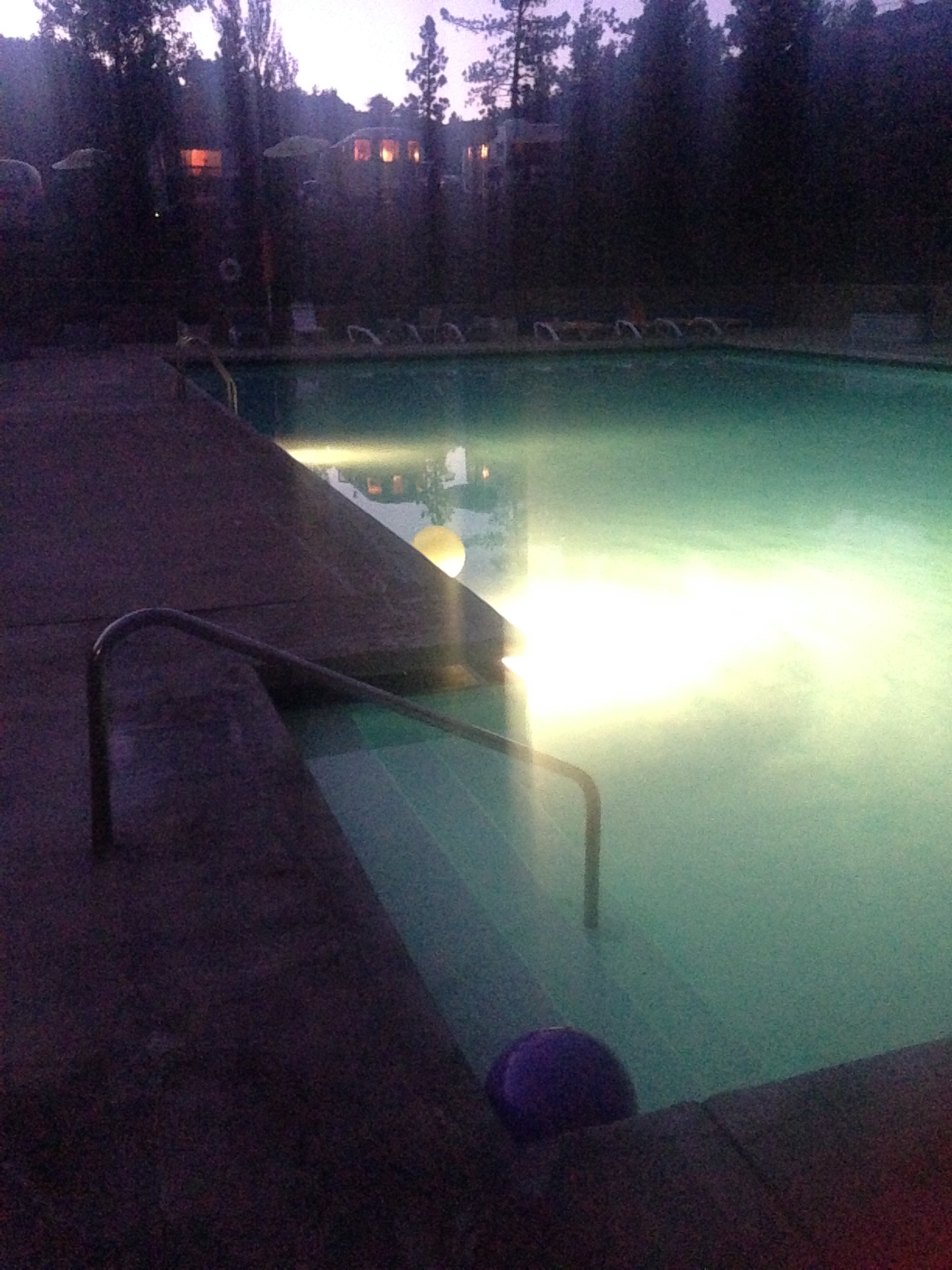
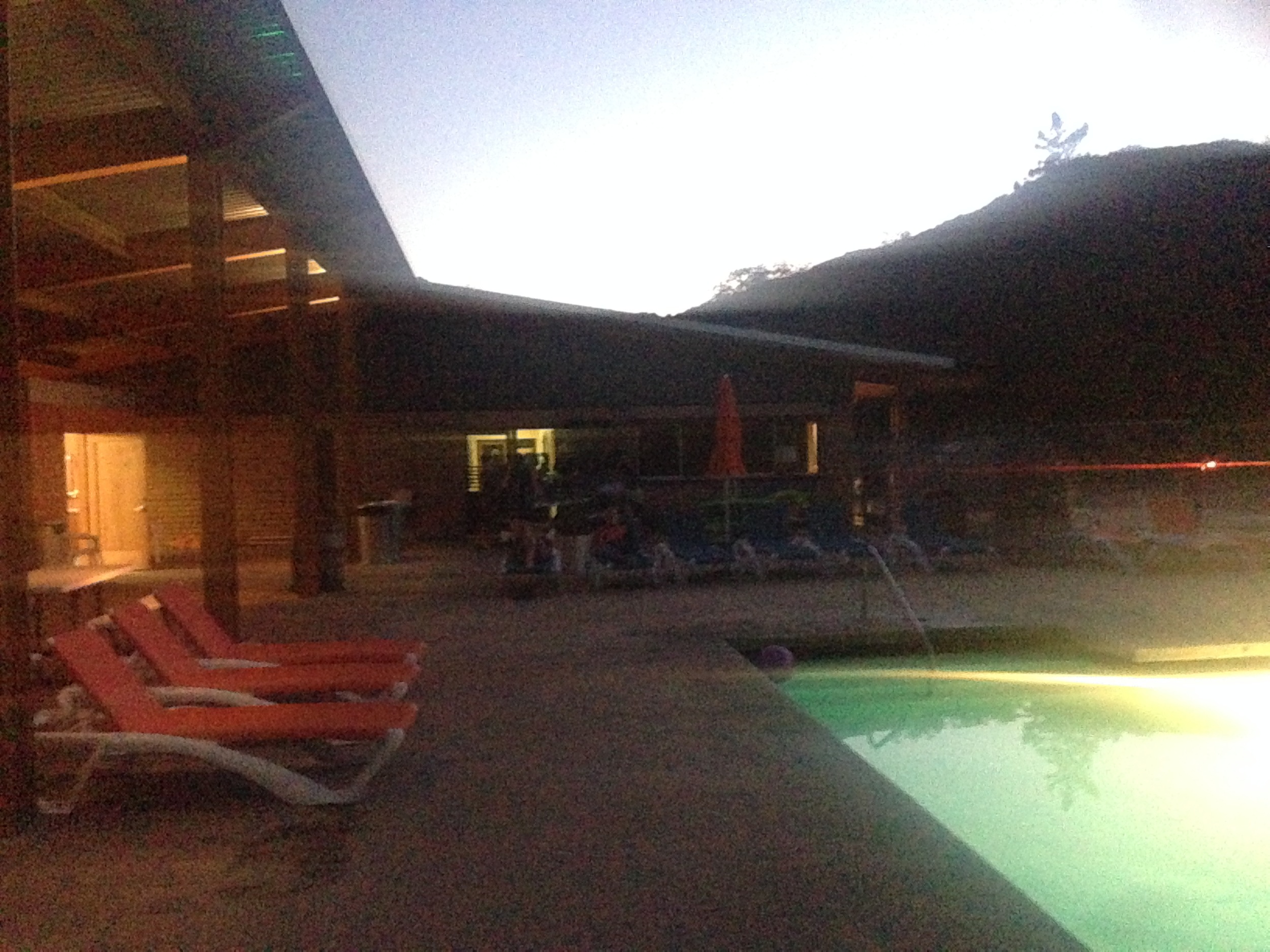
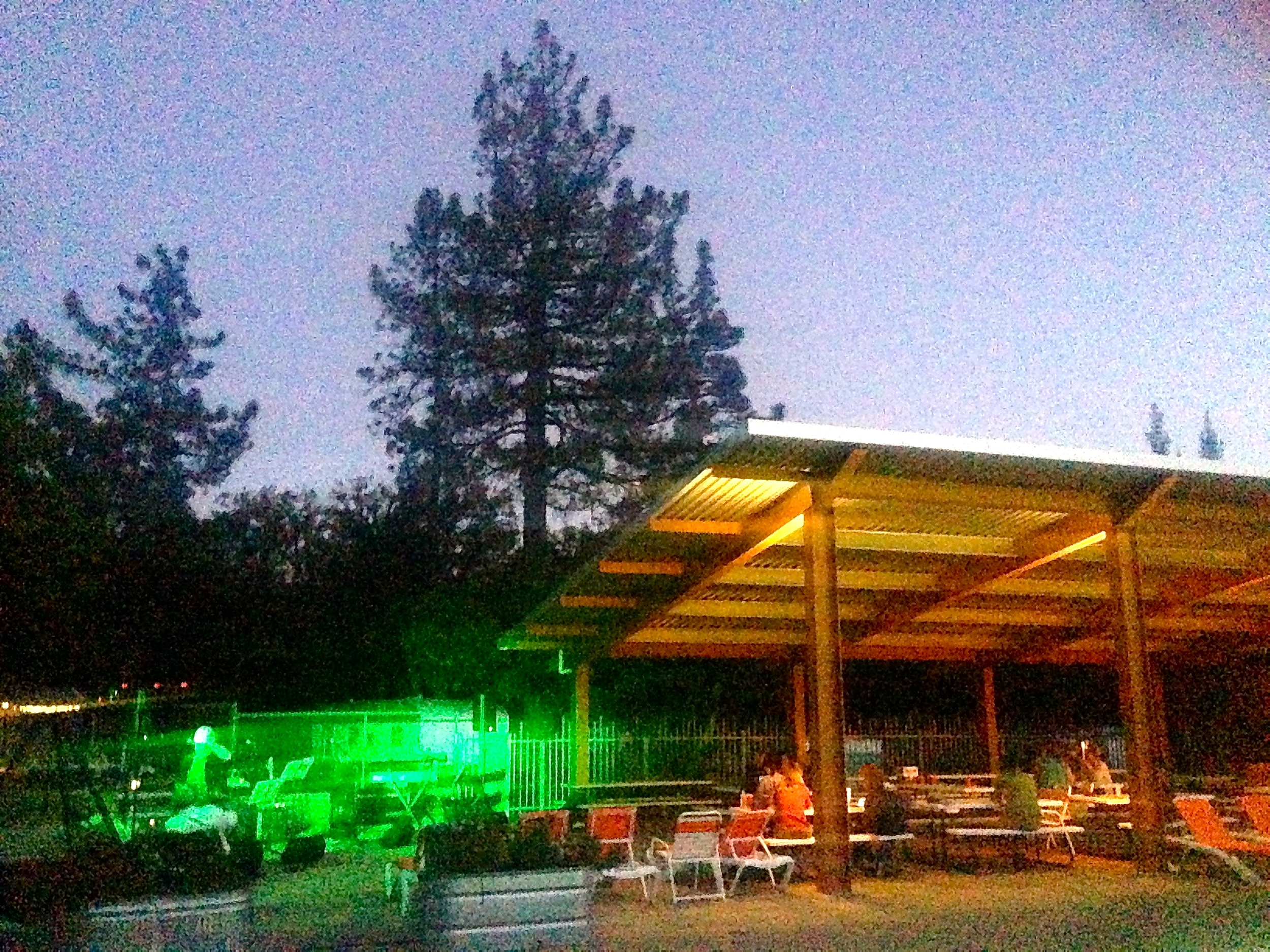
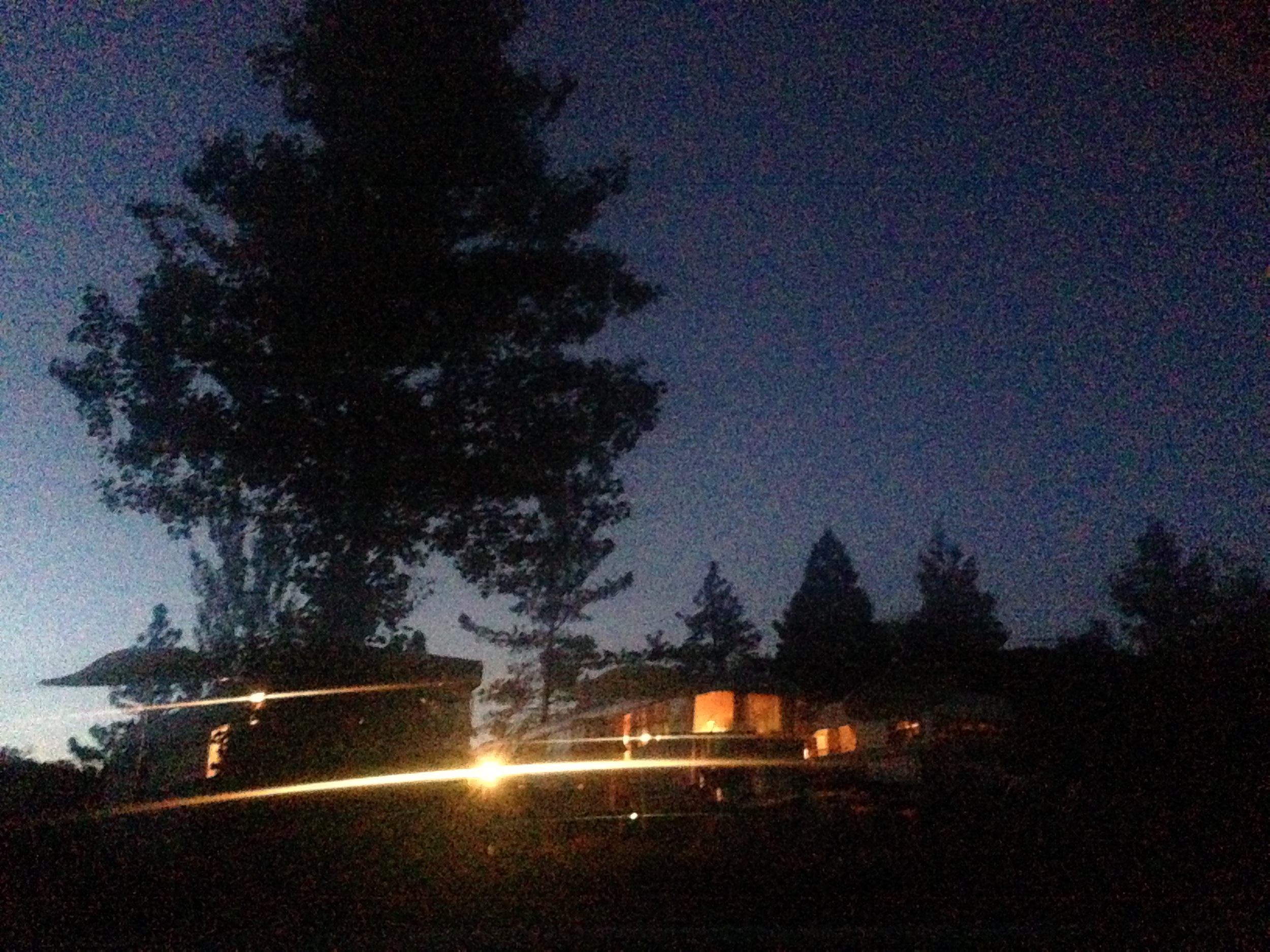
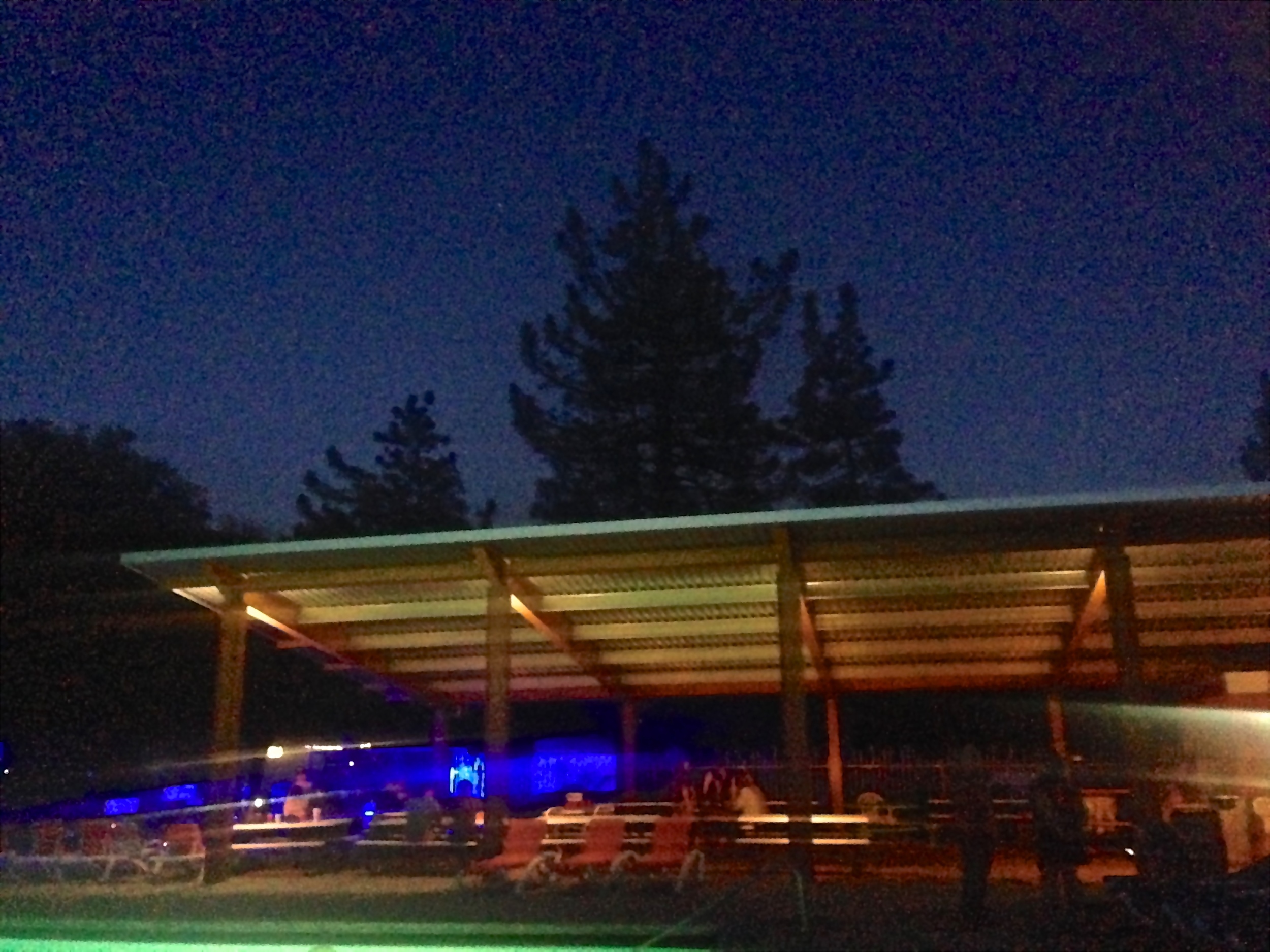
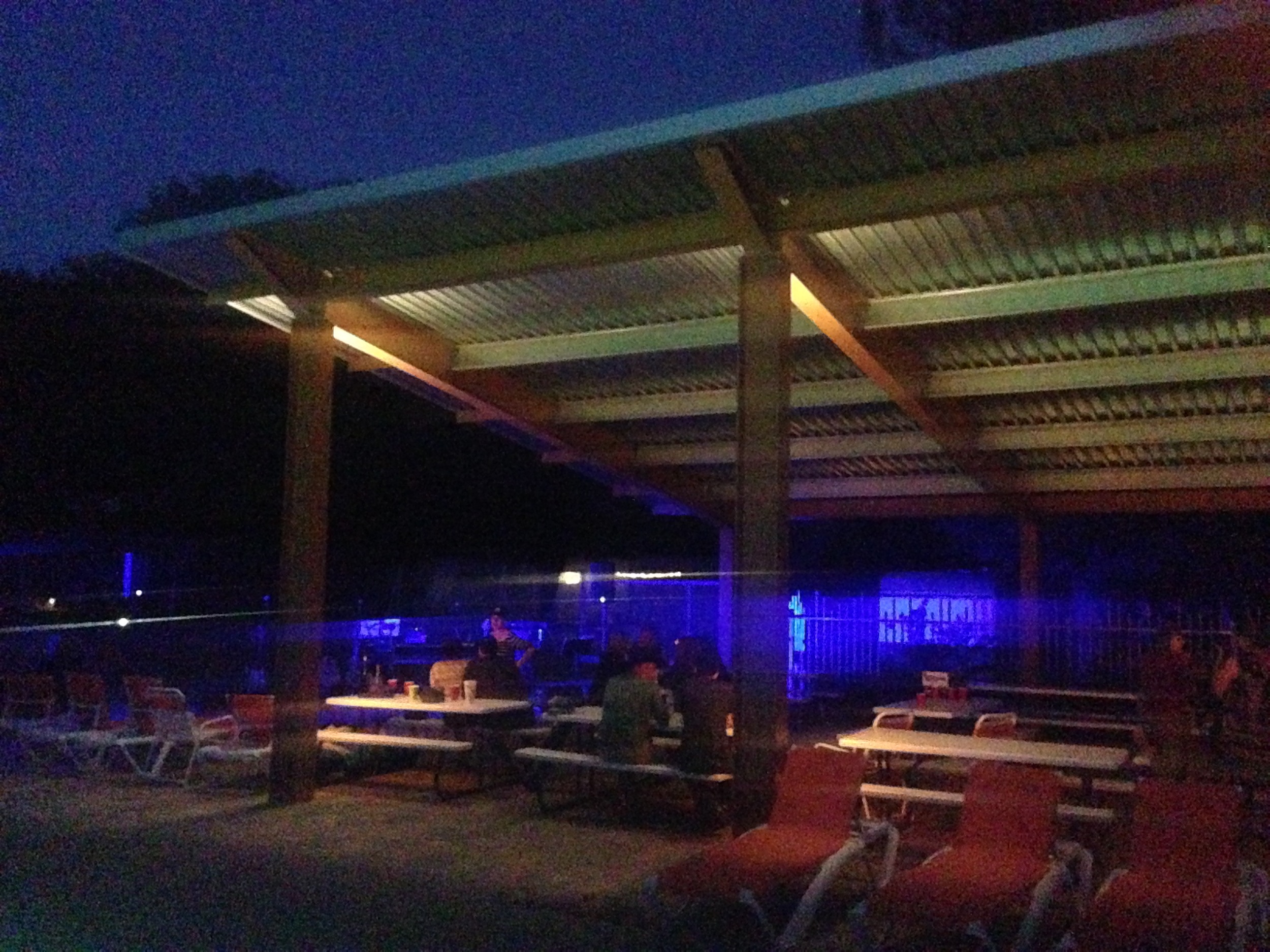
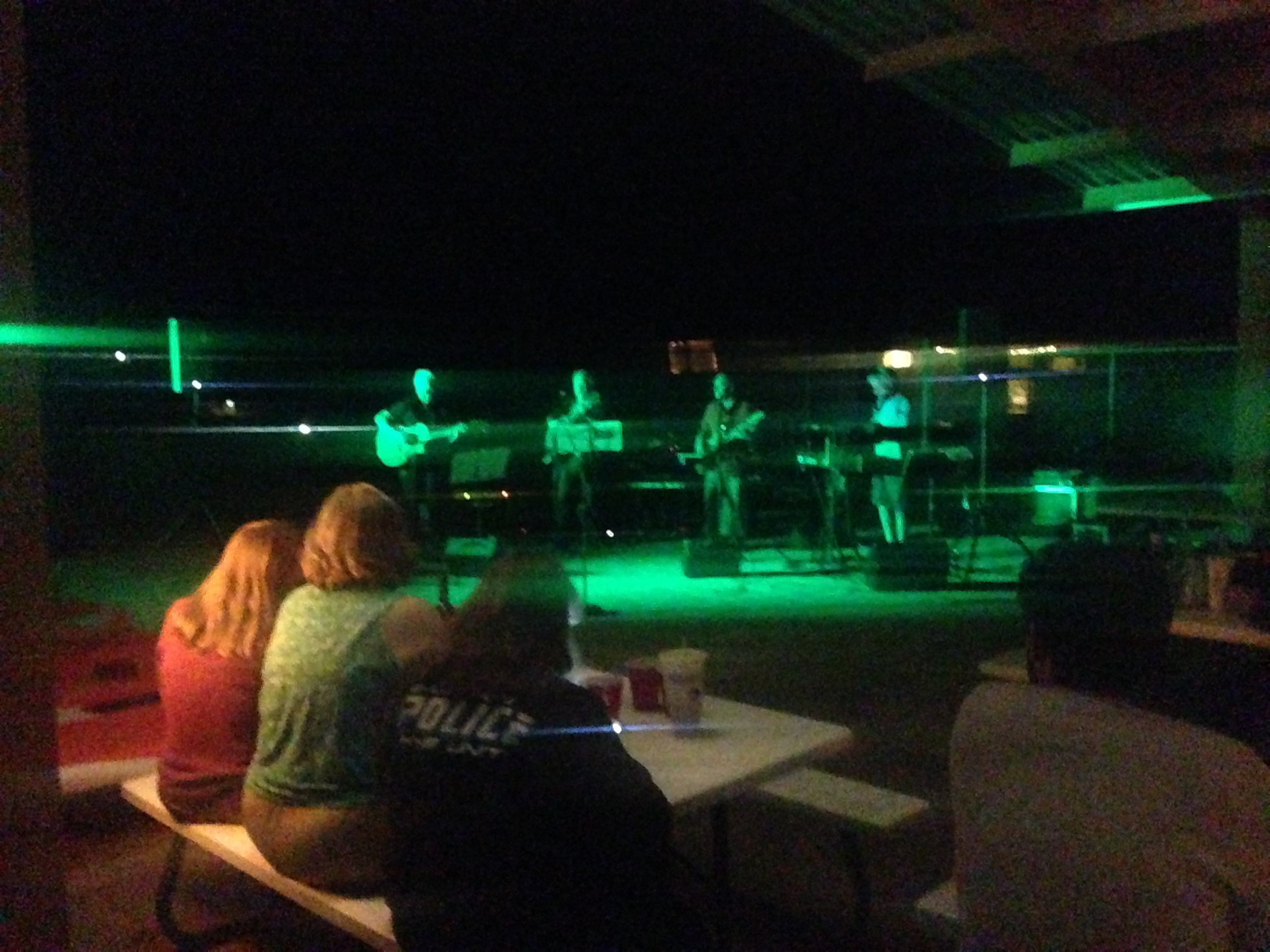
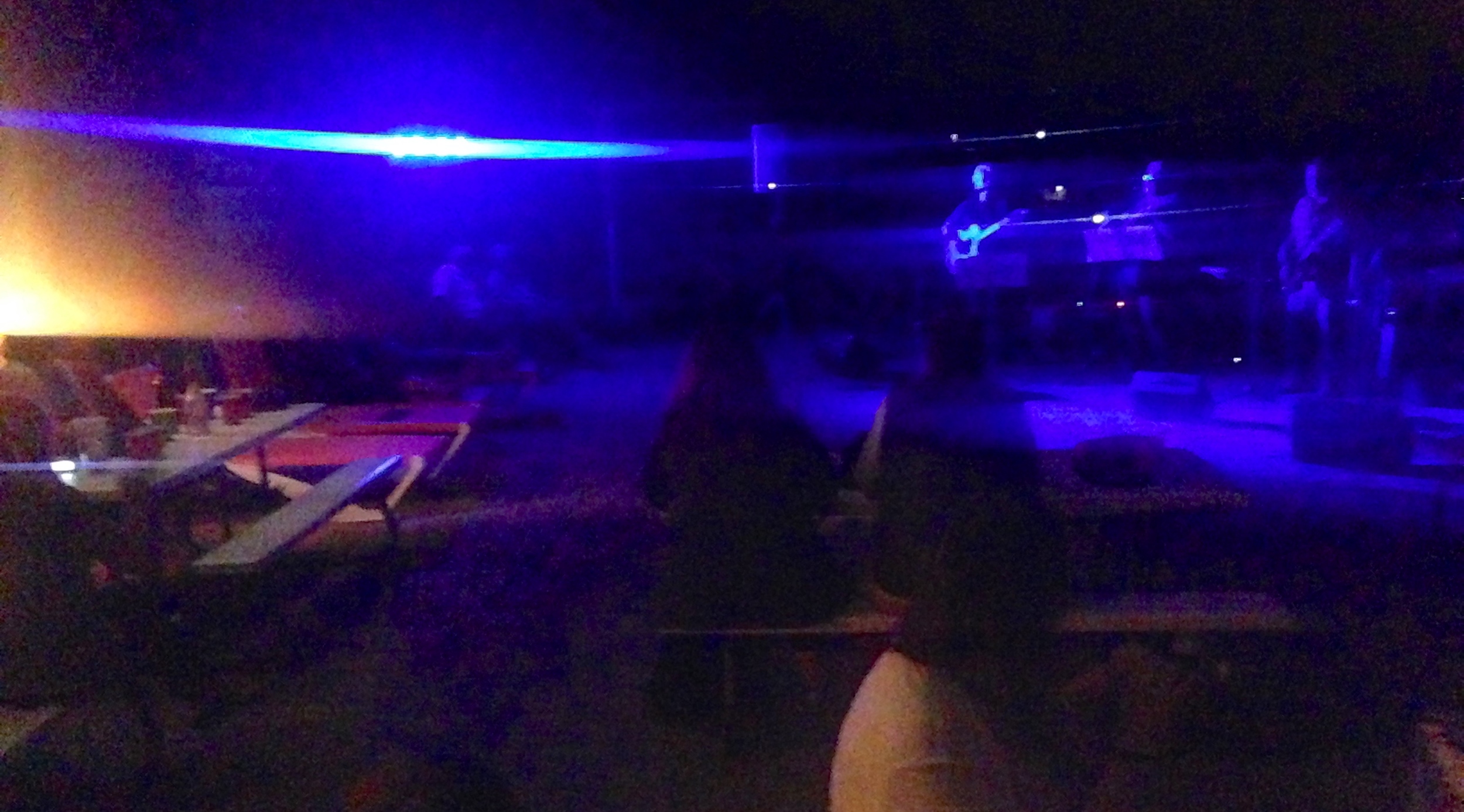
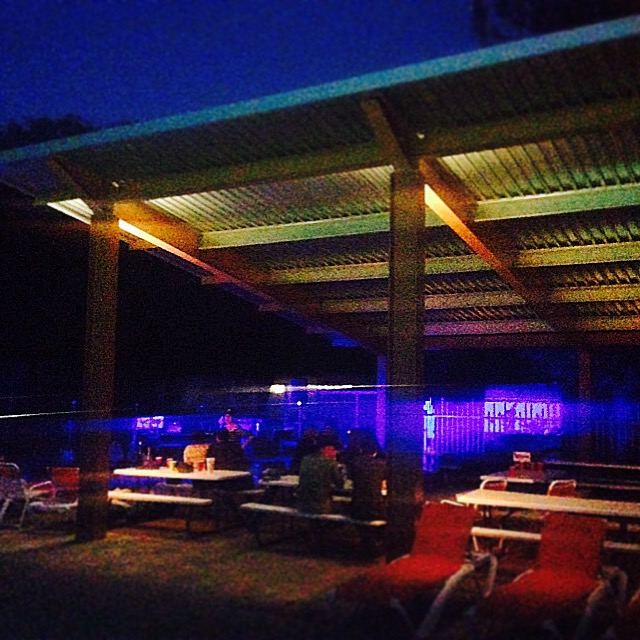
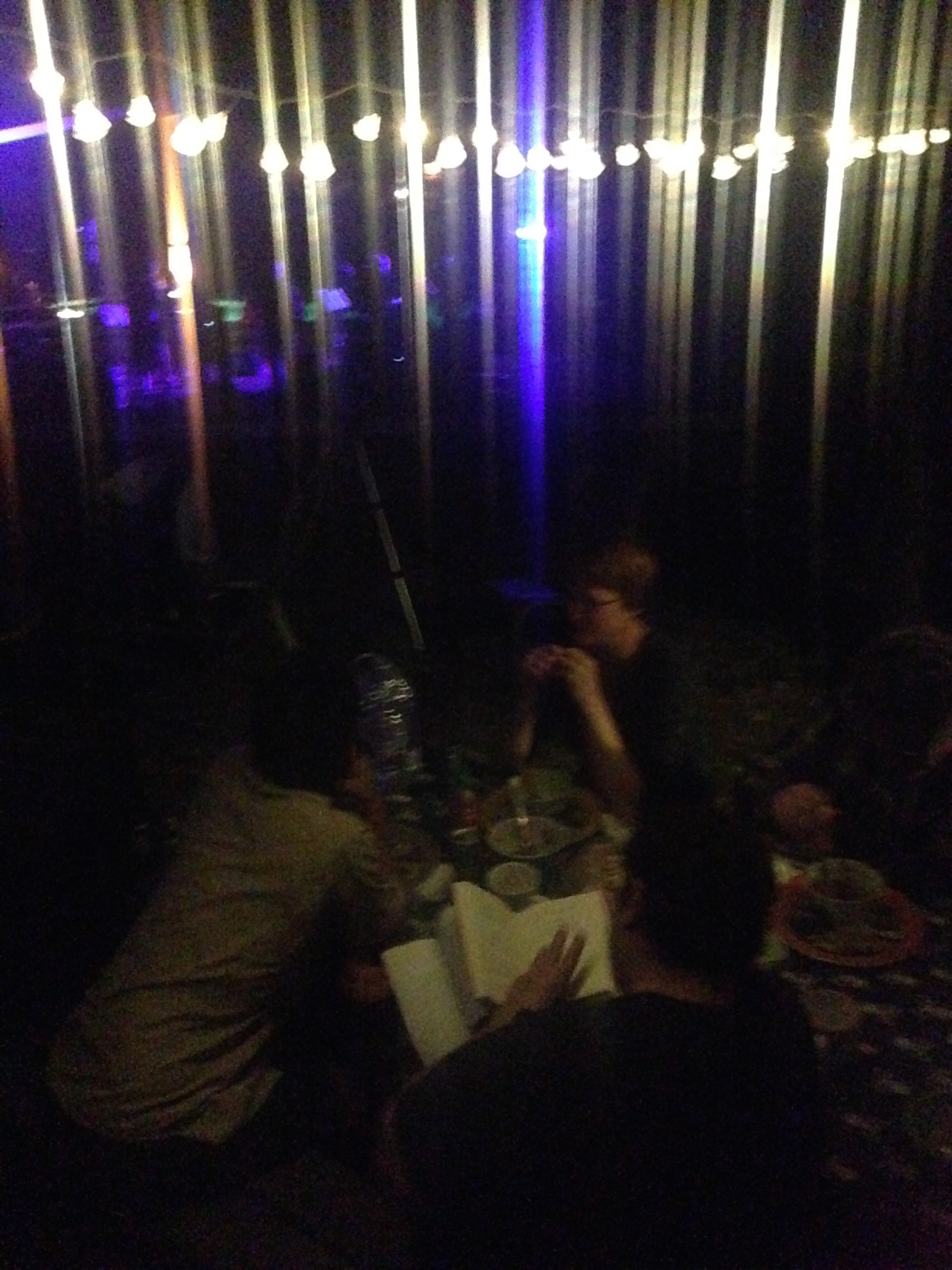
Summer of Music Starts-Off Just Right with Jamacha Project.
A good time was had by all on a warm summer evening, as members of the community joined Pinecrest Members and their guest at the first musical event planned for our Summer 2015. Many of the lucky Vintage Trailer Renters also enjoyed the show from their picnic tables with campfires glowing, as they overlooked the pool and the summer music venue below. Other site holders held court at their nearby camps while the music played and serving dinner to their family and friends. It really was a perfect night.
As Pinecrest's "ILLUMINATION NIGHT APPROACHES" Learn the History of Paper Lanterns
Who Invented Paper Lantern?
Paper lanterns are special kind of lanterns that originate from China and Japan. They are made from paper or silk, with frame from bamboo or wood and a lit candle inside as a source of light. Modern paper lanterns have battery-operated lamps. Traditional paper lanterns were made in the image of myths, things from nature and or in the spirit of local culture. Modern ones have many more different shapes: from traditional dragons to pop icons. They symbolize joy, celebration, good fortune and longevity, and they have role as protectors from evil.
Earliest data show that creating of paper lantern started in China somewhere in 230 BC. Myth says that Emperor Ming, after a dream he had, sent a scholar to India to get Hindu scriptures. When the scholar got back, emperor ordered building of a great temple for scriptures and ordered in it many of paper lanterns to symbolize Buddha’s power. Today paper lanterns are associated with festivals and (for the west) one of the characteristic symbols of the east. During the Lantern Festival in China, which is celebrated on the 15th day of the first moth of the lunar year, people bring many paper lanterns in order to honor the first full moon of the year. Children go with paper lanterns to temples and solve riddles on the lamps. This is the last ritual in the celebrating of Chinese New Year.
One more festival is known for its use of paper lanterns and that is Mid-Autumn Festival that celebrates ending of the harvest. It is celebrated in China and Vietnam. There, paper lanterns symbolize sun, light and warmth, and prayer to the Sun to come back after the winter. East is not the only place that uses paper lanterns in its rituals and celebrations. During Christmas it is tradition some Hispanic communities to place paper bags with lit candle in it in long rows. That kind of paper lantern is called “farolito” or "luminaria”. They are placed with intention to lead spirit of a Christ child to the home of one who placed those lanterns. In the time of Festa della Rificolona, festival that is held in Florence, Italy on the 7th September in a place of the great fall market, children carry paper lanterns while other children try to shoot lanterns with pea-shooters. Some places, like restaurants and stores, hang paper lanterns for atmosphere, as decoration or to attract customers.
Although an old tradition, paper lanterns resisted time and are still here because they carry powerful symbolism.
Live Music by Jamacha Project / Saturday, June 13th
To kick off our Summer of Music: Jamacha Project will be coming to Pinecrest Retreat NEXT weekend: June 13th 7PM
Bring your own picnic, lawn chair and lap blanket!
Music under the stars, next to the pool. Sweet!
Pinecrest Site-Holders & Visiting Guests Free
Community Members & Swim Club Invited: $10
The Pinecrest Vintage Prom Party: 2015
The Annual Site-Holders Summer launch party lifted off in flying colors. This year's theme: Vintage Prom! This was a wonderful opportunity for site-holders to get to meet and better know each other. The decorations were fun, the costumes were elaborate, the music was festive and the bonfire was heart warming. Something for everyone!

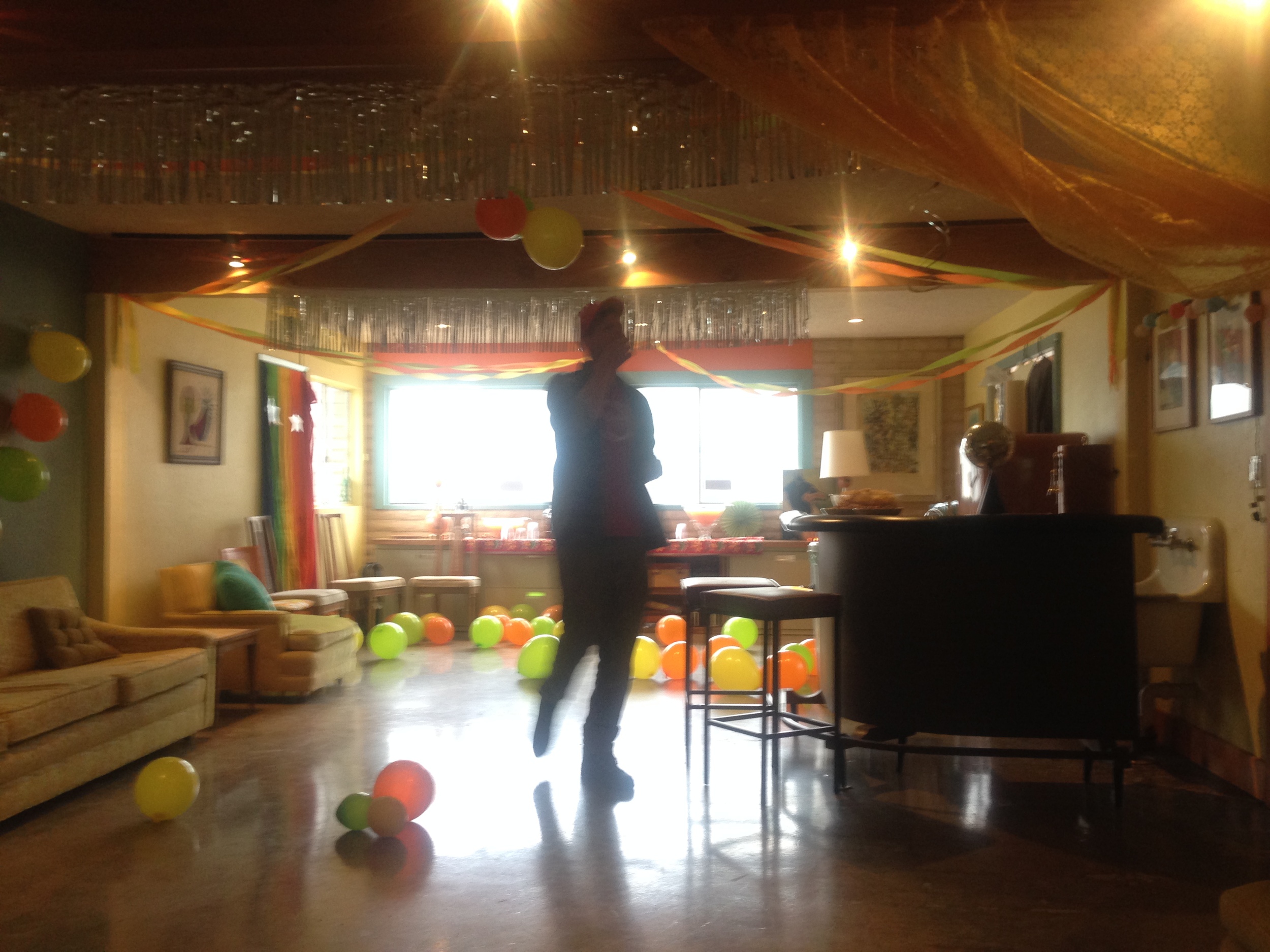


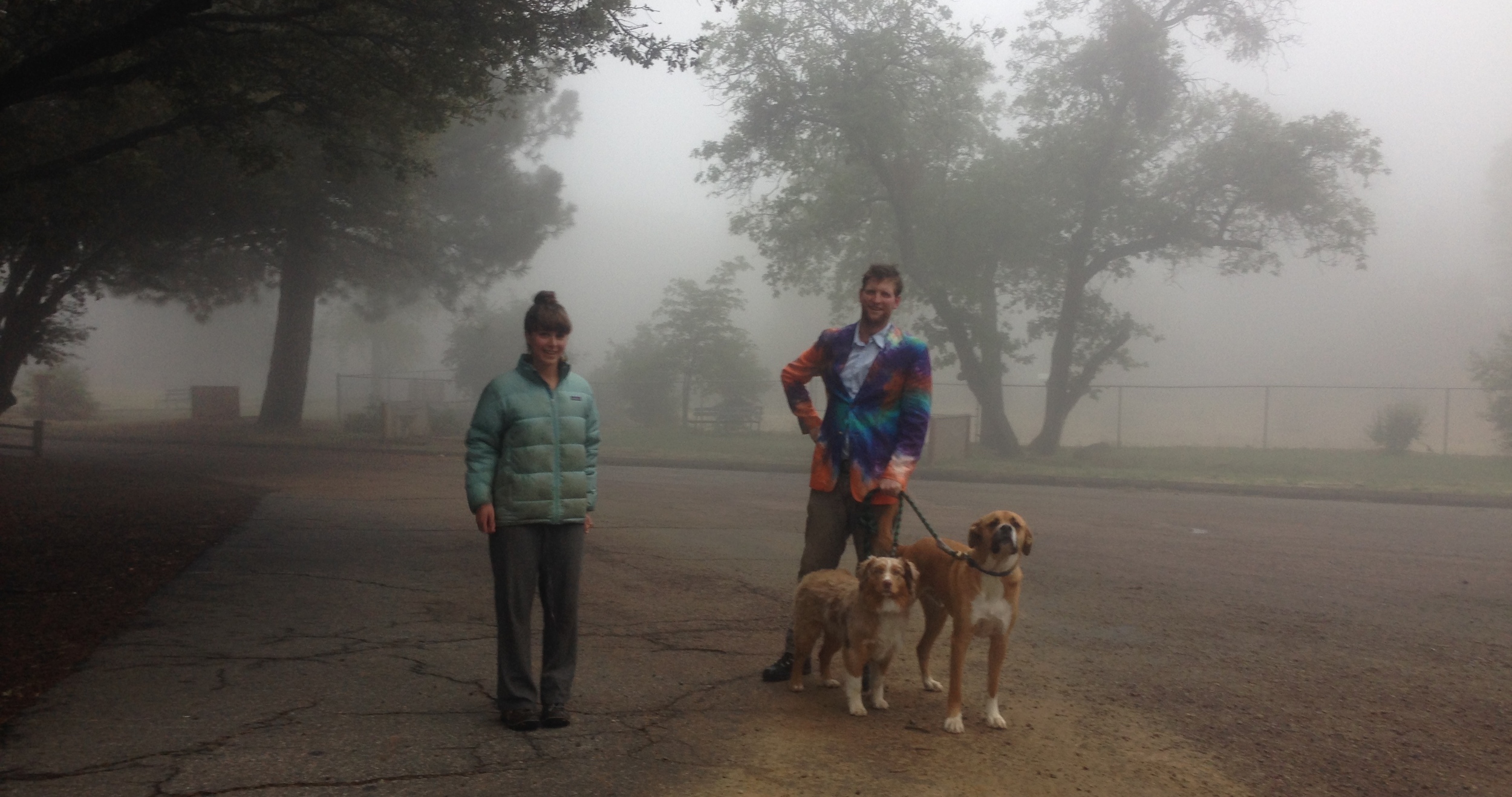
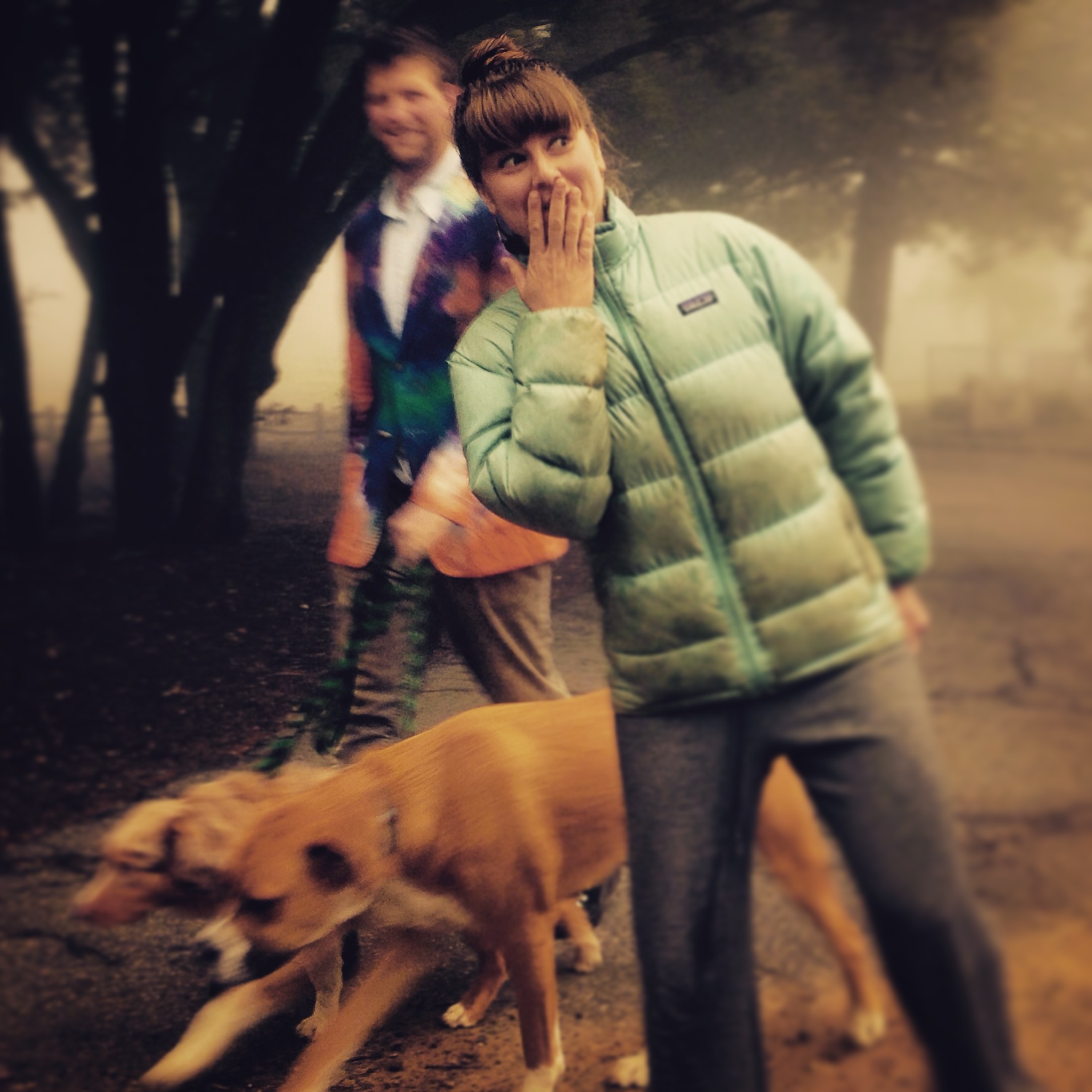


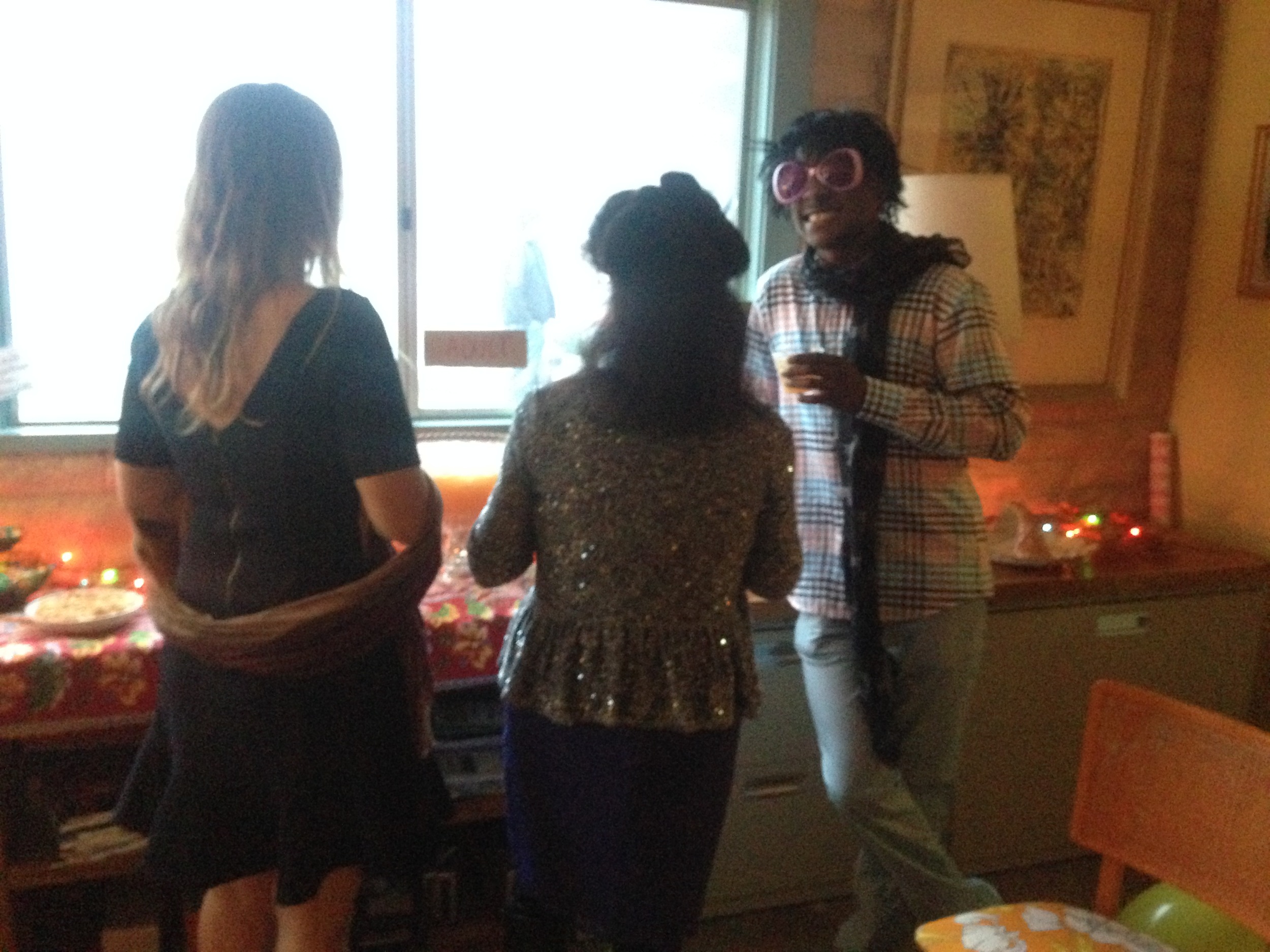
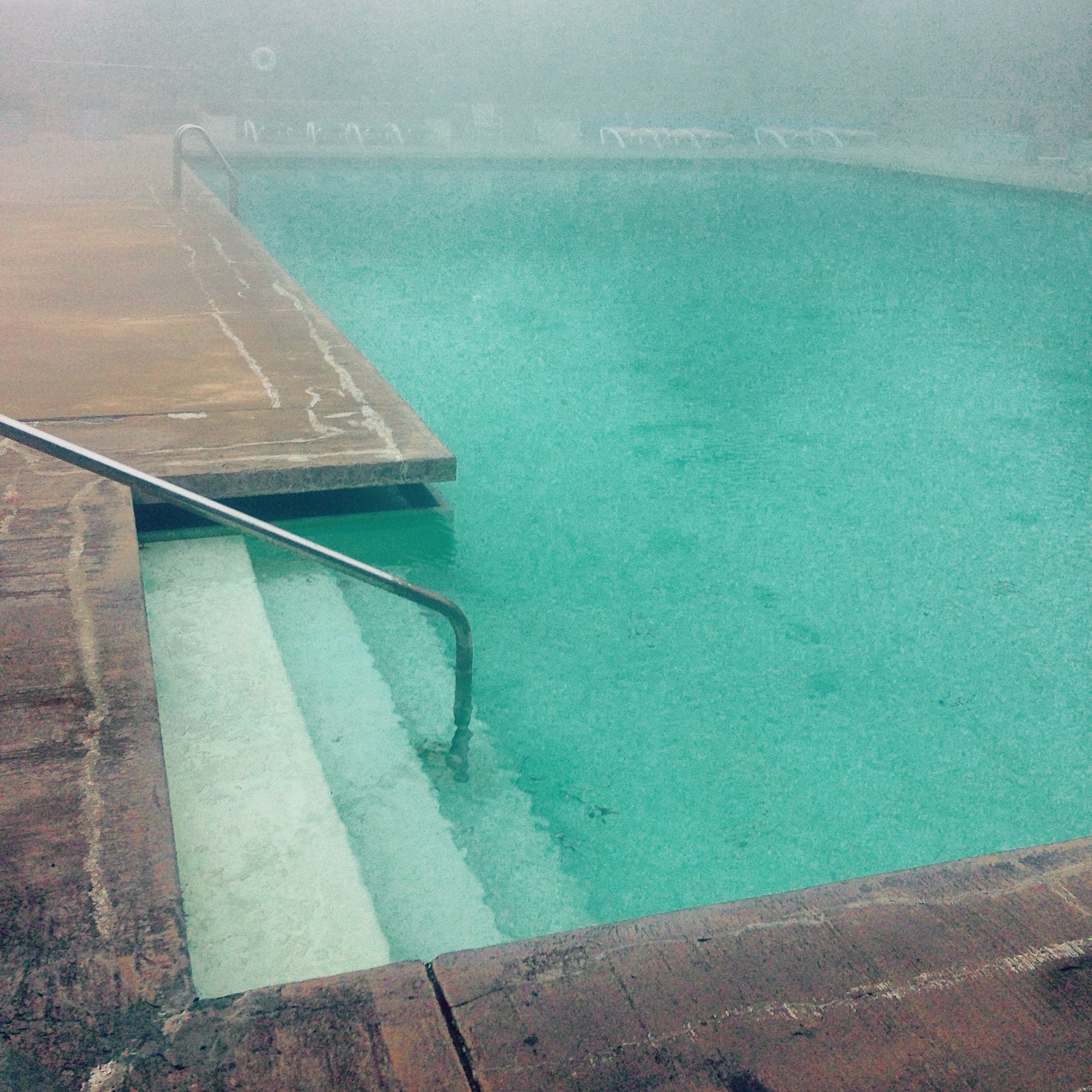





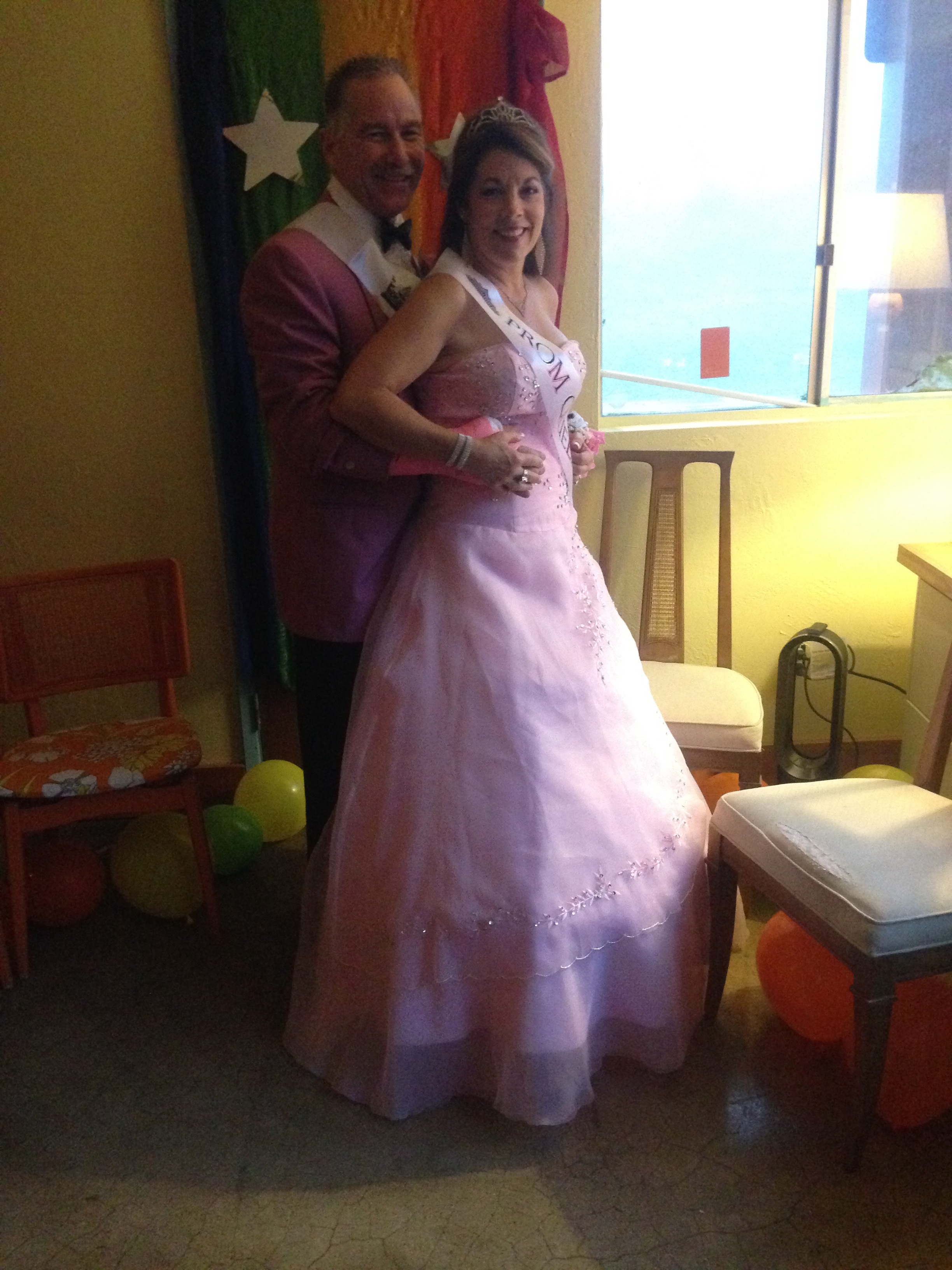
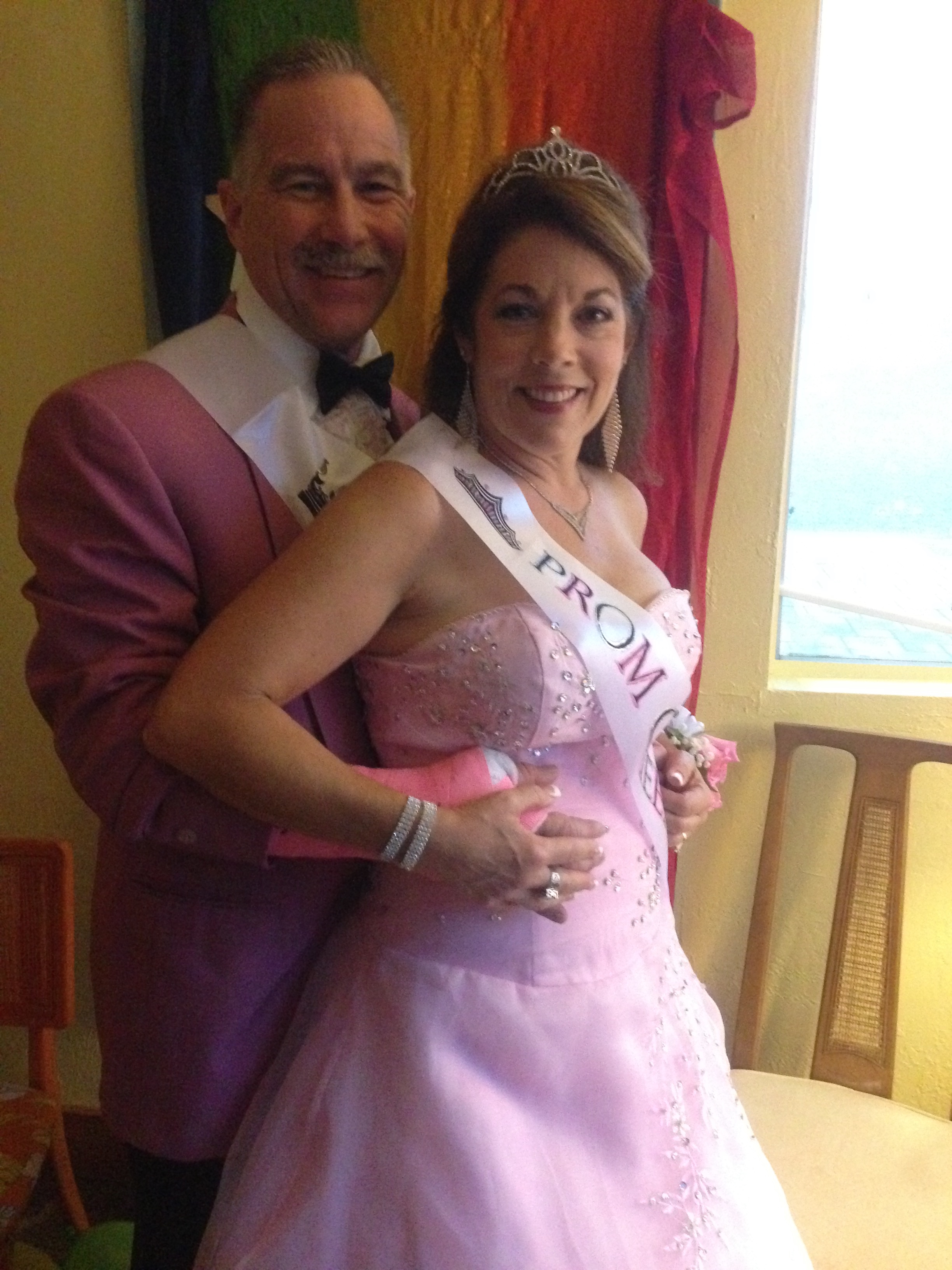
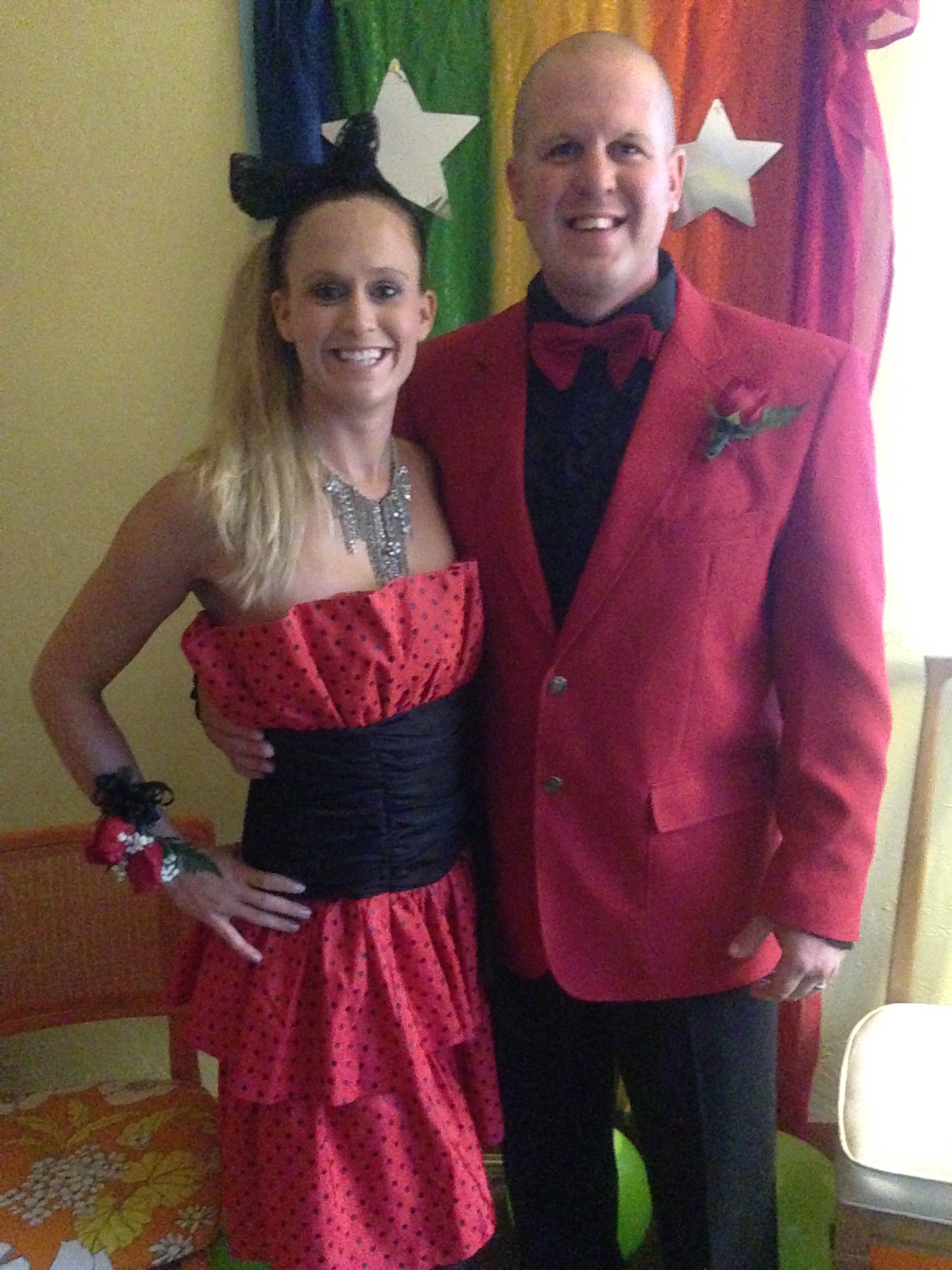
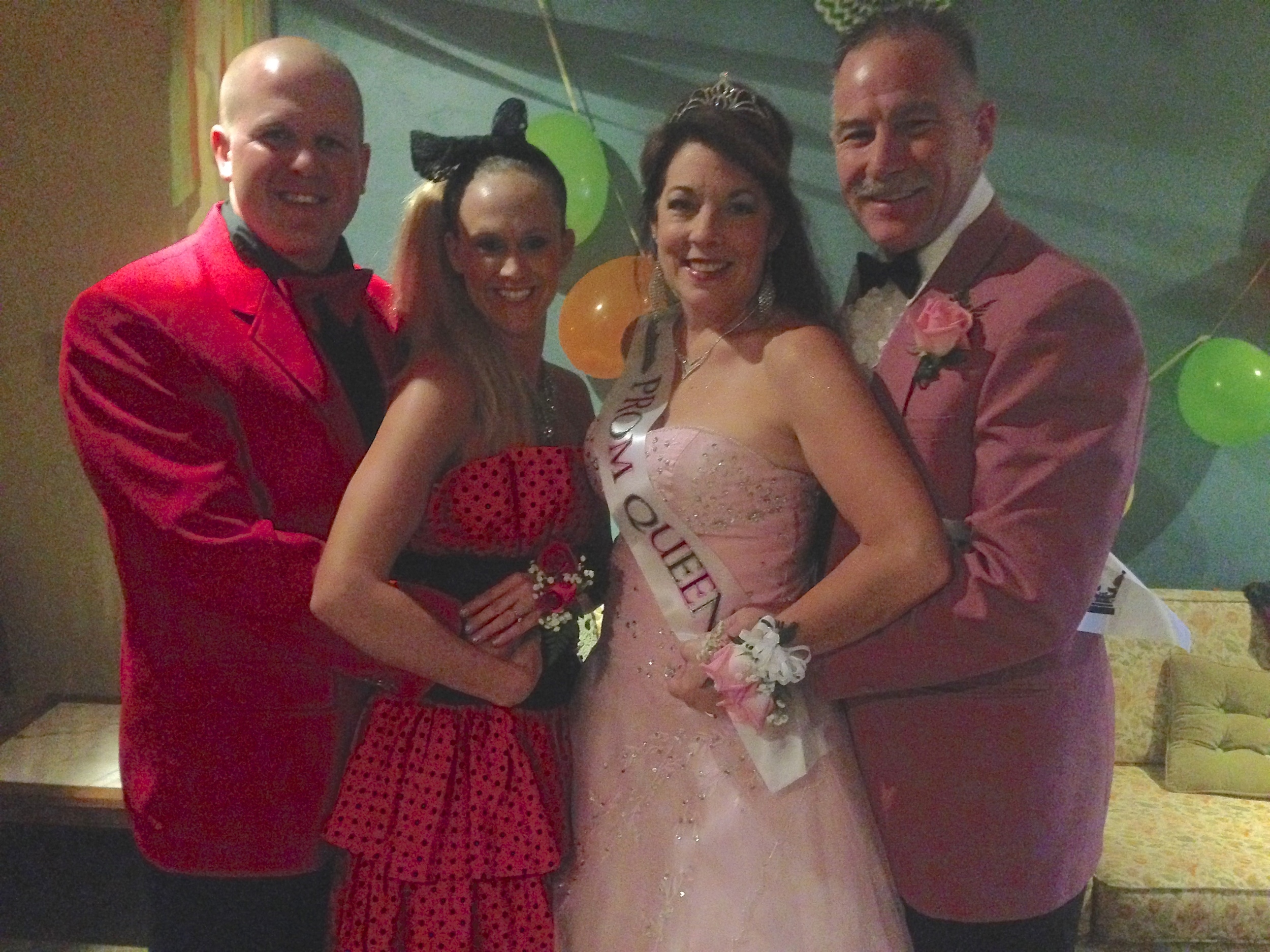
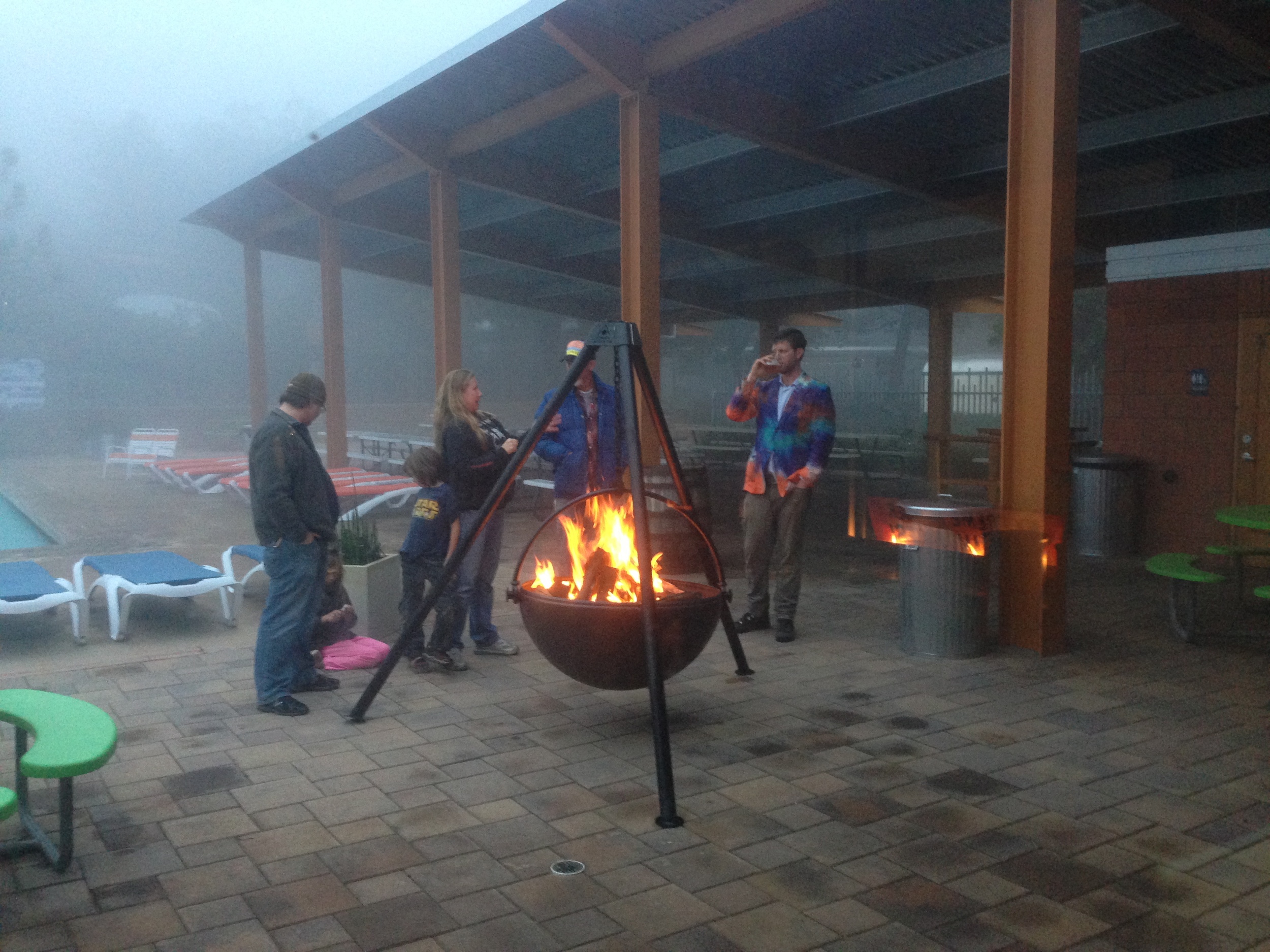
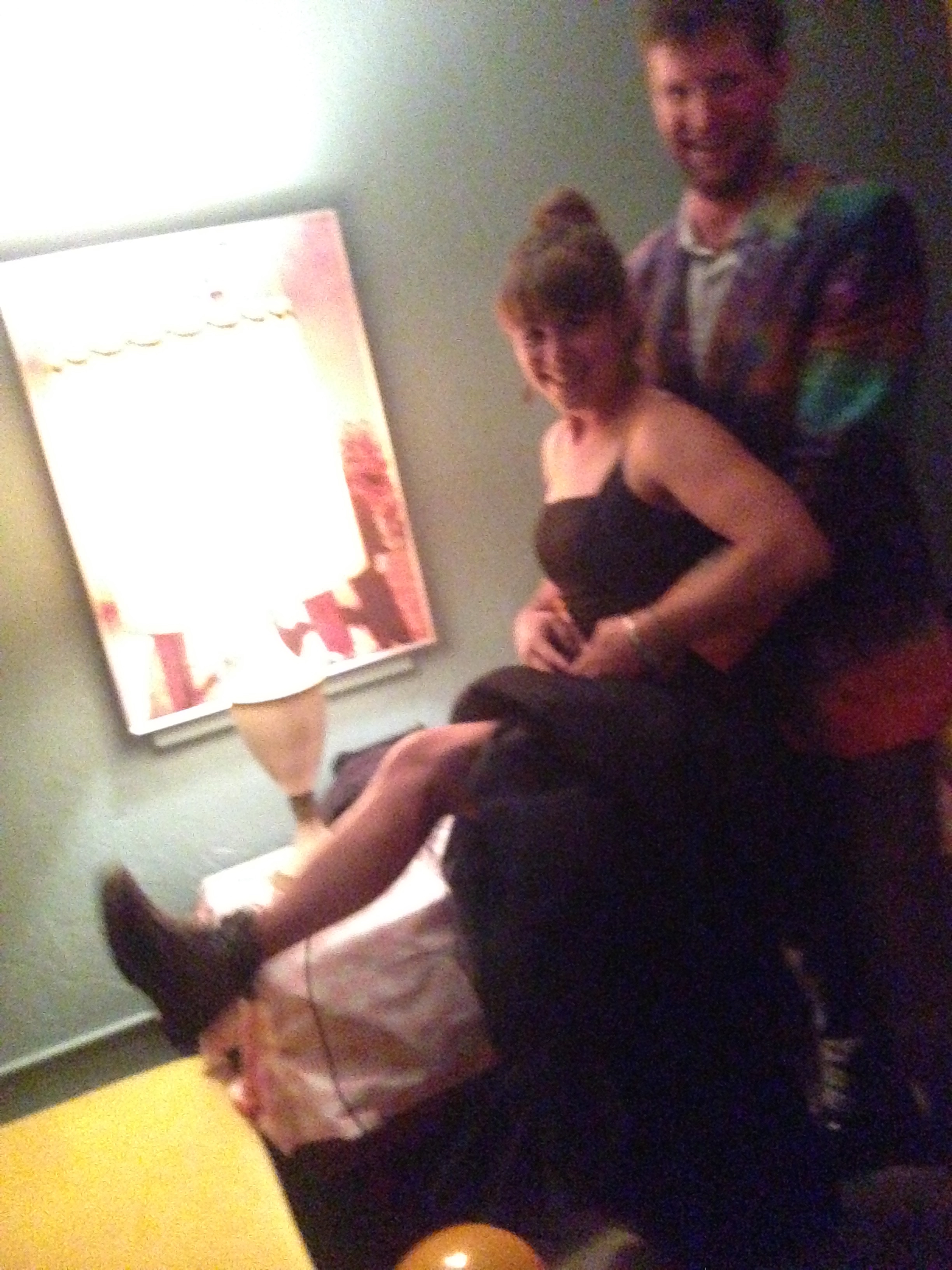


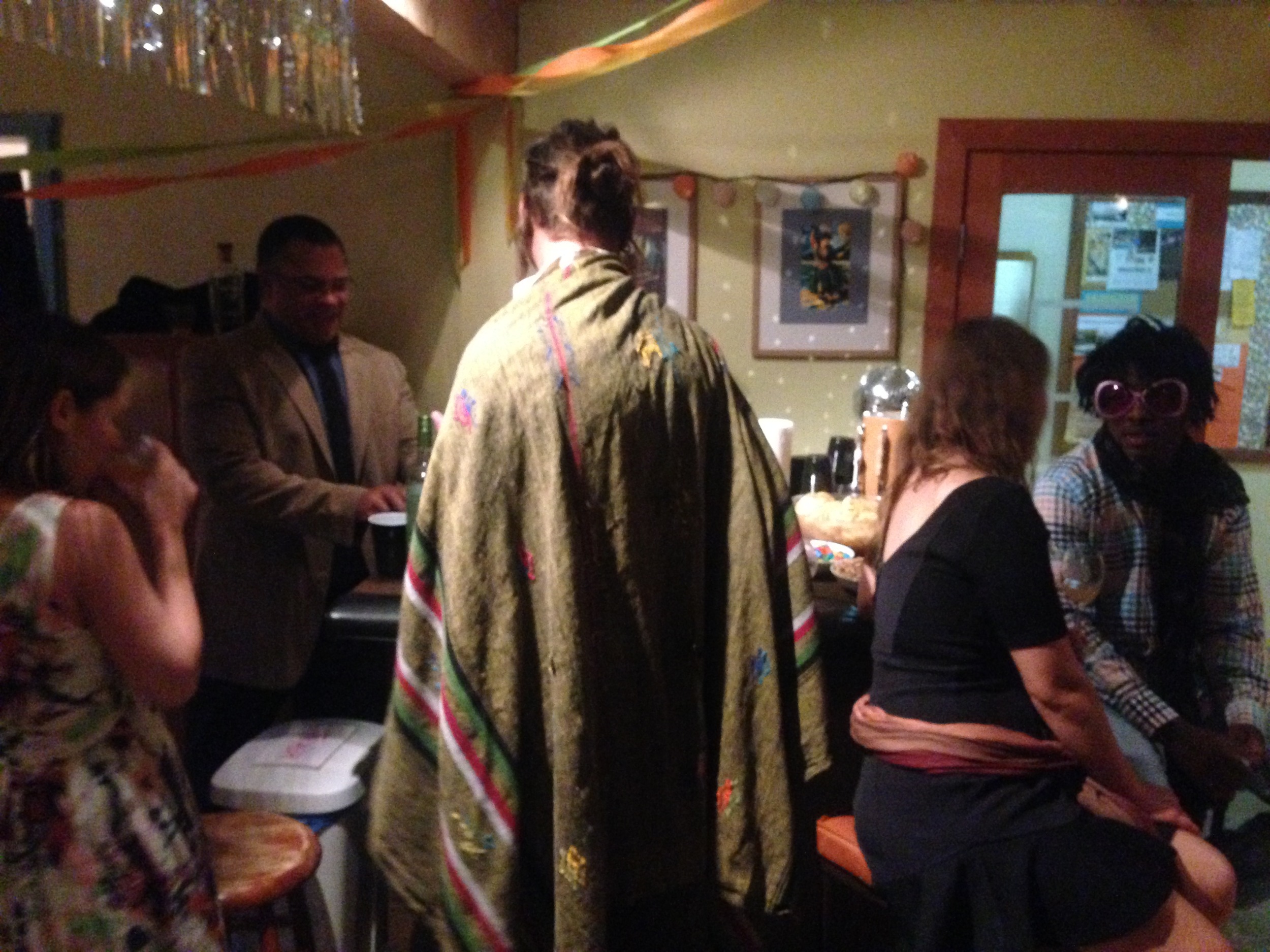






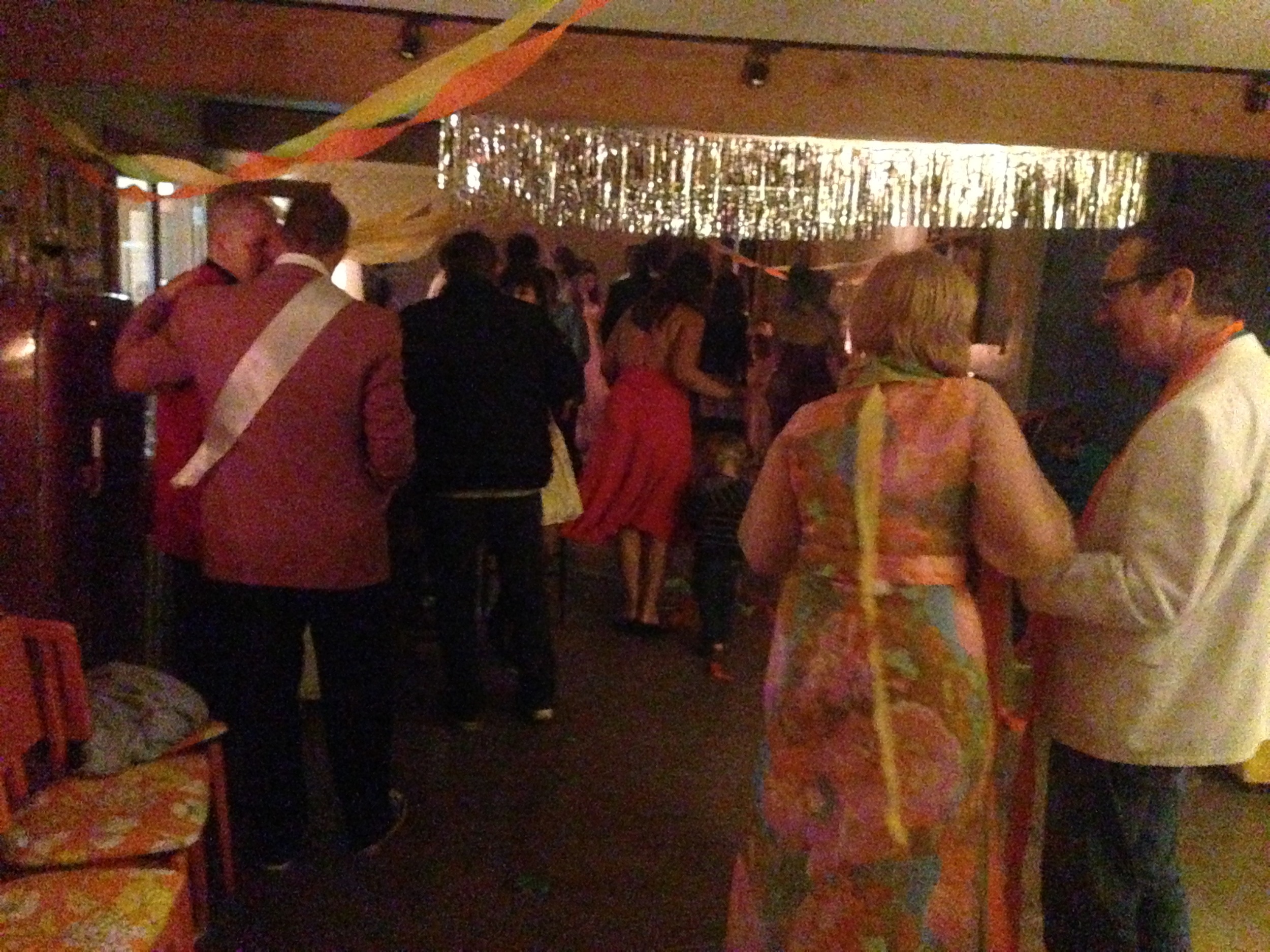

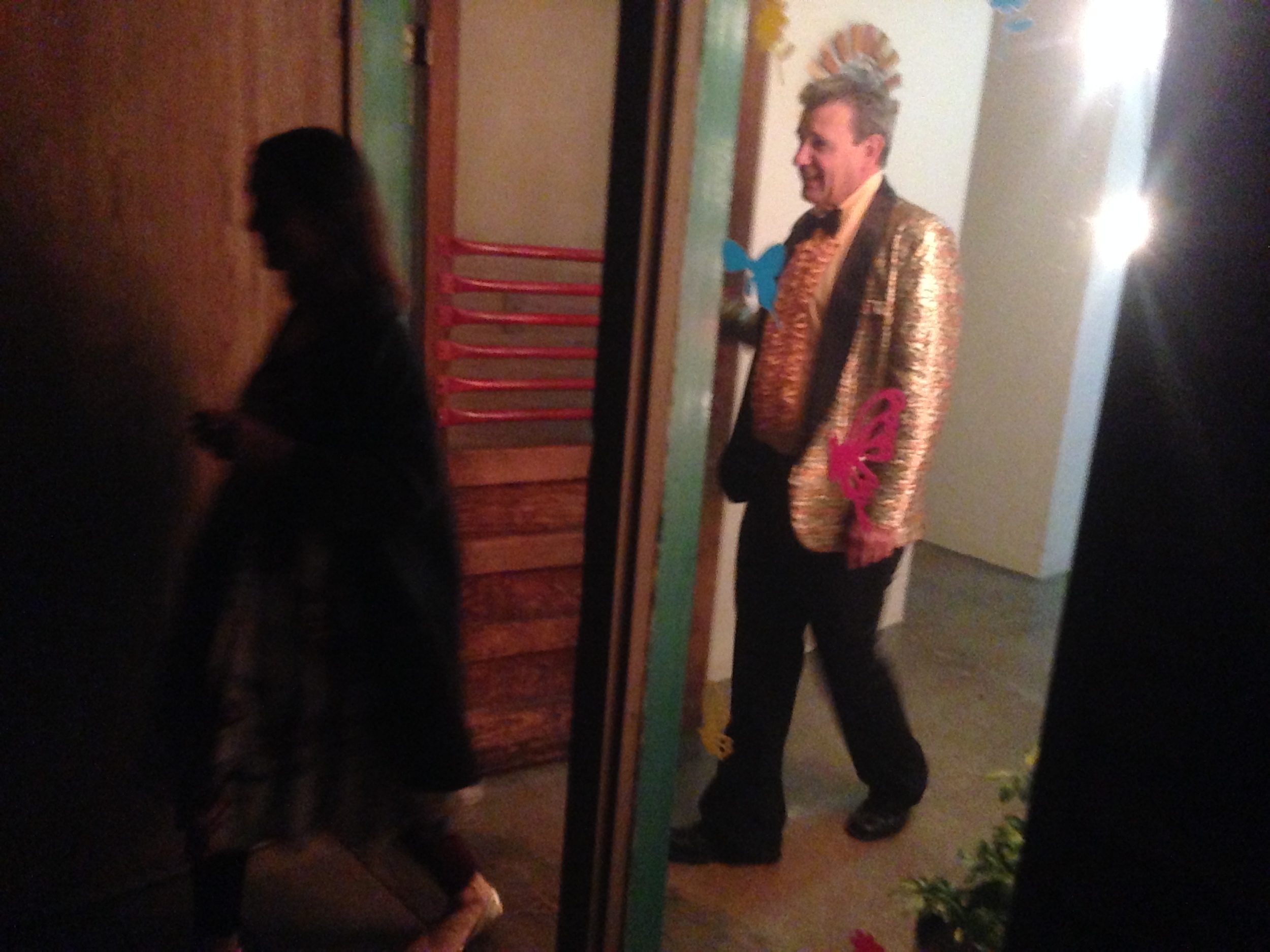

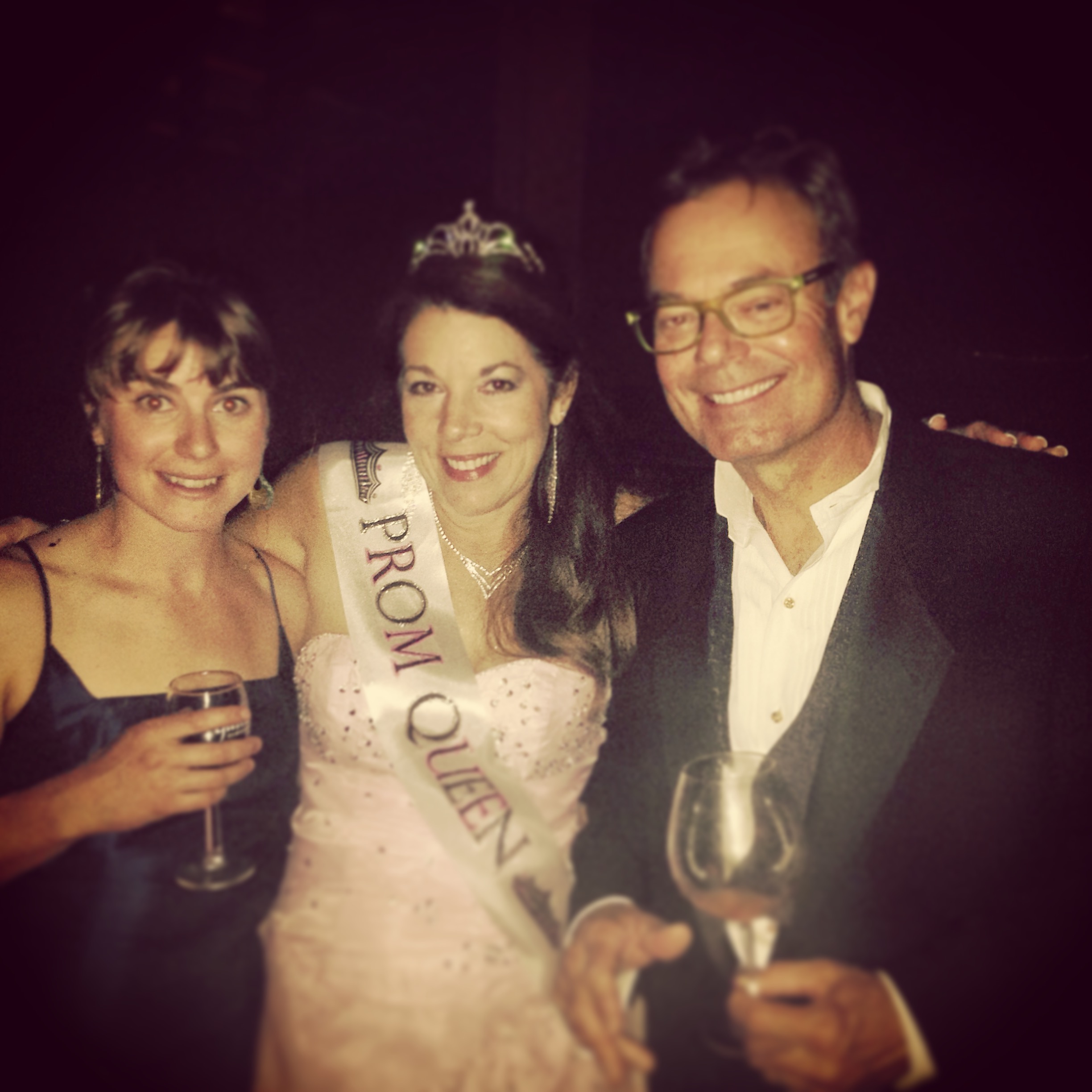
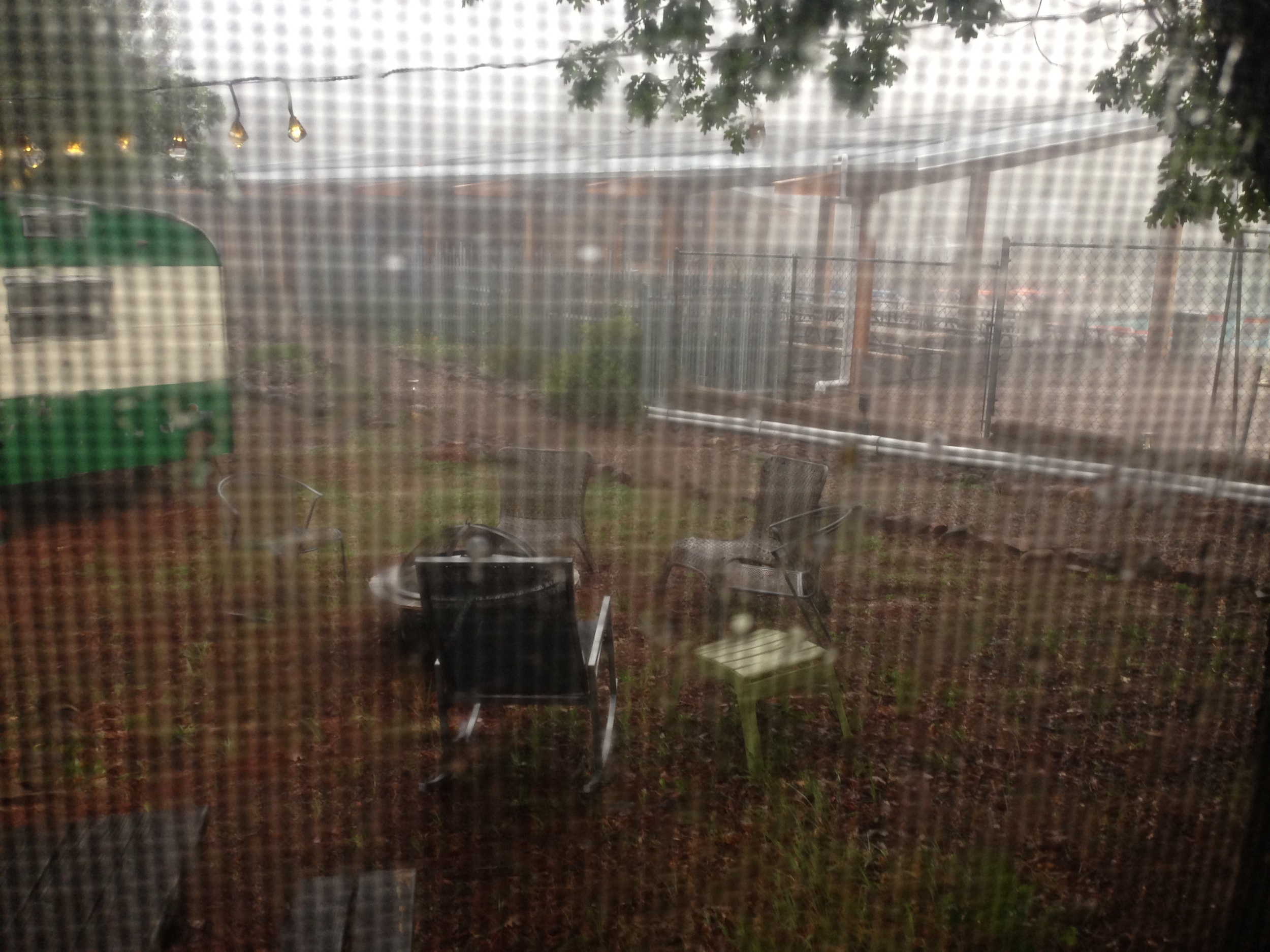

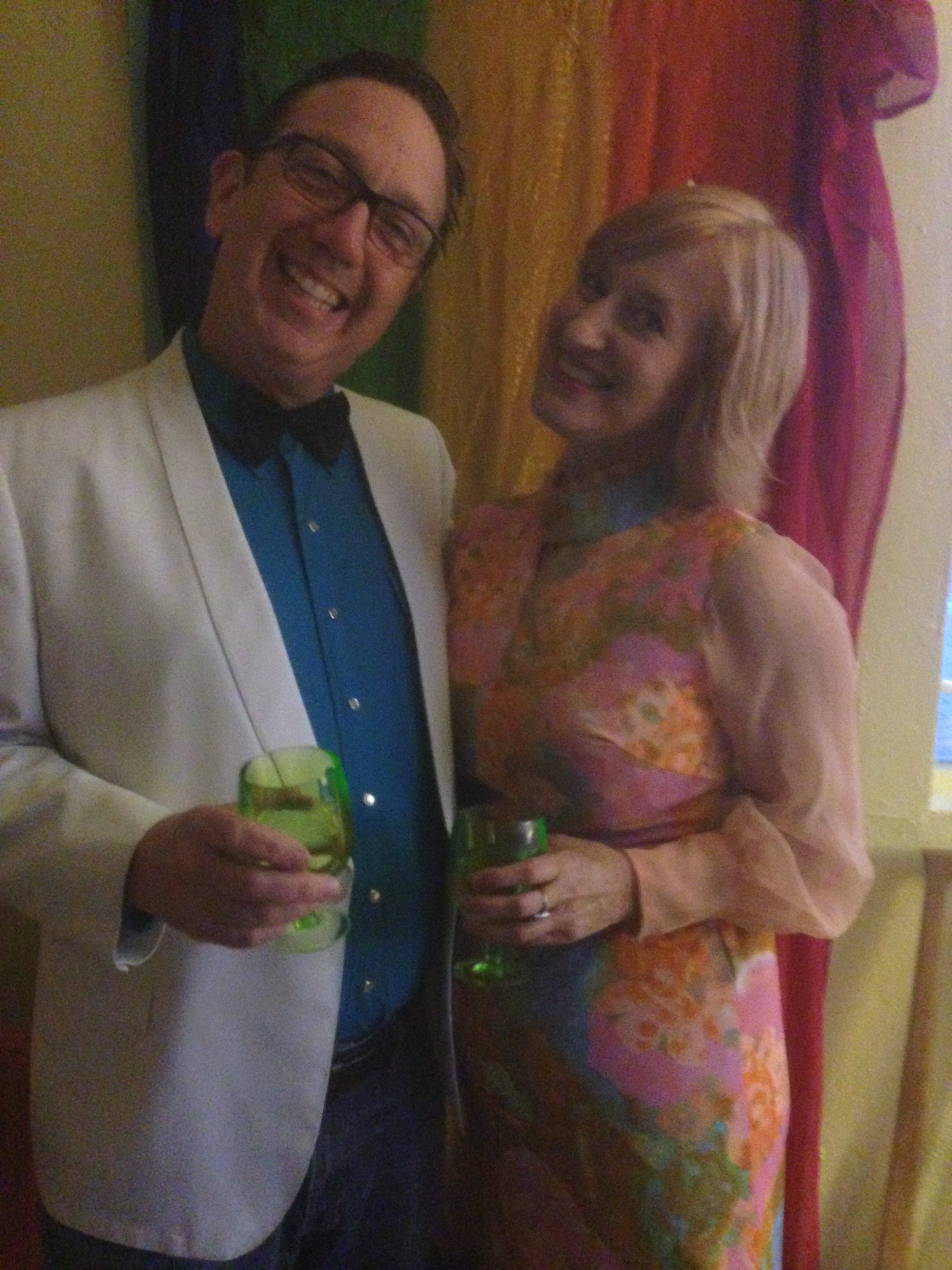
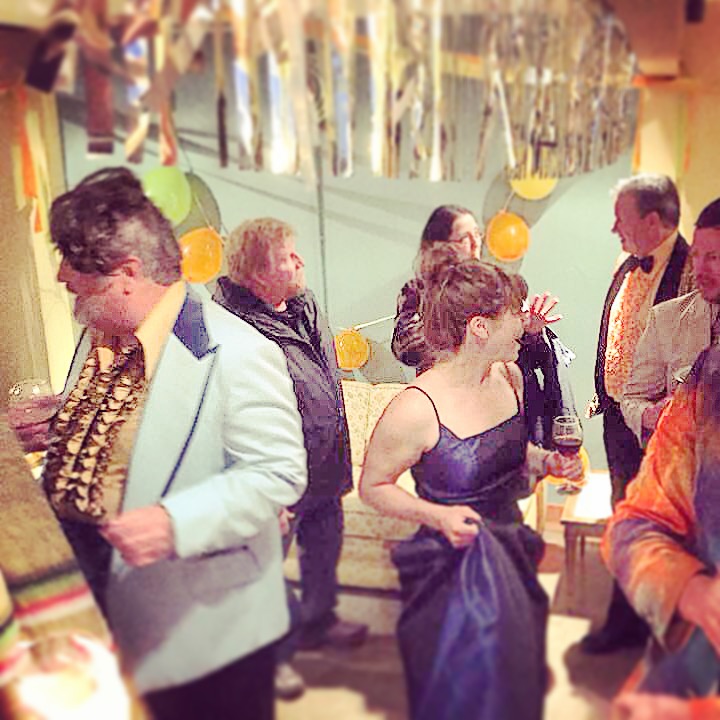
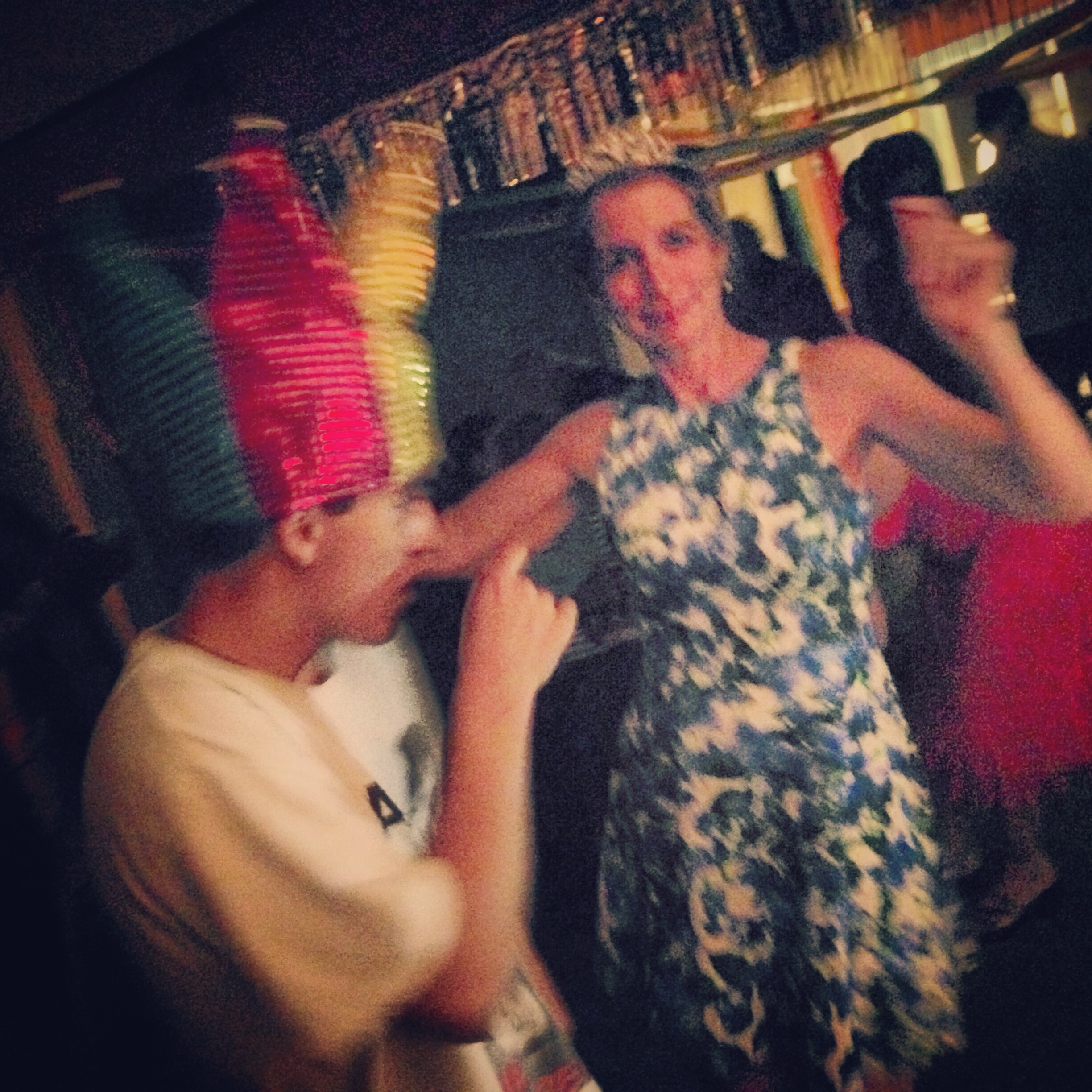

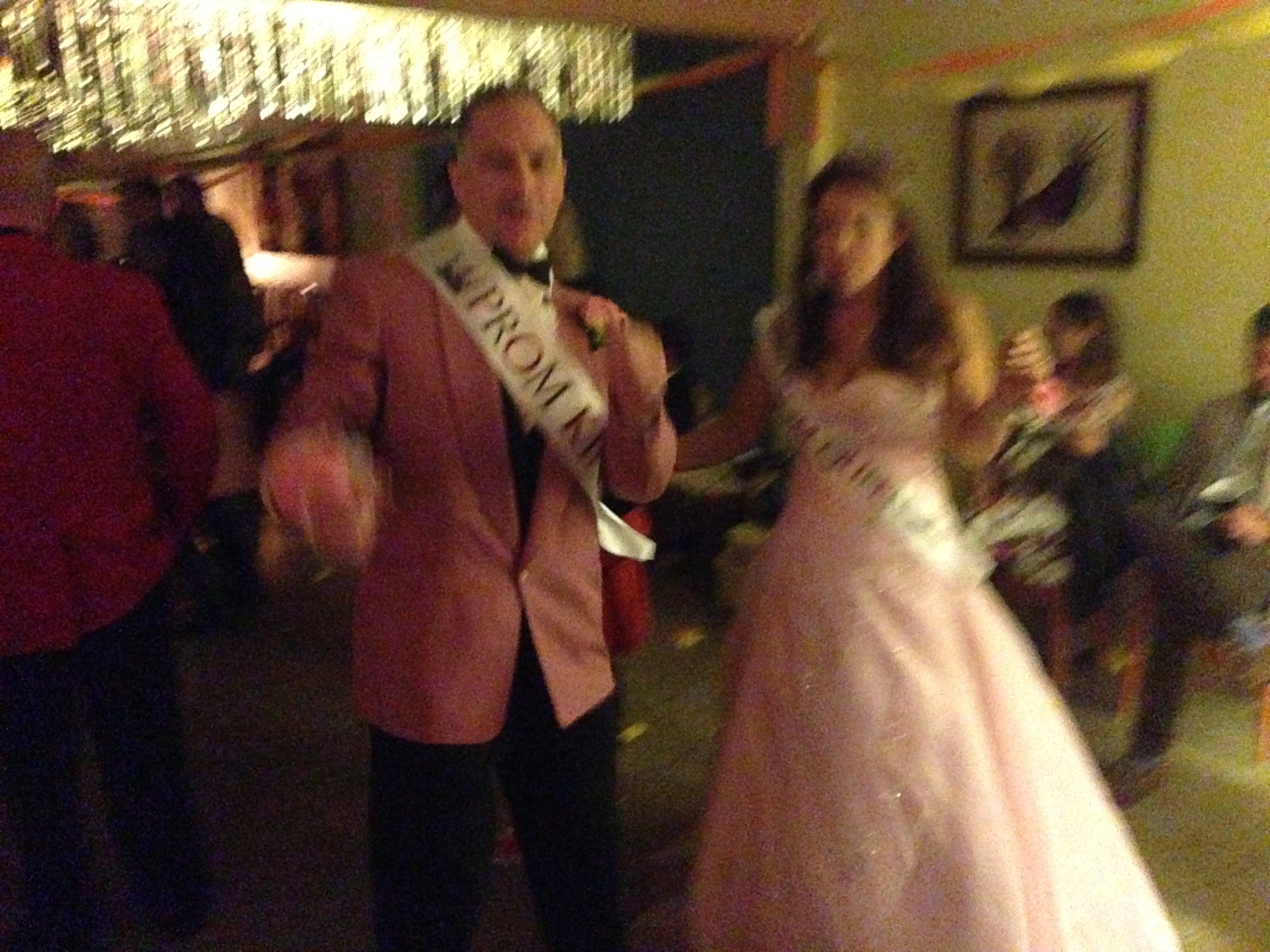
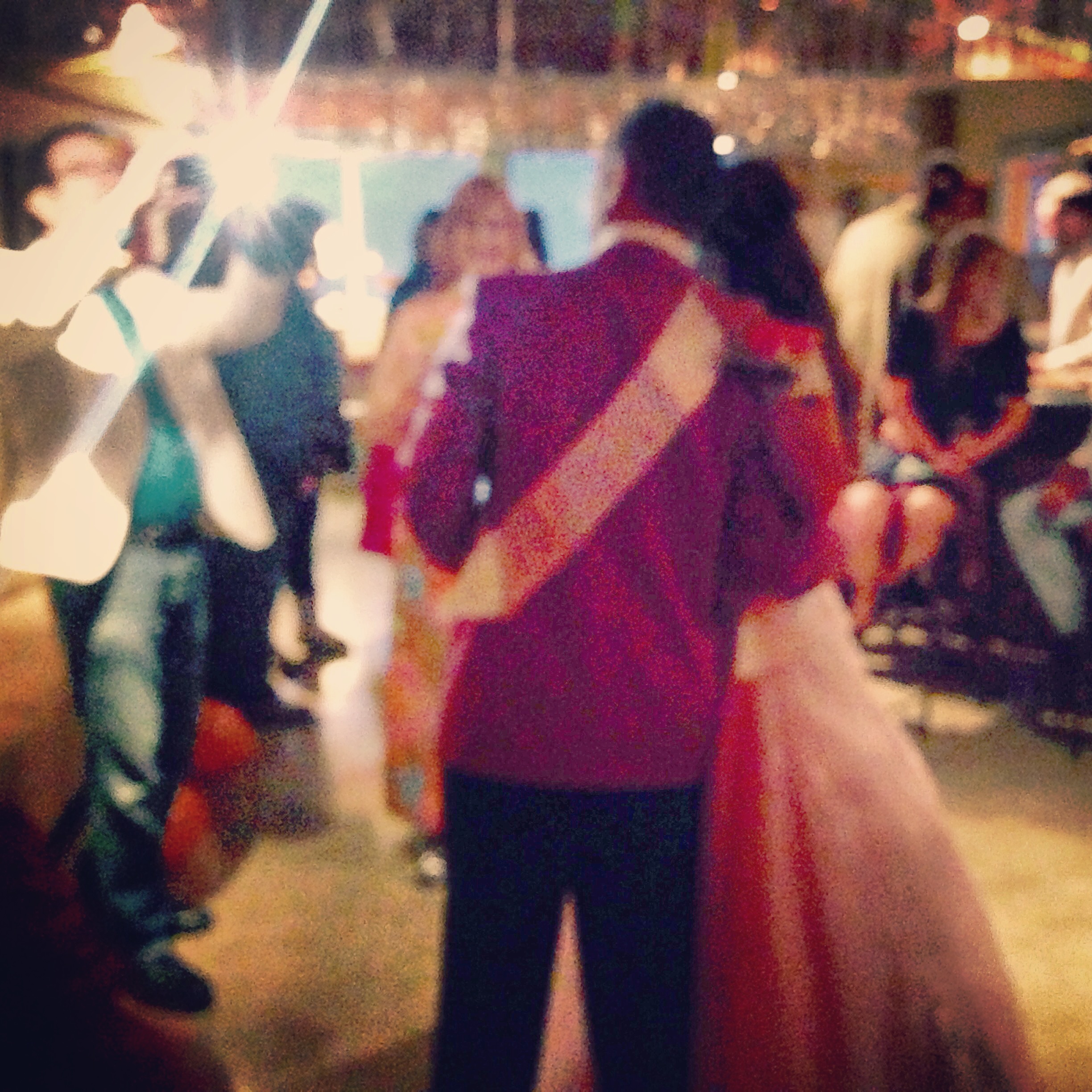
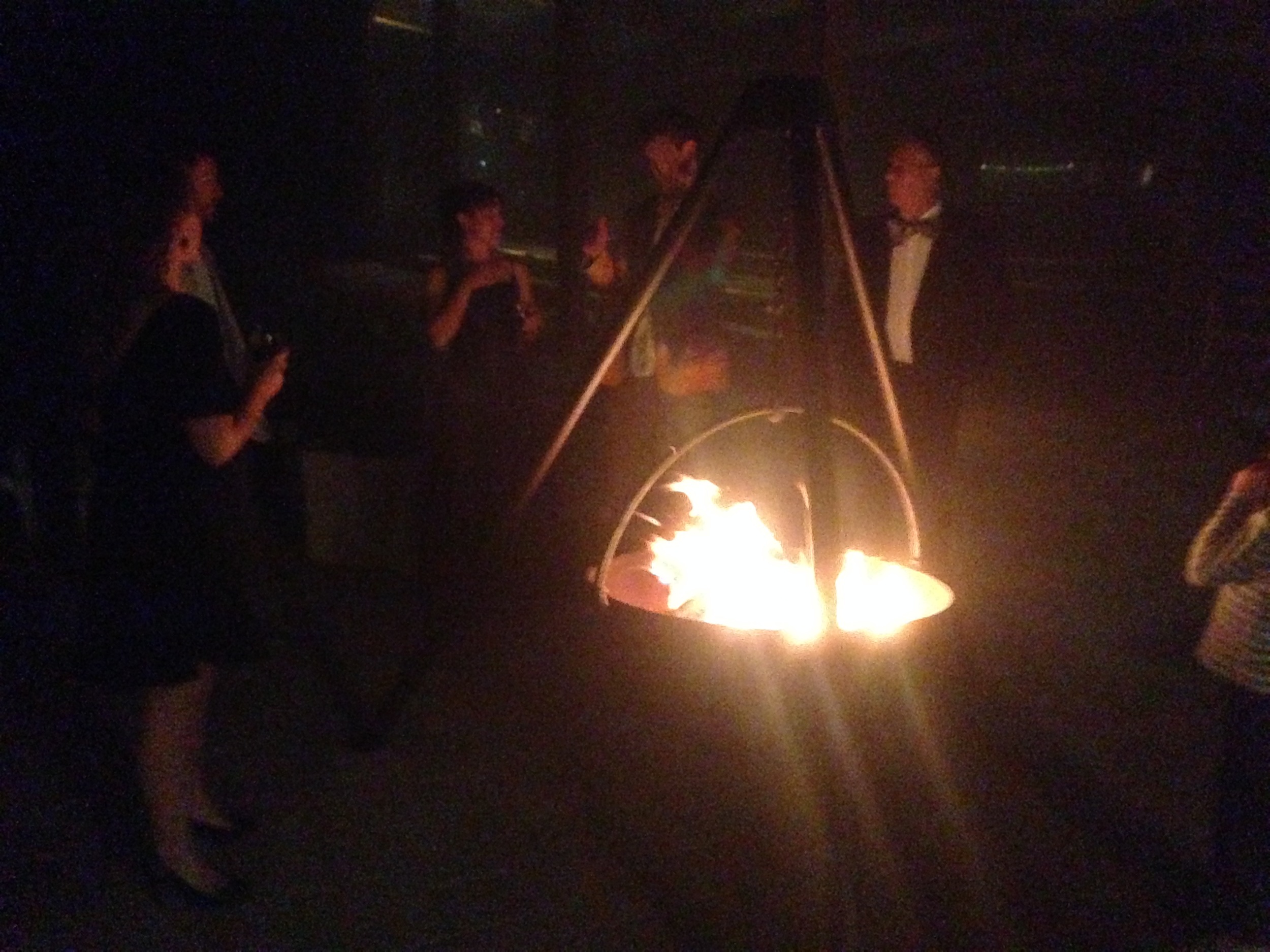
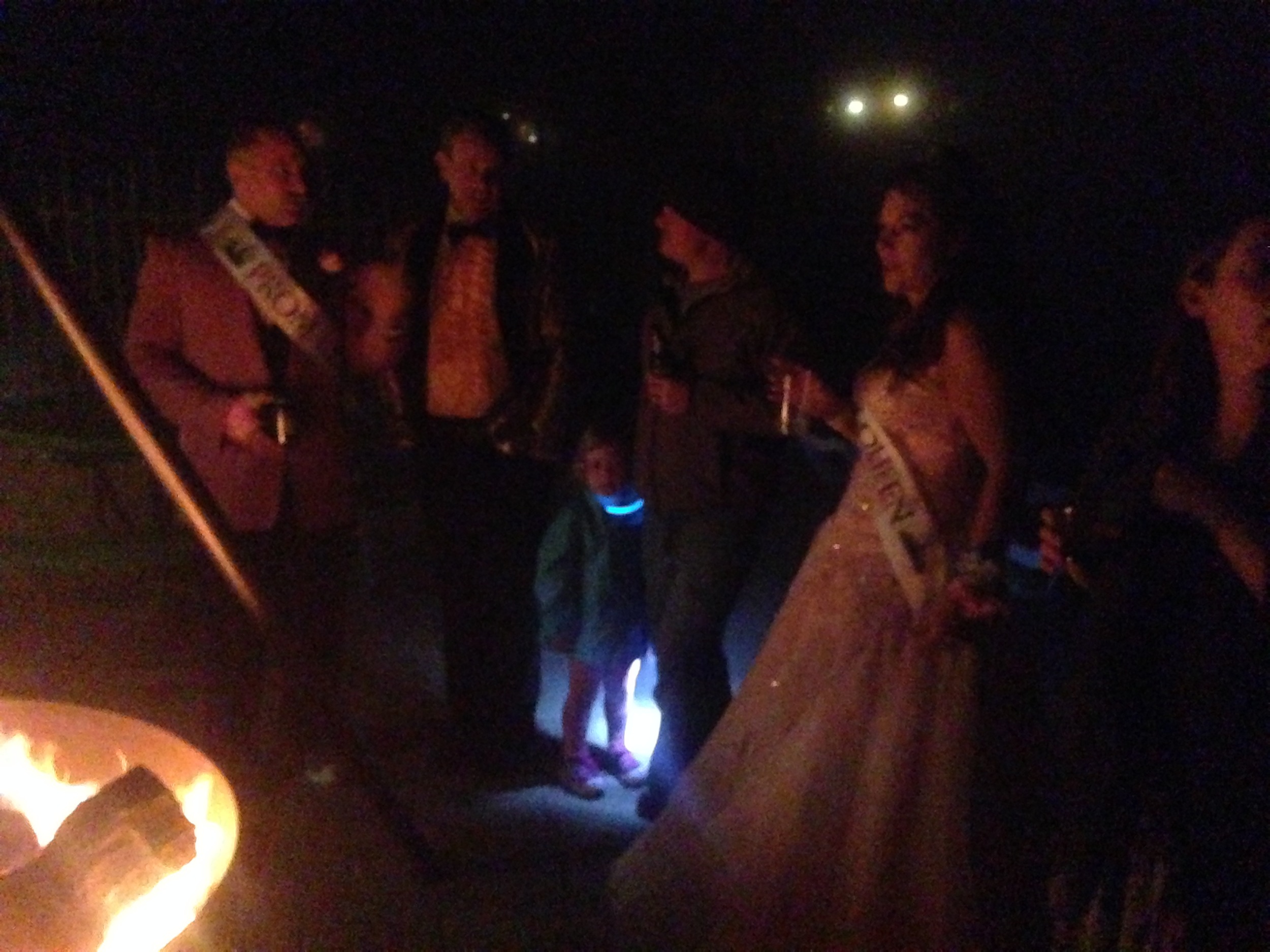
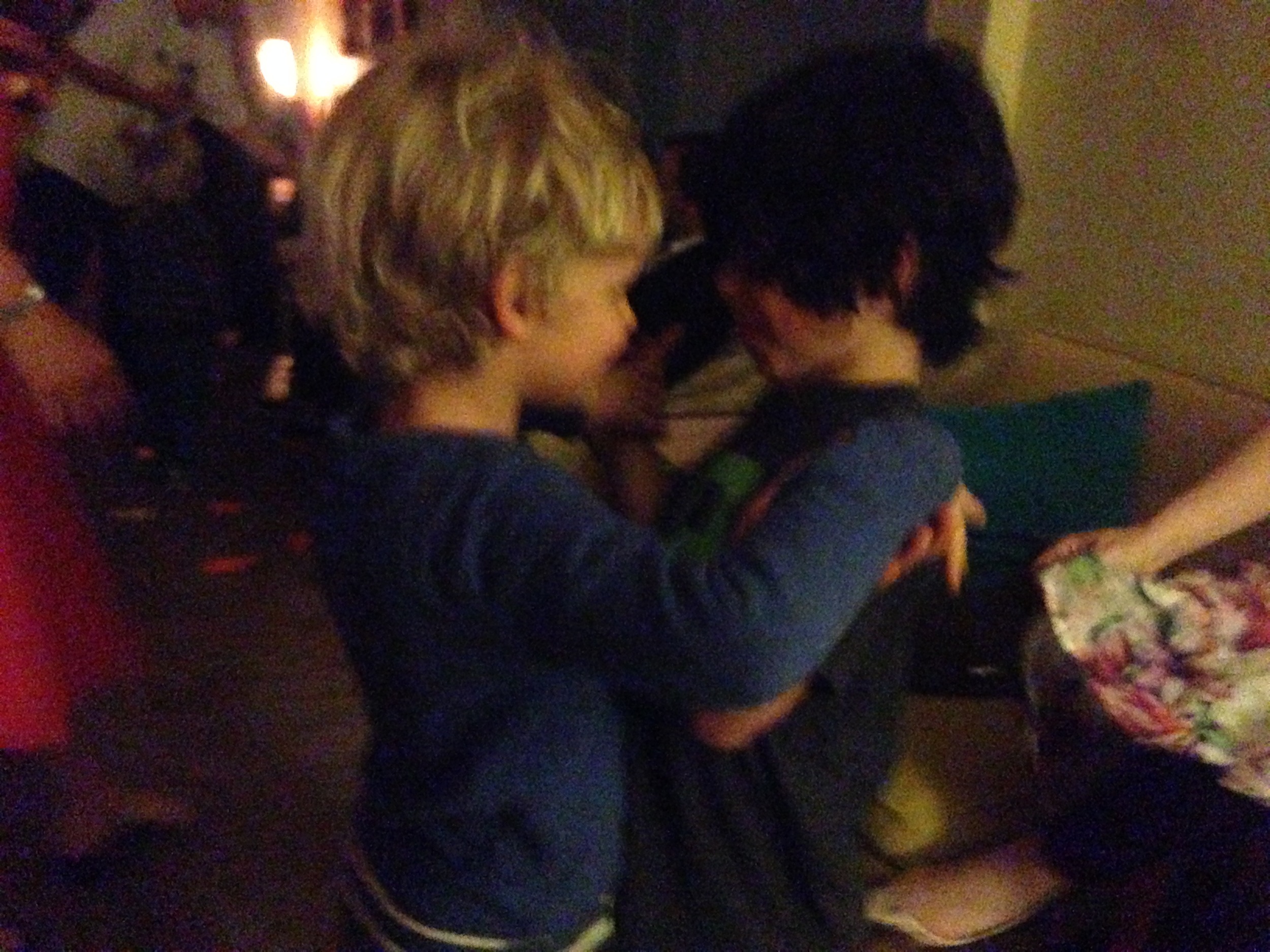

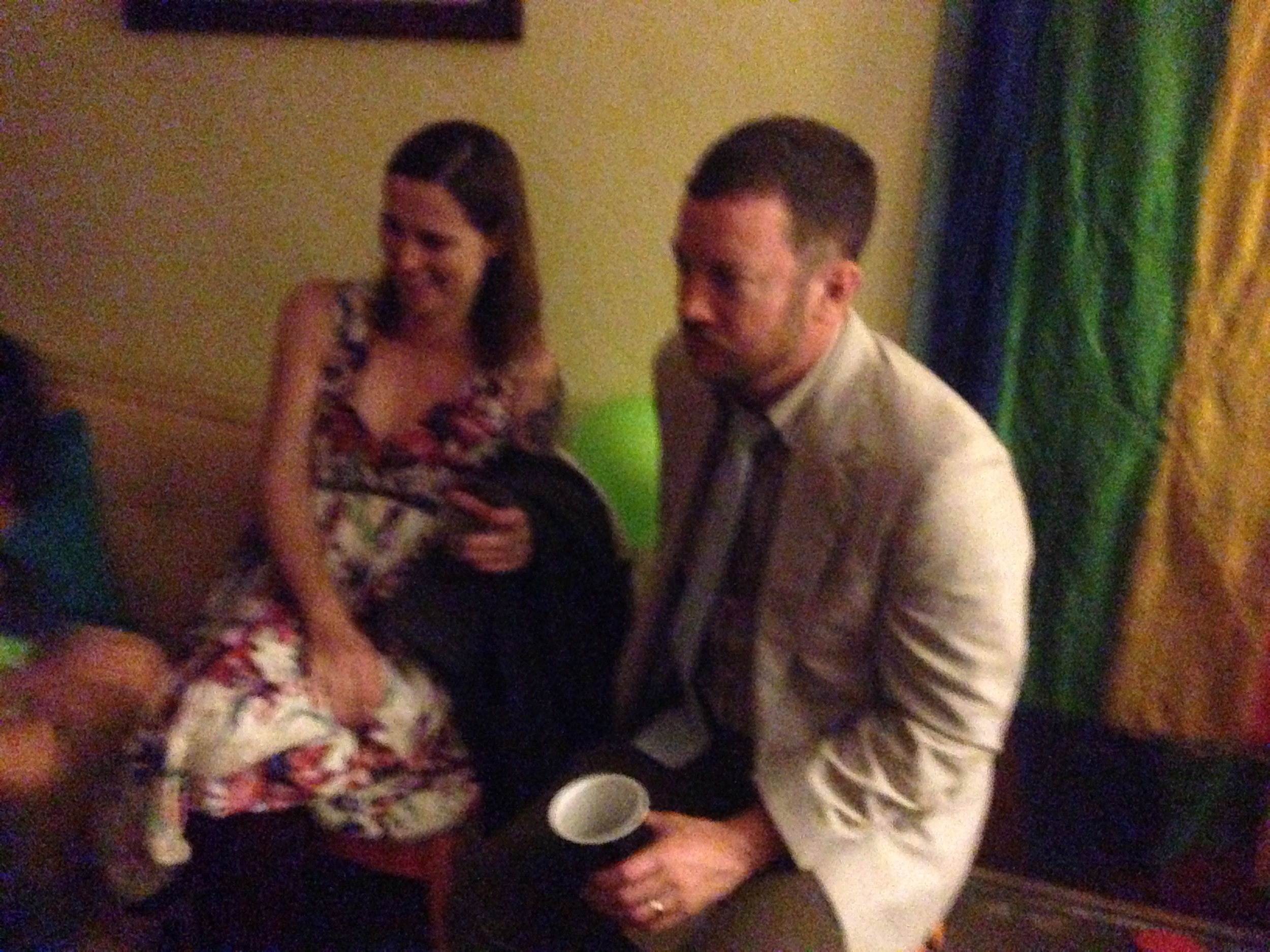

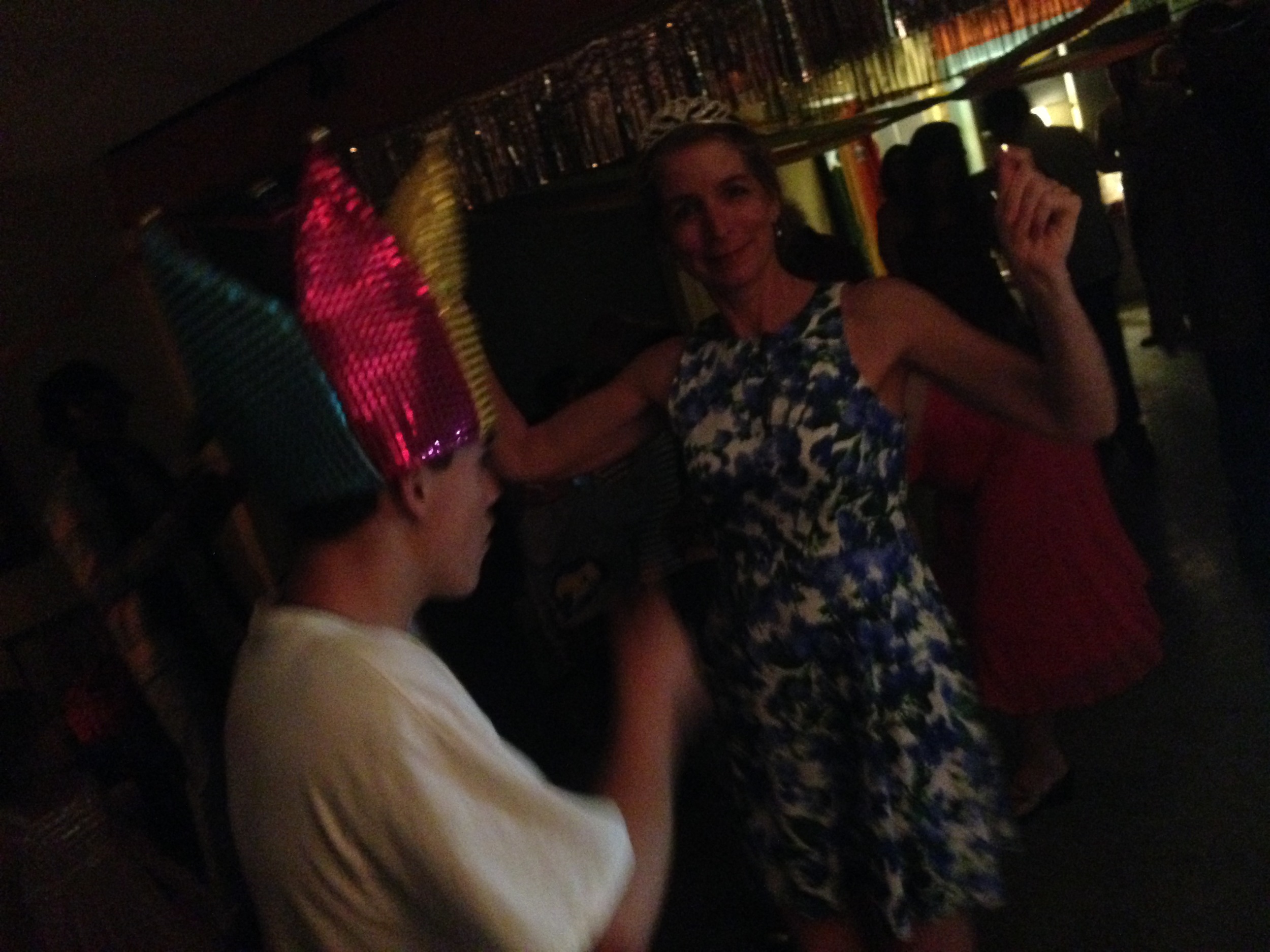

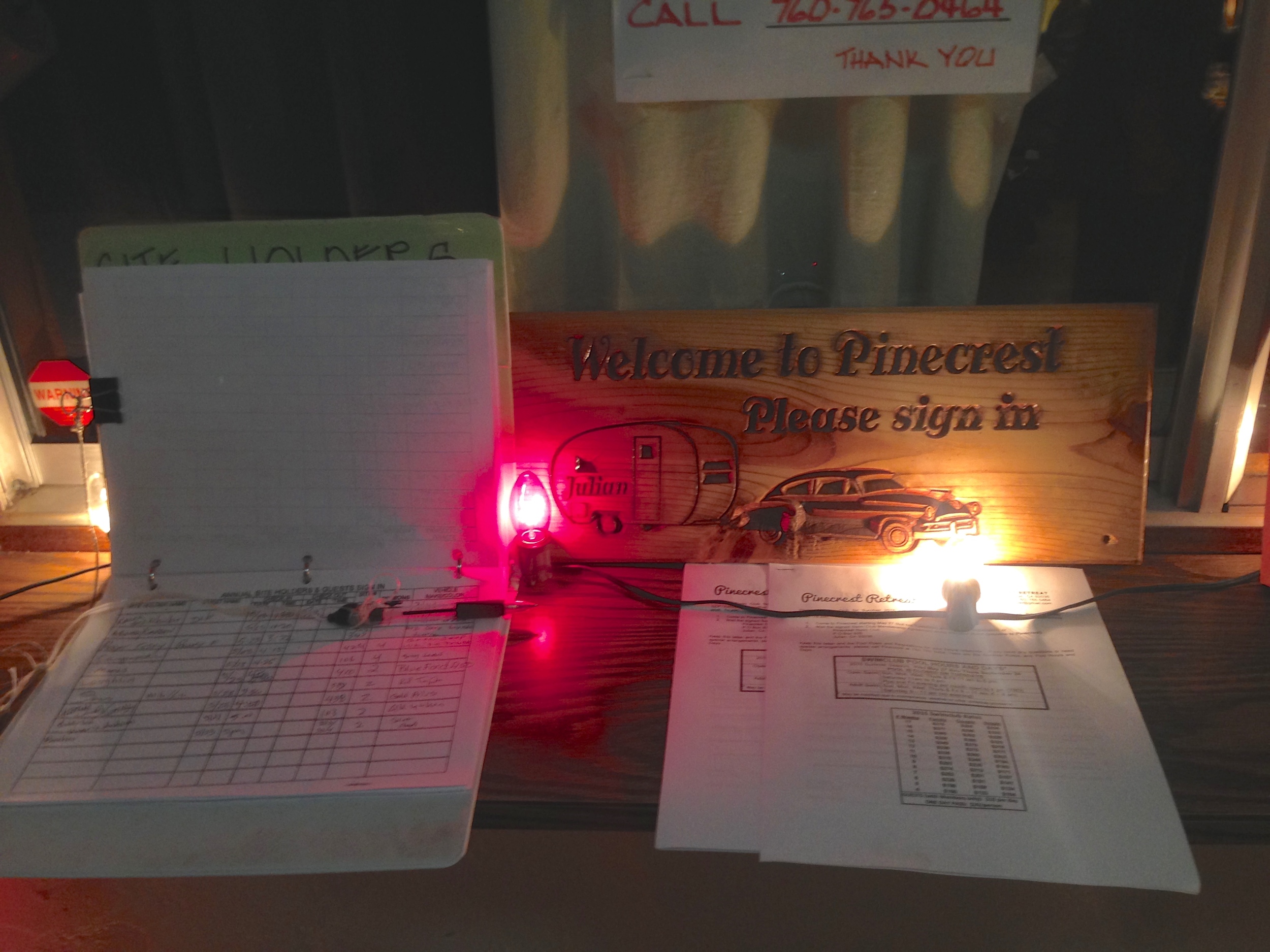
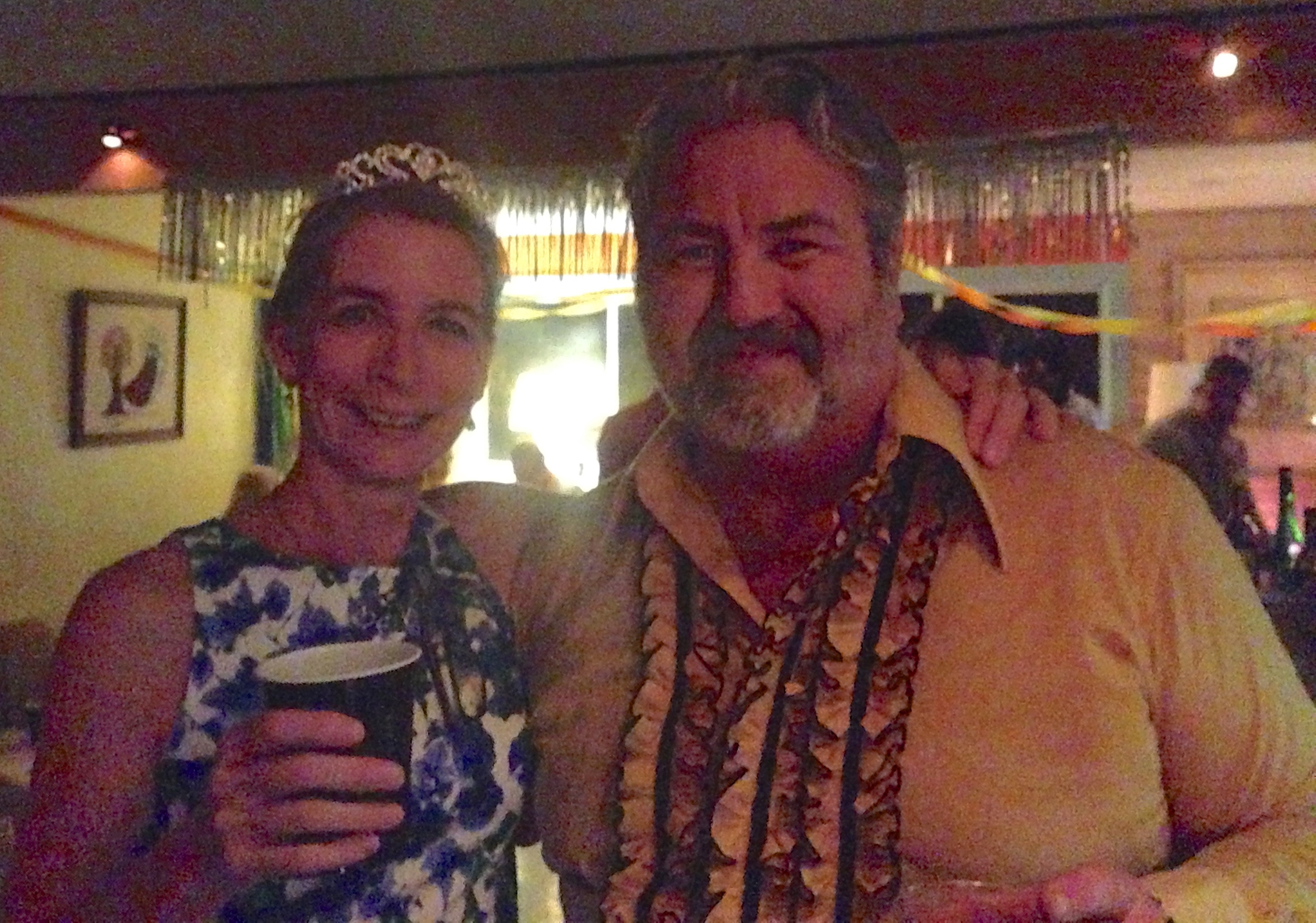
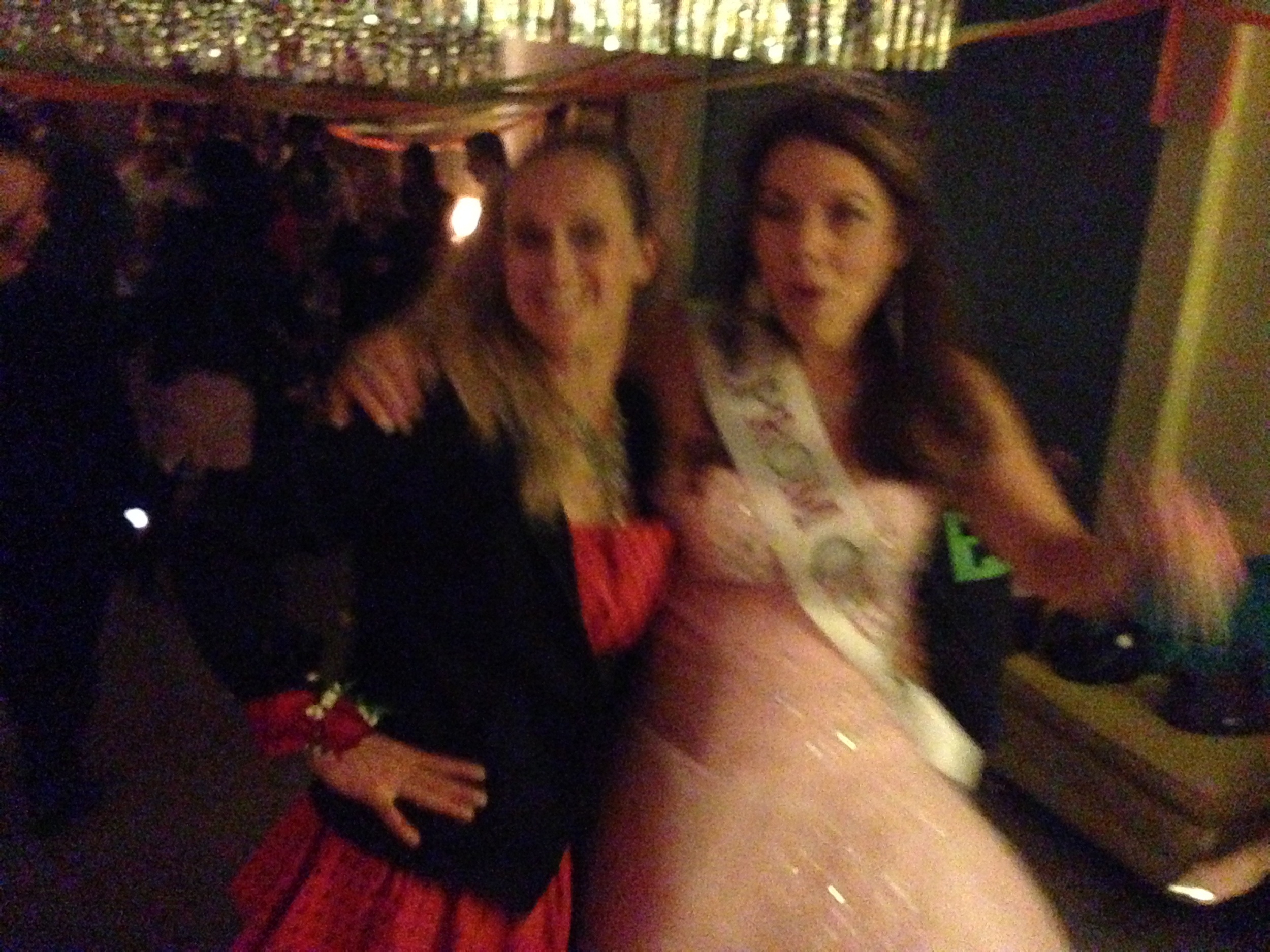


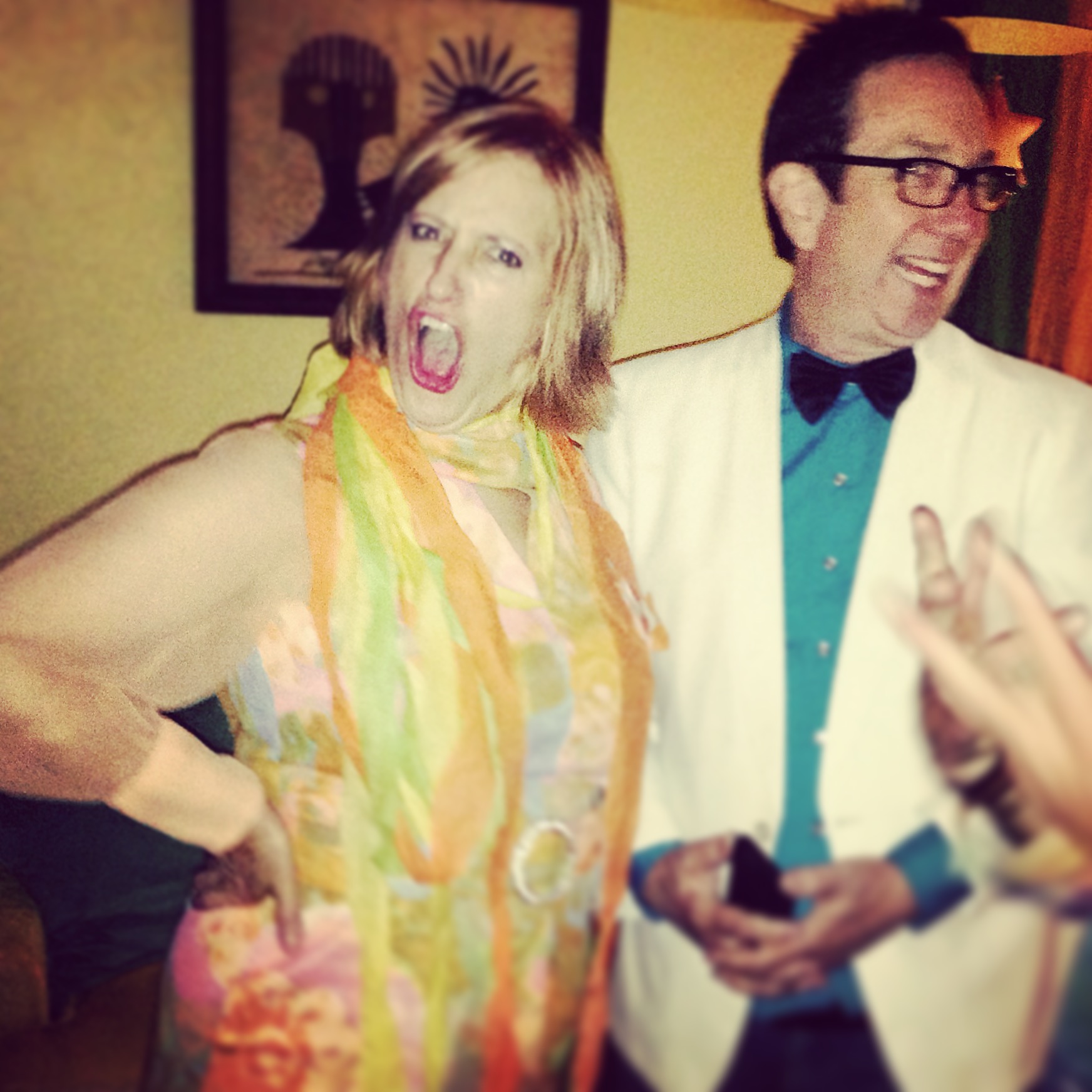

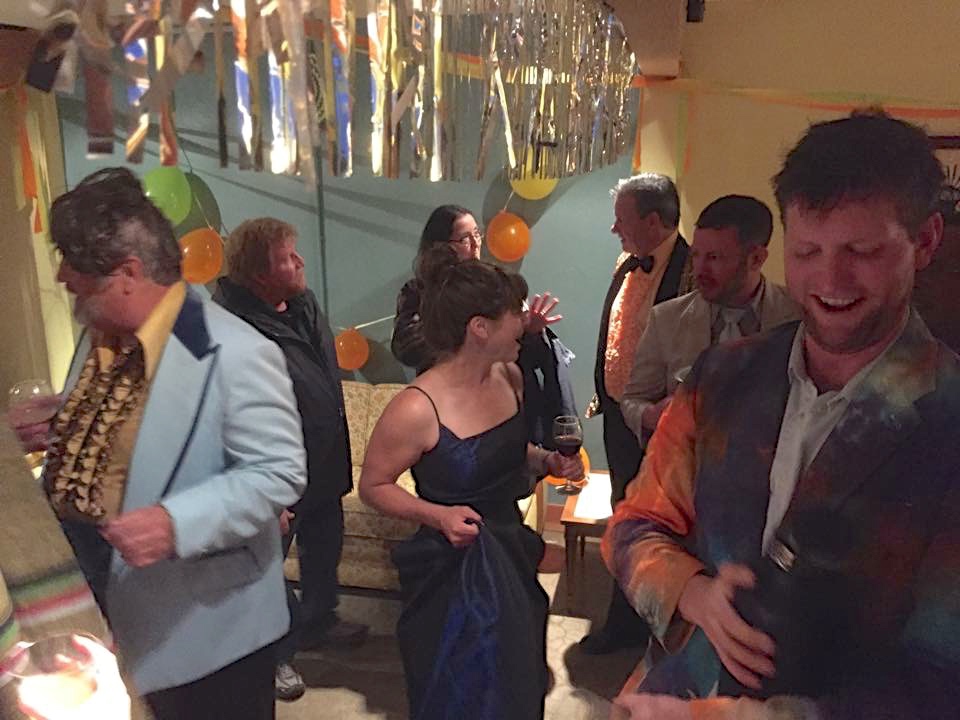


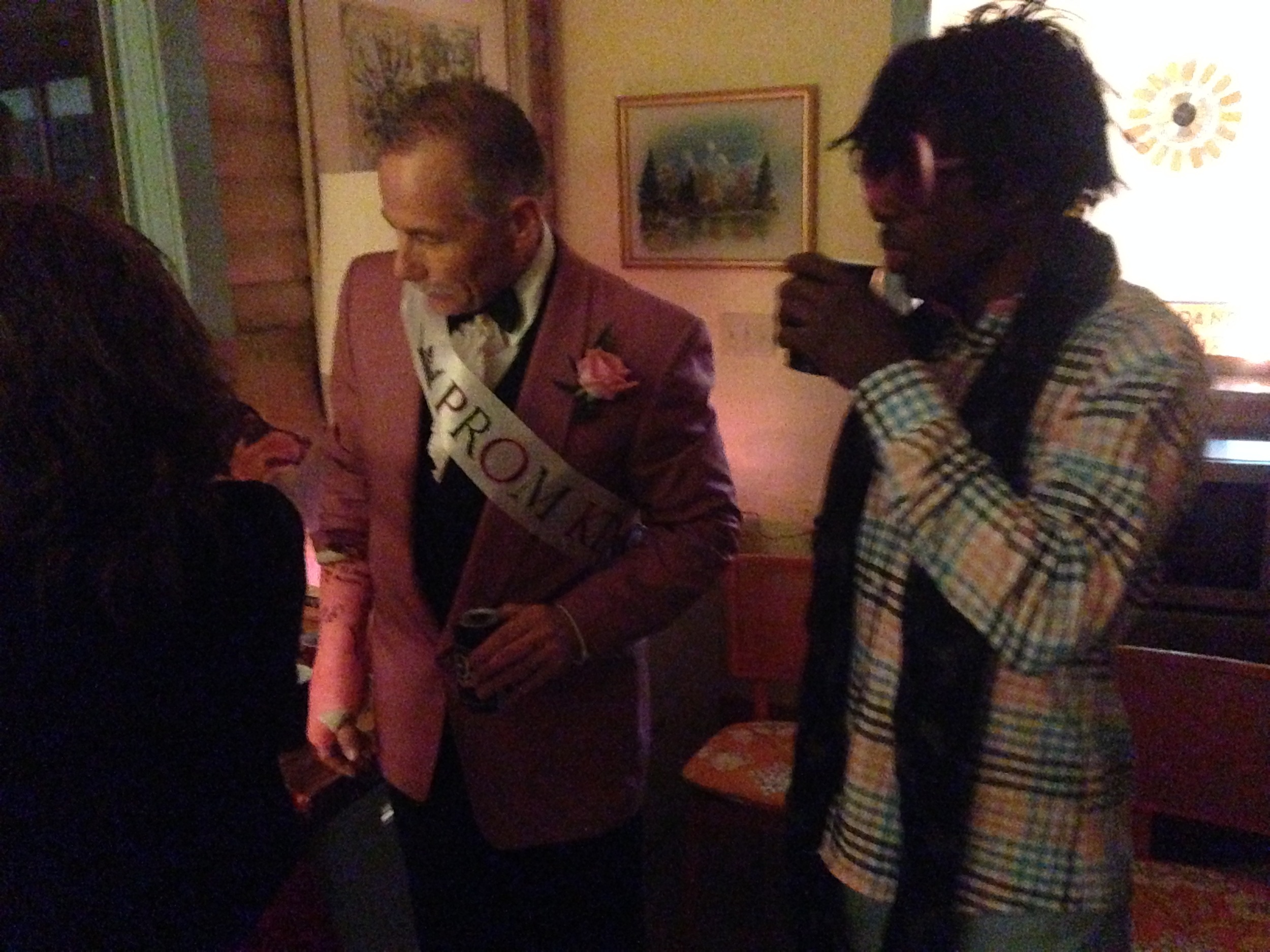

Prom Event: EXTRA INFO
VINTAGE PROM NIGHT (MAY 23rd) DETAILS:
Join us in your best vintage prom costume between 7 and 10pm in the Paradise Lounge in the Pinecrest Retreat Clubhouse. This is a wonderful way to start the season, mix with other Members and meet the owners and staff at Pinecrest.
Light refreshments will be served, please BYOB, music will be provided by a friend of Jill & Wilson. This is an event for Siteholders and there guests only.
PS: As this is the SUMMER OF MUSIC please consider bringing an instrument or singing a song (the piano is raring to go!).
Members Season Opening Event: Vintage Prom Night.
Joe Henry talks about the art and craft of making music with Krista Tippet
In life as in song, Joe Henry says "we're really called not to dispel mystery but to abide it, to engage it." He brings an inward wisdom to the art and craft of making music. Cherished by fans and fellow musicians alike, he’s produced a dozen albums of his own and for an array of artists, including Ani DiFranco, Elvis Costello, Bonnie Raitt, and Billy Bragg. And, he’s written songs together with Rosanne Cash and Madonna. With Joe Henry, we probe the mystery and adventure of discovering life through music.
See more (and listen to the interview) at www.onbeing.org/program/joe-henry…-songwriting/7313
Julian Listed as one of the TEN MOST BEAUTIFUL TOWNS in California!
When thinking of California, many visitors are familiar with cities such as San Francisco, Los Angeles, and San Diego. The Golden State is also home to many picturesque small towns and villages that will inspire every visitor. We've put together a list of some of the loveliest places to be found in California, from coastal charmers to mountain beauties.
Julian
Founded after the Civil War by those seeking fortunes, Julian is a historic mining-town nestled in the Cuyamaca Mountains among oak and pine forests in Southern California. Today, the town is known for its historic sites and apple orchards, which produce sweet varieties that are in turn created into mouthwatering pies, ciders, and other sweet delights. From specialty stores to art galleries to historical museums to outdoor adventures, it is a town with something for everyone. To learn more about the history of Julian, stop by the Julian Chamber of Commerce to pick up a History Hunt card, which will guide you to various places, including the Pioneer Cemetery and Julian Jail, where you can search for answers to questions all the while learning more about this charming town.
SEE THE WHOLE STORY HERE: http://theculturetrip.com/north-america/usa/california/articles/the-10-most-beautiful-towns-in-california/?utm_source=emails&utm_medium=external&utm_campaign=240215californiaother
(Photo: Boris Stroujko/Shutterstock)
7 important cultural concepts
ONE: Friluftsliv translates directly from Norwegian as "free air life," which doesn't quite do it justice. Coined relatively recently, in 1859, it is the concept that being outside is good for human beings' mind and spirit. "It is a term in Norway that is used often to describe a way of life that is spent exploring and appreciating nature," Anna Stoltenberg, culture coordinator for Sons of Norway, a U.S.-based Norwegian heritage group, told MNN. Other than that, it's not a strict definition: it can include sleeping outside, hiking, taking photographs or meditating, playing or dancing outside, for adults or kids. It doesn't require any special equipment, includes all four seasons, and needn't cost much money. Practicing friluftsliv could be as simple as making a commitment to walking in a natural area five days a week, or doing a day-long hike once a month.
TWO: Shinrin-yoku is a Japanese term that means "forest bathing" and unlike the Norwegian translation above, this one seems a perfect language fit (though a pretty similar idea). The idea being that spending time in the forest and natural areas is good preventative medicine, since it lowers stress, which causes or exacerbates some of our most intractable health issues. As MNN's Catie Leary details, this isn't just a nice idea — there's science behind it: "The "magic" behind forest bathing boils down to the naturally produced allelochemic substances known as phytoncides, which are kind of like pheromones for plants. Their job is to help ward off pesky insects and slow the growth of fungi and bacteria. When humans are exposed to phytoncides, these chemicals are scientifically proven to lower blood pressure, relieve stress and boost the growth of cancer-fighting white blood cells. Some common examples of plants that give off phytoncides include garlic, onion, pine, tea tree and oak, which makes sense considering their potent aromas."
THREE: Hygge is the idea that helps Denmark regularly rate as one of the happiest countries in the world — Danes have regularly been some of the most joyful in the world for over 40 years that the U.S. has been studying them — despite long, dark winters. Loosely translated at "togetherness," and "coziness," though it's not a physical state, it's a mental one. According to VisitDenmark (the country's official tourism site): "The warm glow of candlelight is hygge. Friends and family — that’s hygge too. And let’s not forget the eating and drinking — preferably sitting around the table for hours on end discussing the big and small things in life." Hygge's high season is winter, and Christmas lights, candles galore, and other manifestations of warmth and light, including warm alcoholic beverages, are key to the concept.
Still a little confused and wondering how you could cultivate hygge in your life? This Danish NPR commenter sums up some specifics: "Hygge is a deep sense of cosy that can originate from many different sources. Here is a good example from my life : a cloudy winter Sunday morning at the country house, fire in the stove and 20 candles lit to dispel the gloom. My husband, puppy and I curled up on our sheepskins wearing felt slippers, warm snuggly clothes and hands clasped around hot mugs of tea. A full day ahead with long walks on the cold beach, back for pancake lunch, reading, more snuggling, etc. This is a very hyggligt day." Now that sounds do-able, doesn't it?
FOUR: Wabi-sabi is the Japanese idea of embracing the imperfect, of celebrating the worn, the cracked, the patinaed, both as a decorative concept and a spiritual one — it's an acceptance of the toll that life takes on us all. As I wrote about it earlier this year, "If we can learn to love the things that already exist, for all their chips and cracks, their patinas, their crooked lines or tactile evidence of being made by someone's hands instead of a machine, from being made from natural materials that vary rather than perfect plastic, we wouldn't need to make new stuff, reducing our consumption (and its concurrent energy use and inevitable waste), cutting our budgets, and saving some great stories for future generations." We might also be less stressed, and more attentive to the details, which are the keys to mindfulness.
FIVE: Kaizen is another Japanese concept, one that means "continuous improvement," and could be taken to mean the opposite of wabi-sabi (though as you'll see, it depends on the interpretation). It's a very new idea, only coined in 1986, and generally used in business circumstances. As this tutorial details, "Kaizen is a system that involves every employee, from upper management to the cleaning crew. Everyone is encouraged to come up with small improvement suggestions on a regular basis. This is not a once a month or once a year activity. It is continuous. Japanese companies, such as Toyota and Canon, a total of 60 to 70 suggestions per employee per year are written down, shared and implemented." These are regular, small improvements, not major changes. Applied to your own life, it could mean daily or weekly check-ins about goals, as opposed to making New Year's resolutions, or a more organized path based on small changes toward weight loss, a personal project or a hobby.
SIX: Gemütlichkeit is a German word that means almost the same thing as hygge, and also has its peak usage during the winter. In fact, some linguists posit that the word (and concept) of hygge likely came from the German idea. Blogger Constanze's entry on the German Language Blog for "Untranslatable German Words" describes how the word means more than just cozy: "A soft chair in a coffee shop might be considered ‘cosy’. But sit in that chair surrounded by close friends and a hot cup of tea, while soft music plays in the background, and that sort of scene is what you’d call gemütlich."
SEVEN: Jugaad is a Hindi word that means "an innovative fix" or a "repair derived from ingenuity," — think a jury-rigged sled for snowy fun, or a bicycle chain repaired with some duct tape. It's a frequently used word in India where frugal fixes are revered. But the idea has further merit beyond figuring out solutions to get by with less. It also encapsulates the spirit of doing something innovative. As the authors of Jugaad Innovation write in Forbes, they see jugaad in many other places than the repair shop: "In Kenya, for instance, entrepreneurs have invented a device that enables bicycle riders to charge their cellphones while pedaling. In the Philippines, Illac Diaz has deployed A Litre of Light — a recycled plastic bottle containing bleach-processed water that refracts sunlight, producing the equivalent of a 55-watt light bulb — in thousands of makeshift houses in off-the-grid shantytowns. And in Lima, Peru (with high humidity and only 1 inch of rain per year), an engineering college has designed advertising billboards that can convert humid air into potable water."
Jugaad's idea of frugal innovation can definitely be applied in the individual life — what about setting aside a half a day twice a year where everyone in your family fixes something that needs repair? You'll save money, spend time together, test problem-solving skills, and get a sense of accomplishment from repairing instead of buying new.
Finding Friluftsliv!
Ever Wonder About the Pinecrest Seal?
"DIE UFT DER FREIHEIT WEHT" reads the text inside the PCR seal. It's German. But whaty does it mean? Well, a rough translation is "FREEDOM IS ALOFT IN THE WIND". Which is nice, but still needs some explaining, perhaps. To get a better perspective on what these words mean in their original context, let's take a look at another word from Norway that eludes to the same spriit: Frilutsliv. Friluftsliv translates directly from Norwegian as "free air life," which doesn't quite do it justice. Coined relatively recently, in 1859, it is the concept that being outside is good for human beings' mind and spirit. "It is a term in Norway that is used often to describe a way of life that is spent exploring and appreciating nature," Anna Stoltenberg, culture coordinator for Sons of Norway, a U.S.-based Norwegian heritage group, told MNN. Other than that, it's not a strict definition: it can include sleeping outside, hiking, taking photographs or meditating, playing or dancing outside, for adults or kids. It doesn't require any special equipment, includes all four seasons, and needn't cost much money. Practicing friluftsliv could be as simple as making a commitment to walking in a natural area five days a week, or doing a day-long hike once a month.
SUMMER OF MUSIC
The world is getting complicated. So we all do what we can to make Peace in our own ways. a little bit here and a little bit there. We think building community is a good way to help build peace... and one of the best ways to build community is through music.
That's why we are working on a summer at Pinecrest that is sprinkled with music and song. We're letting you know now so that you can break out your old guitar or fiddle or harmonica or whatever, and dust it off. Play it! Then bring it to Pinecrest for the summer. We will be working on a few tunes too! And will also be inviting some special friends and guests to come an lift the mood with song. Be there in 2015, the Summer of Music!
Pinecrest on BoredPanda.com
Pinecrest gets featured on online magazine BoredPanda.
30 Things To Start Doing For Yourself.
#1. Start spending time with the right people. – These are the people you enjoy, who love and appreciate you, and who encourage you to improve in healthy and exciting ways. They are the ones who make you feel more alive, and not only embrace who you are now, but also embrace and embody who you want to be, unconditionally.
#2. Start facing your problems head on. – It isn’t your problems that define you, but how you react to them and recover from them. Problems will not disappear unless you take action. Do what you can, when you can, and acknowledge what you’ve done. It’s all about taking baby steps in the right direction, inch by inch. These inches count, they add up to yards and miles in the long run.
#3. Start being honest with yourself about everything. – Be honest about what’s right, as well as what needs to be changed. Be honest about what you want to achieve and who you want to become. Be honest with every aspect of your life, always. Because you are the one person you can forever count on. Search your soul, for the truth, so that you truly know who you are. Once you do, you’ll have a better understanding of where you are now and how you got here, and you’ll be better equipped to identify where you want to go and how to get there. Read The Road Less Traveled.
#4. Start making your own happiness a priority. – Your needs matter. If you don’t value yourself, look out for yourself, and stick up for yourself, you’re sabotaging yourself. Remember, it IS possible to take care of your own needs while simultaneously caring for those around you. And once your needs are met, you will likely be far more capable of helping those who need you most.
#5. Start being yourself, genuinely and proudly. – Trying to be anyone else is a waste of the person you are. Be yourself. Embrace that individual inside you that has ideas, strengths and beauty like no one else. Be the person you know yourself to be – the best version of you – on your terms. Above all, be true to YOU, and if you cannot put your heart in it, take yourself out of it.
#6. Start noticing and living in the present. – Right now is a miracle. Right now is the only moment guaranteed to you. Right now is life. So stop thinking about how great things will be in the future. Stop dwelling on what did or didn’t happen in the past. Learn to be in the ‘here and now’ and experience life as it’s happening. Appreciate the world for the beauty that it holds, right now.
#7. Start valuing the lessons your mistakes teach you. – Mistakes are okay; they’re the stepping stones of progress. If you’re not failing from time to time, you’re not trying hard enough and you’re not learning. Take risks, stumble, fall, and then get up and try again. Appreciate that you are pushing yourself, learning, growing and improving. Significant achievements are almost invariably realized at the end of a long road of failures. One of the ‘mistakes’ you fear might just be the link to your greatest achievement yet.
#8. Start being more polite to yourself. – If you had a friend who spoke to you in the same way that you sometimes speak to yourself, how long would you allow that person to be your friend? The way you treat yourself sets the standard for others. You must love who you are or no one else will.
#9. Start enjoying the things you already have. – The problem with many of us is that we think we’ll be happy when we reach a certain level in life – a level we see others operating at – your boss with her corner office, that friend of a friend who owns a mansion on the beach, etc. Unfortunately, it takes awhile before you get there, and when you get there you’ll likely have a new destination in mind. You’ll end up spending your whole life working toward something new without ever stopping to enjoy the things you have now. So take a quiet moment every morning when you first awake to appreciate where you are and what you already have.
#10. Start creating your own happiness. – If you are waiting for someone else to make you happy, you’re missing out. Smile because you can. Choose happiness. Be the change you want to see in the world. Be happy with who you are now, and let your positivity inspire your journey into tomorrow. Happiness is often found when and where you decide to seek it. If you look for happiness within the opportunities you have, you will eventually find it. But if you constantly look for something else, unfortunately, you’ll find that too. Read Stumbling on Happiness.
#11. Start giving your ideas and dreams a chance. – In life, it’s rarely about getting a chance; it’s about taking a chance. You’ll never be 100% sure it will work, but you can always be 100% sure doing nothing won’t work. Most of the time you just have to go for it! And no matter how it turns out, it always ends up just the way it should be. Either you succeed or you learn something. Win-Win.
#12. Start believing that you’re ready for the next step. – You are ready! Think about it. You have everything you need right now to take the next small, realistic step forward. So embrace the opportunities that come your way, and accept the challenges – they’re gifts that will help you to grow.
#13. Start entering new relationships for the right reasons. – Enter new relationships with dependable, honest people who reflect the person you are and the person you want to be. Choose friends you are proud to know, people you admire, who show you love and respect – people who reciprocate your kindness and commitment. And pay attention to what people do, because a person’s actions are much more important than their words or how others represent them.
#14. Start giving new people you meet a chance. – It sounds harsh, but you cannot keep every friend you’ve ever made. People and priorities change. As some relationships fade others will grow. Appreciate the possibility of new relationships as you naturally let go of old ones that no longer work. Trust your judgment. Embrace new relationships, knowing that you are entering into unfamiliar territory. Be ready to learn, be ready for a challenge, and be ready to meet someone that might just change your life forever.
#15. Start competing against an earlier version of yourself. – Be inspired by others, appreciate others, learn from others, but know that competing against them is a waste of time. You are in competition with one person and one person only – yourself. You are competing to be the best you can be. Aim to break your own personal records.
#16. Start cheering for other people’s victories. – Start noticing what you like about others and tell them. Having an appreciation for how amazing the people around you are leads to good places – productive, fulfilling, peaceful places. So be happy for those who are making progress. Cheer for their victories. Be thankful for their blessings, openly. What goes around comes around, and sooner or later the people you’re cheering for will start cheering for you.
#17. Start looking for the silver lining in tough situations. – When things are hard, and you feel down, take a few deep breaths and look for the silver lining – the small glimmers of hope. Remind yourself that you can and will grow stronger from these hard times. And remain conscious of your blessings and victories – all the things in your life that are right. Focus on what you have, not on what you haven’t.
#18. Start forgiving yourself and others. – We’ve all been hurt by our own decisions and by others. And while the pain of these experiences is normal, sometimes it lingers for too long. We relive the pain over and over and have a hard time letting go. Forgiveness is the remedy. It doesn’t mean you’re erasing the past, or forgetting what happened. It means you’re letting go of the resentment and pain, and instead choosing to learn from the incident and move on with your life.
#19. Start helping those around you. – Care about people. Guide them if you know a better way. The more you help others, the more they will want to help you. Love and kindness begets love and kindness. And so on and so forth.
#20. Start listening to your own inner voice. – If it helps, discuss your ideas with those closest to you, but give yourself enough room to follow your own intuition. Be true to yourself. Say what you need to say. Do what you know in your heart is right.
#21. Start being attentive to your stress level and take short breaks. – Slow down. Breathe. Give yourself permission to pause, regroup and move forward with clarity and purpose. When you’re at your busiest, a brief recess can rejuvenate your mind and increase your productivity. These short breaks will help you regain your sanity and reflect on your recent actions so you can be sure they’re in line with your goals.
#22. Start noticing the beauty of small moments. – Instead of waiting for the big things to happen – marriage, kids, big promotion, winning the lottery – find happiness in the small things that happen every day. Little things like having a quiet cup of coffee in the early morning, or the delicious taste and smell of a homemade meal, or the pleasure of sharing something you enjoy with someone else, or holding hands with your partner. Noticing these small pleasures on a daily basis makes a big difference in the quality of your life.
#23. Start accepting things when they are less than perfect. – Remember, ‘perfect’ is the enemy of ‘good.’ One of the biggest challenges for people who want to improve themselves and improve the world is learning to accept things as they are. Sometimes it’s better to accept and appreciate the world as it is, and people as they are, rather than to trying to make everything and everyone conform to an impossible ideal. No, you shouldn’t accept a life of mediocrity, but learn to love and value things when they are less than perfect.
#24. Start working toward your goals every single day. – Remember, the journey of a thousand miles begins with one step. Whatever it is you dream about, start taking small, logical steps every day to make it happen. Get out there and DO something! The harder you work the luckier you will become. While many of us decide at some point during the course of our lives that we want to answer our calling, only an astute few of us actually work on it. By ‘working on it,’ I mean consistently devoting oneself to the end result. Read The 7 Habits of Highly Effective People.
#25. Start being more open about how you feel. – If you’re hurting, give yourself the necessary space and time to hurt, but be open about it. Talk to those closest to you. Tell them the truth about how you feel. Let them listen. The simple act of getting things off your chest and into the open is your first step toward feeling good again.
#26. Start taking full accountability for your own life. – Own your choices and mistakes, and be willing to take the necessary steps to improve upon them. Either you take accountability for your life or someone else will. And when they do, you’ll become a slave to their ideas and dreams instead of a pioneer of your own. You are the only one who can directly control the outcome of your life. And no, it won’t always be easy. Every person has a stack of obstacles in front of them. But you must take accountability for your situation and overcome these obstacles. Choosing not to is choosing a lifetime of mere existence.
#27. Start actively nurturing your most important relationships. – Bring real, honest joy into your life and the lives of those you love by simply telling them how much they mean to you on a regular basis. You can’t be everything to everyone, but you can be everything to a few people. Decide who these people are in your life and treat them like royalty. Remember, you don’t need a certain number of friends, just a number of friends you can be certain of.
#28. Start concentrating on the things you can control. – You can’t change everything, but you can always change something. Wasting your time, talent and emotional energy on things that are beyond your control is a recipe for frustration, misery and stagnation. Invest your energy in the things you can control, and act on them now.
#29. Start focusing on the possibility of positive outcomes. – The mind must believe it CAN do something before it is capable of actually doing it. The way to overcome negative thoughts and destructive emotions is to develop opposing, positive emotions that are stronger and more powerful. Listen to your self-talk and replace negative thoughts with positive ones. Regardless of how a situation seems, focus on what you DO WANT to happen, and then take the next positive step forward. No, you can’t control everything that happens to you, but you can control how you react to things. Everyone’s life has positive and negative aspects – whether or not you’re happy and successful in the long run depends greatly on which aspects you focus on. Read The How of Happiness.
#30. Start noticing how wealthy you are right now. – Henry David Thoreau once said, “Wealth is the ability to fully experience life.” Even when times are tough, it’s always important to keep things in perspective. You didn’t go to sleep hungry last night. You didn’t go to sleep outside. You had a choice of what clothes to wear this morning. You hardly broke a sweat today. You didn’t spend a minute in fear. You have access to clean drinking water. You have access to medical care. You have access to the Internet. You can read. Some might say you are incredibly wealthy, so remember to be grateful for all the things you do have.
This is such a wonderful list. If we take little steps every day and practice these things, we can make great improvements in our lives. Share this post with your friends and loved ones.
Credits:














